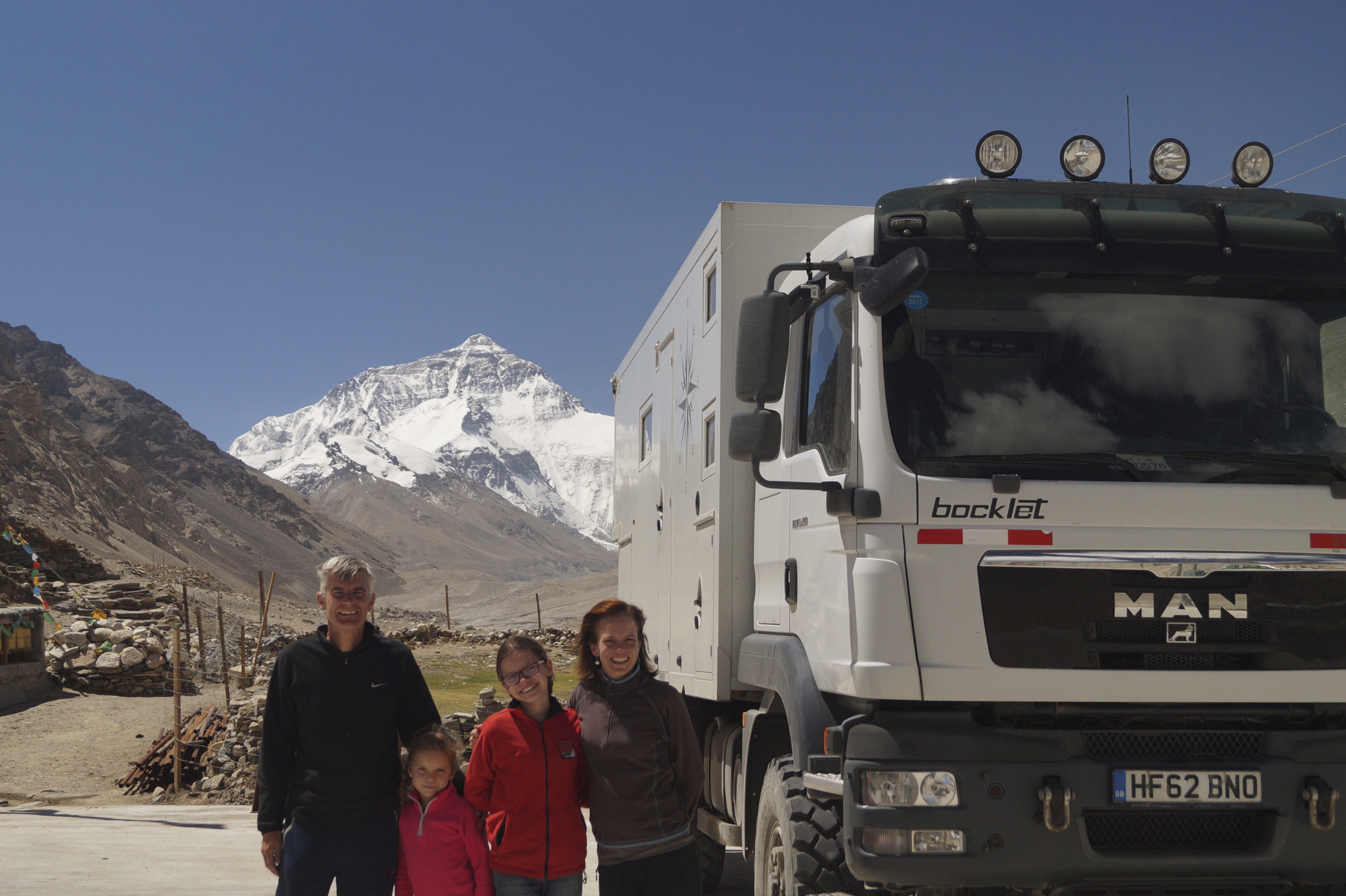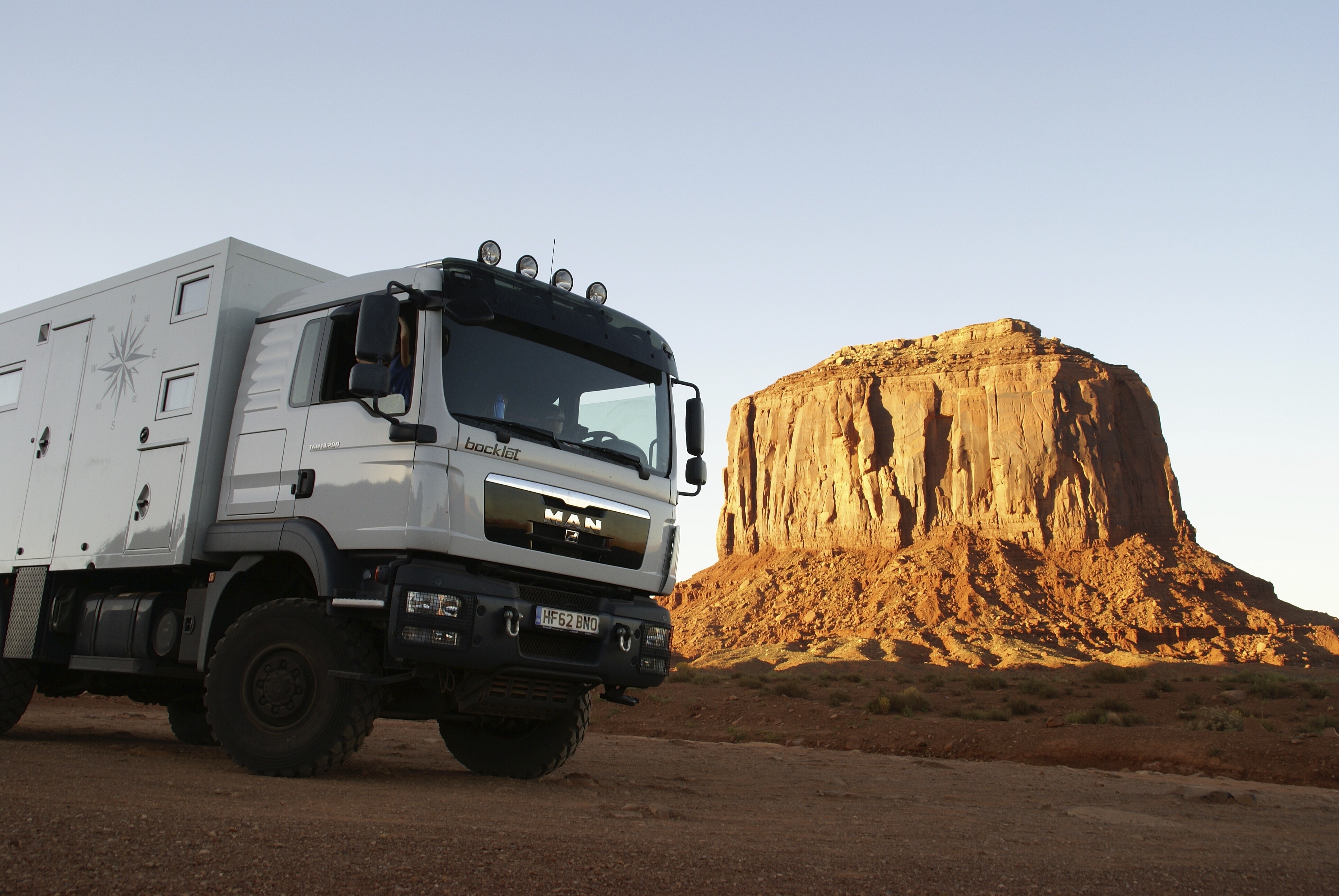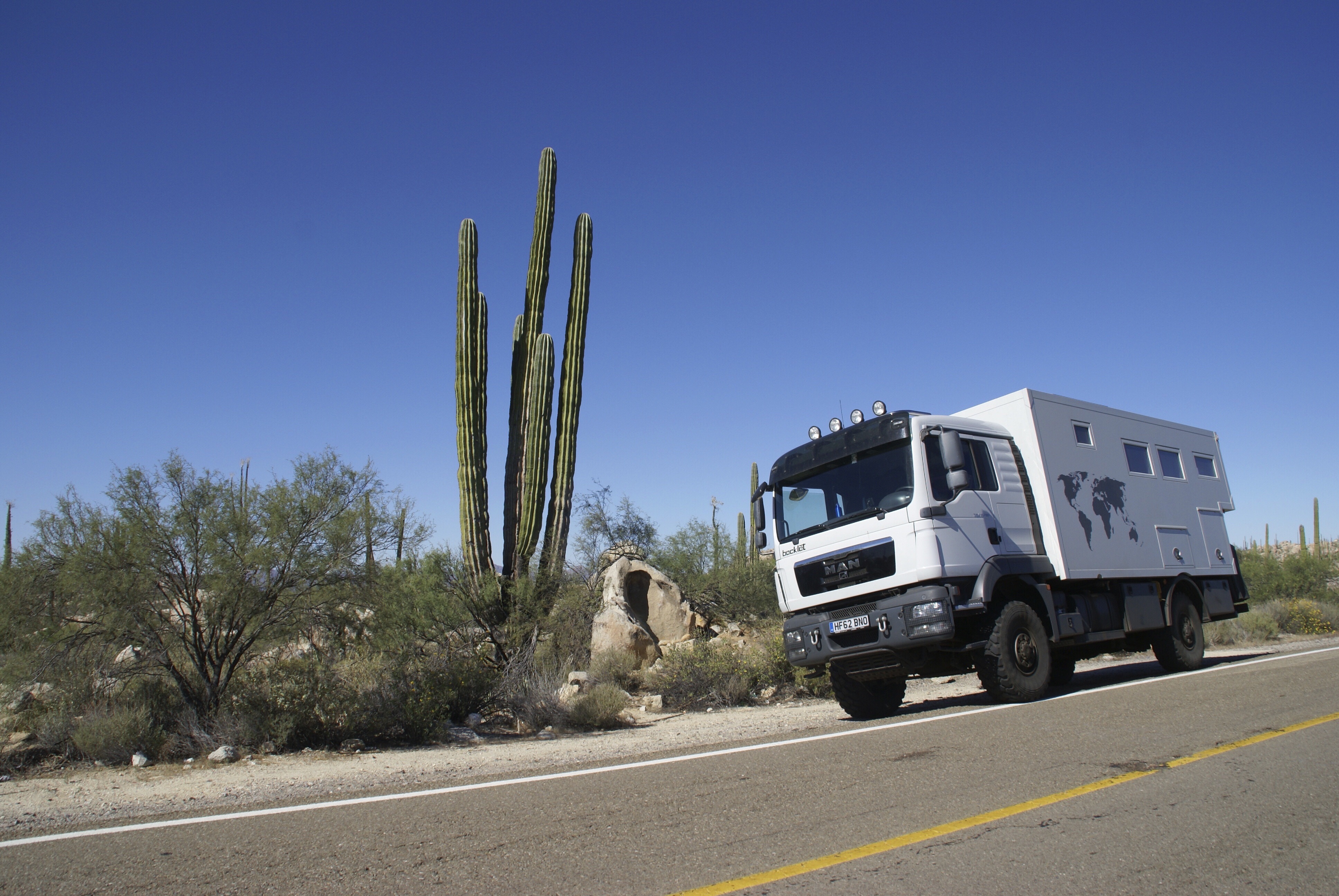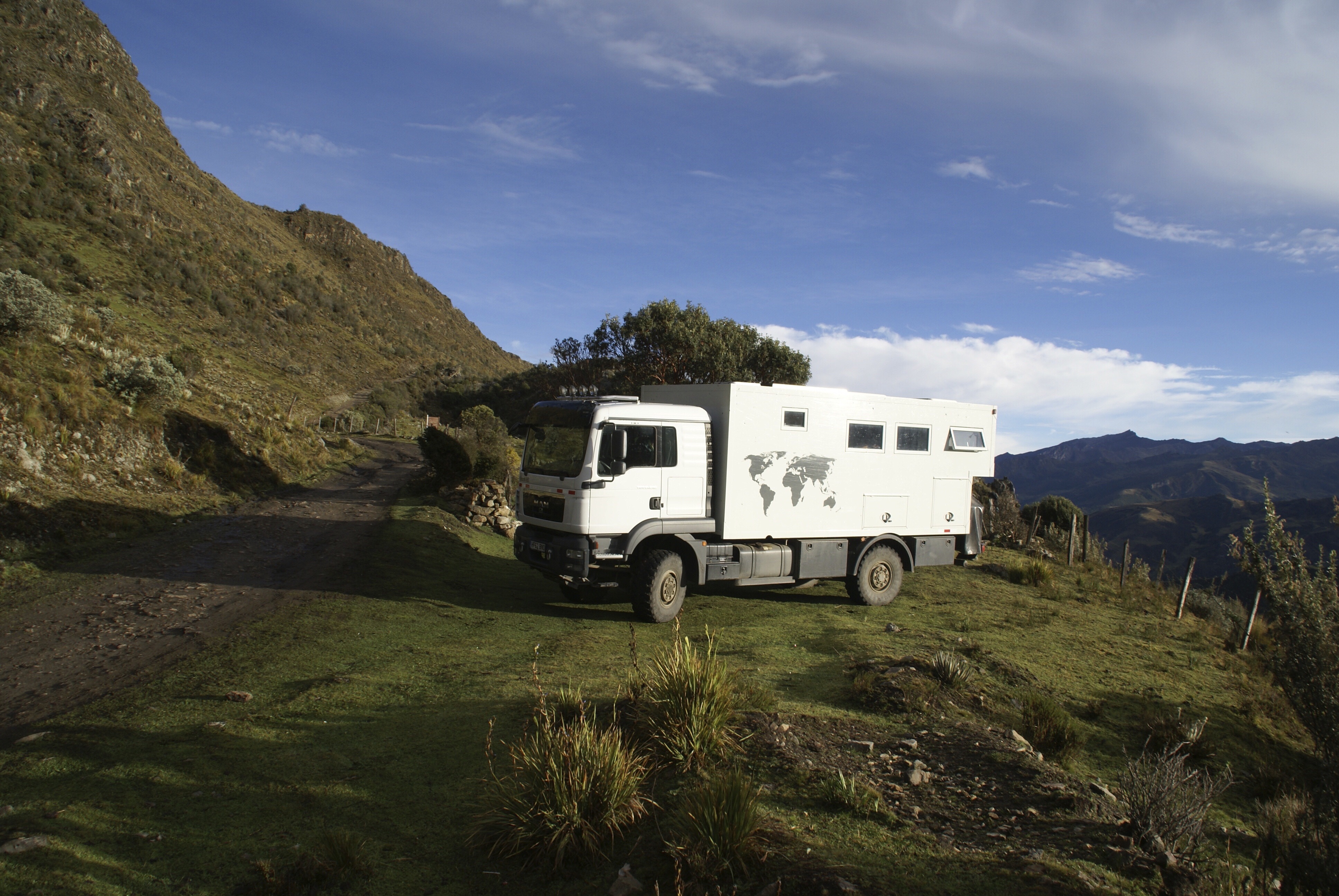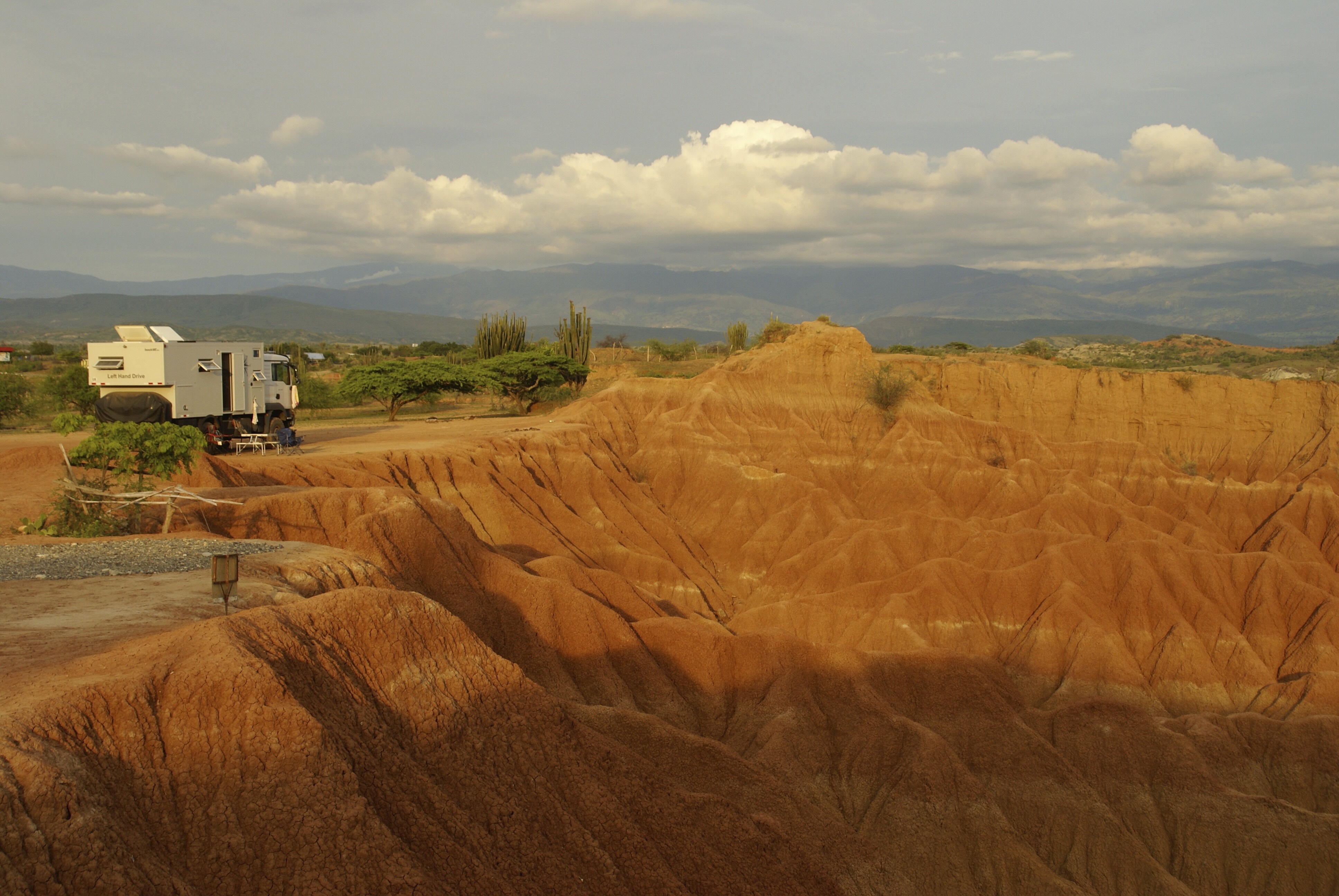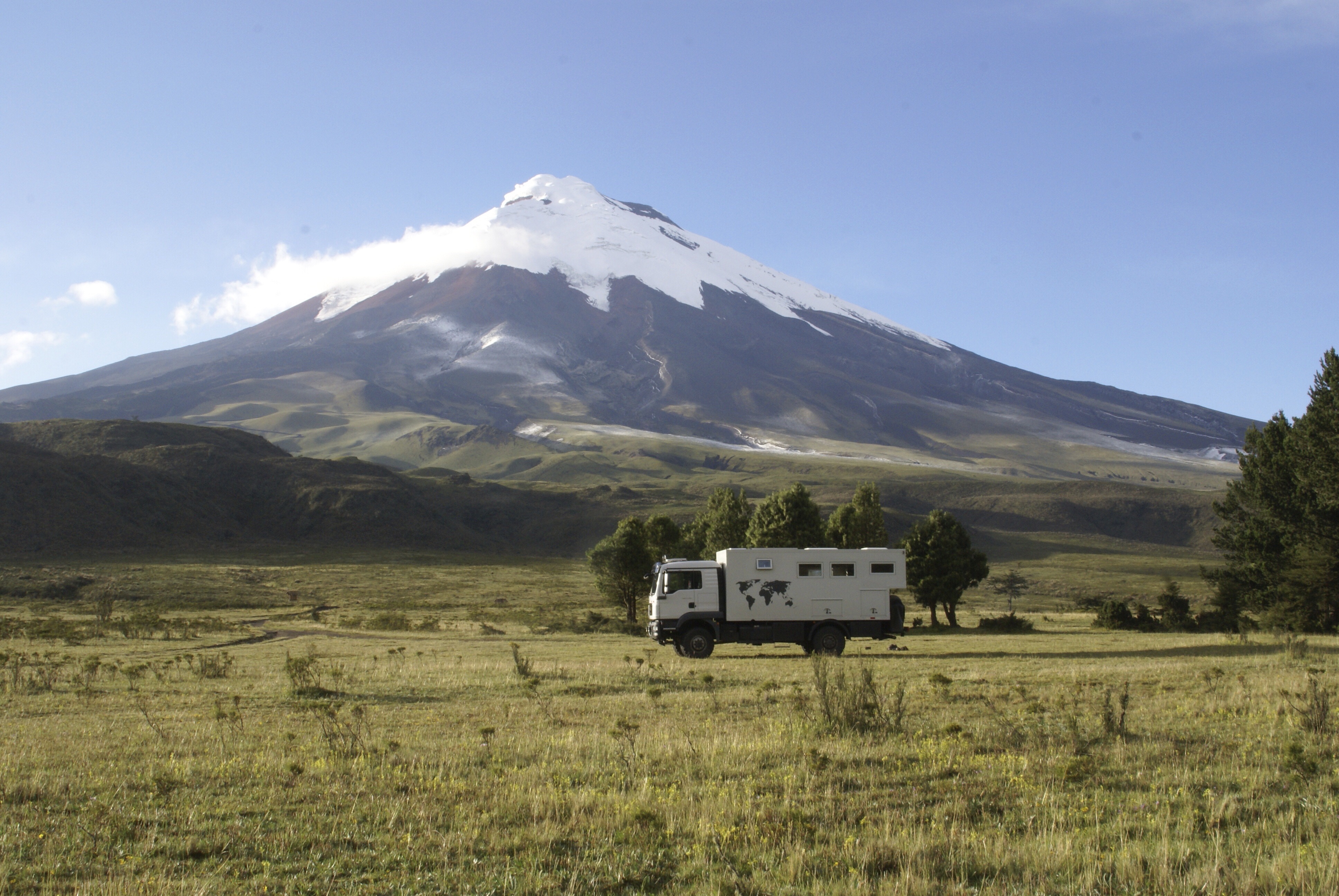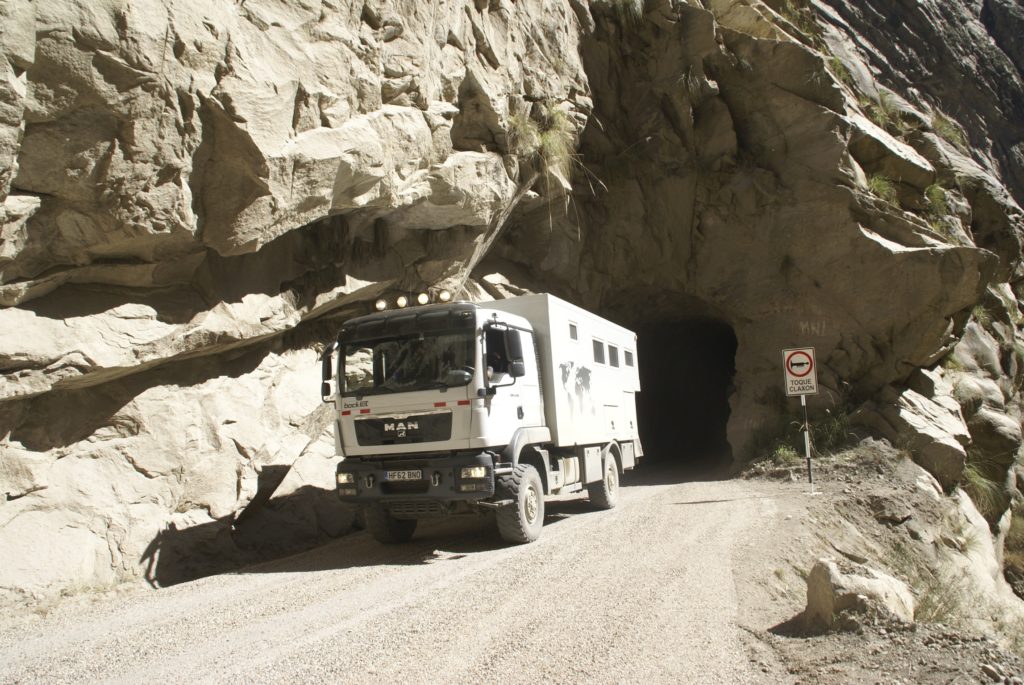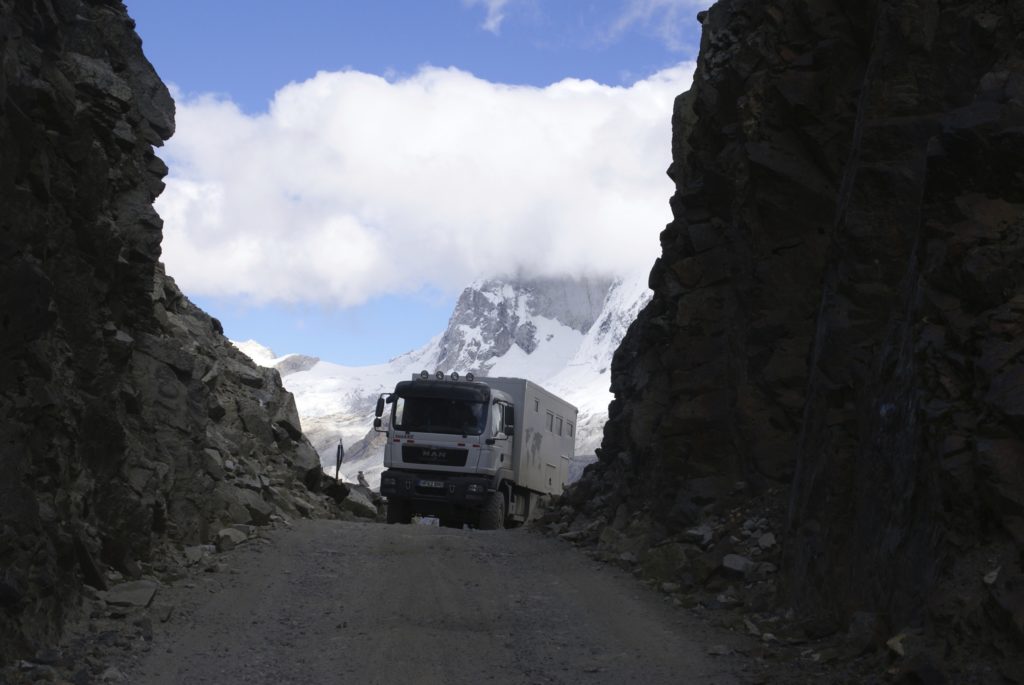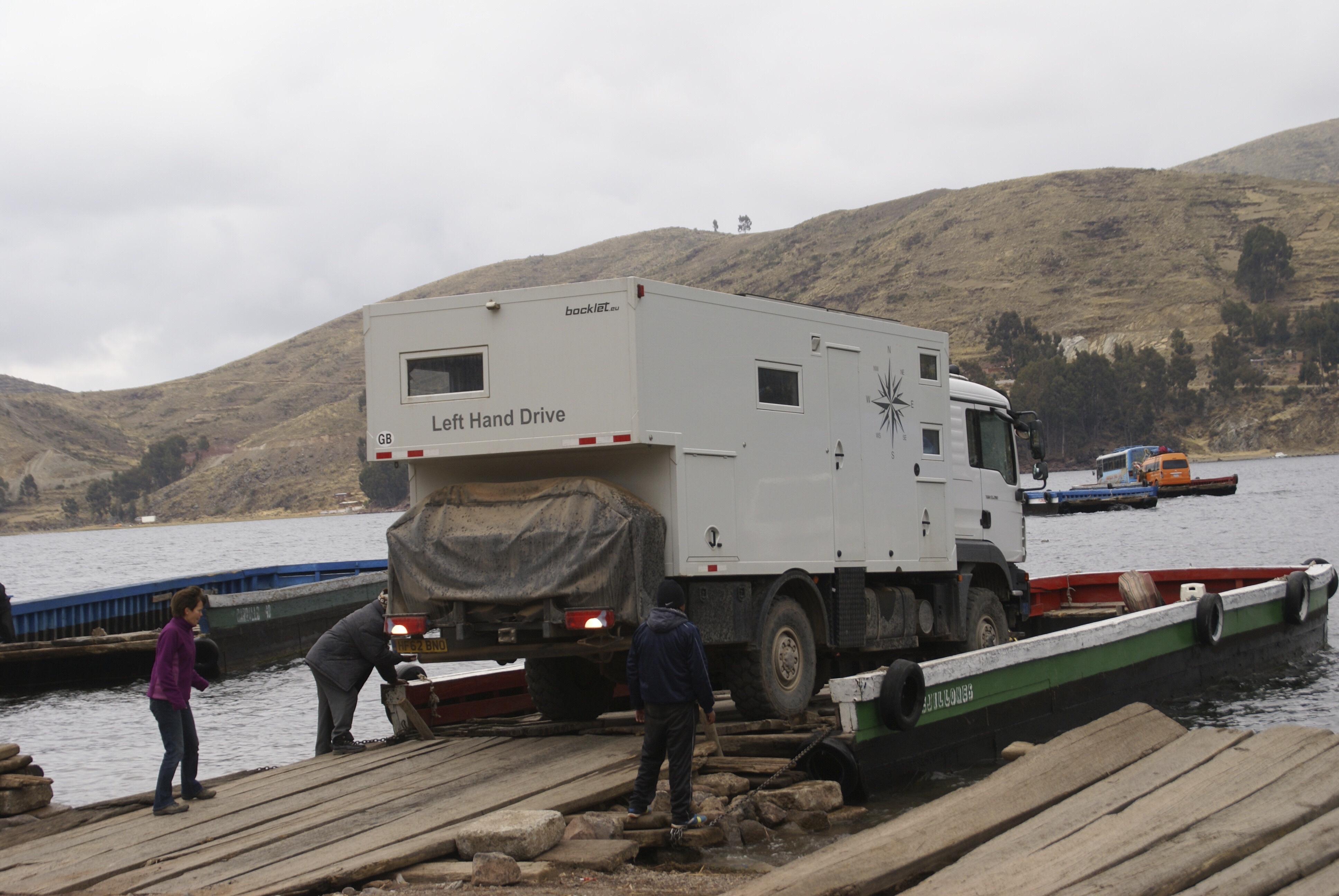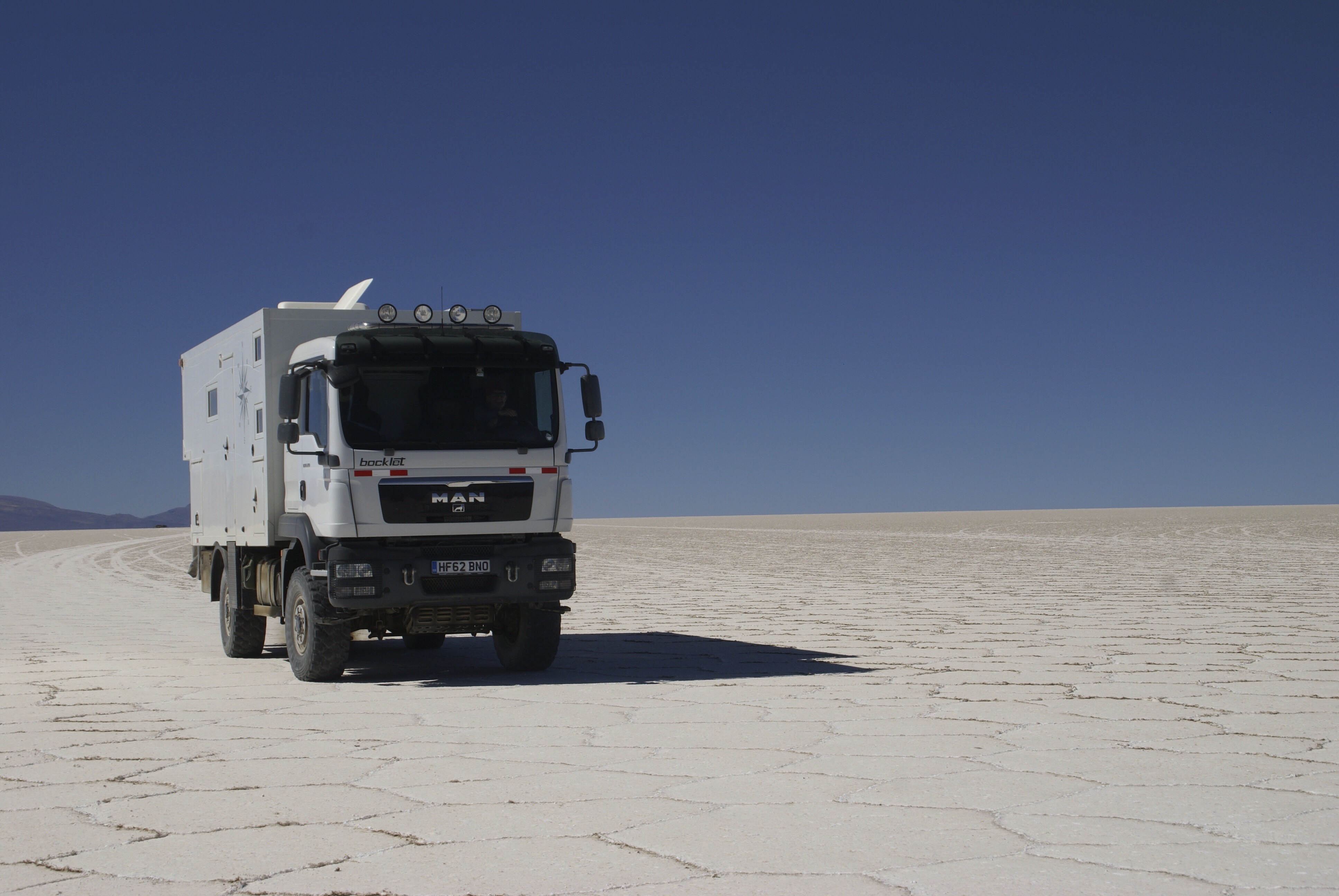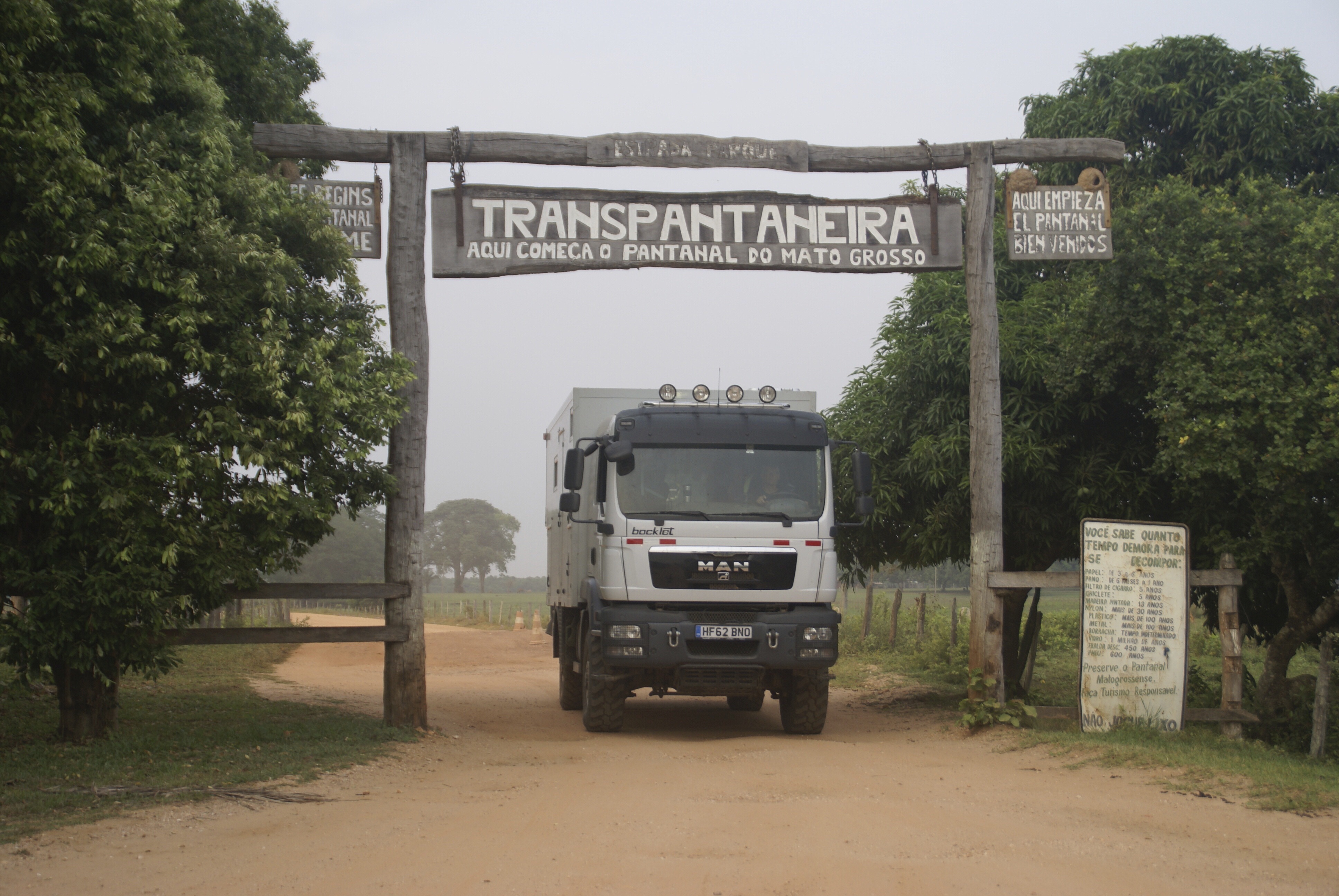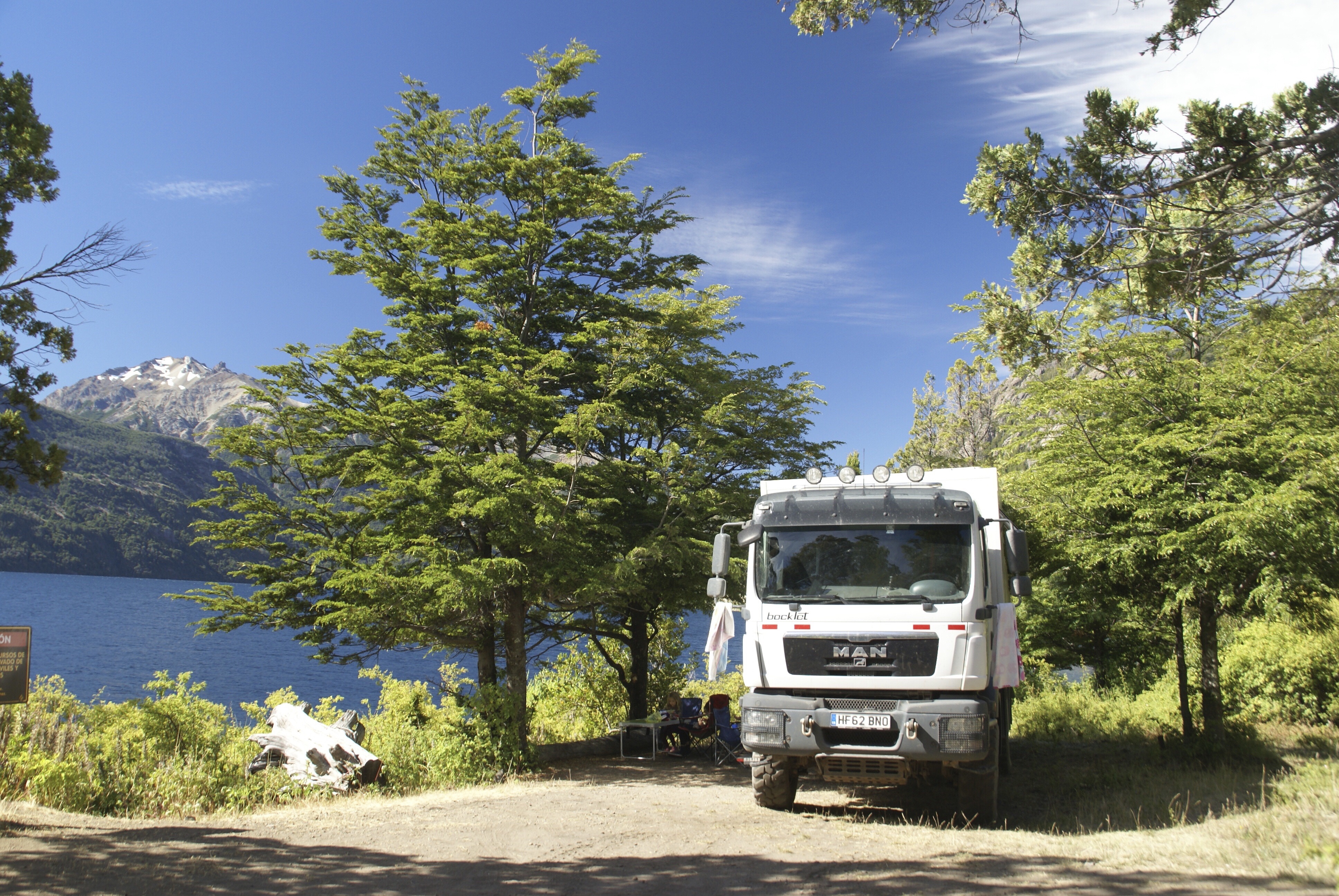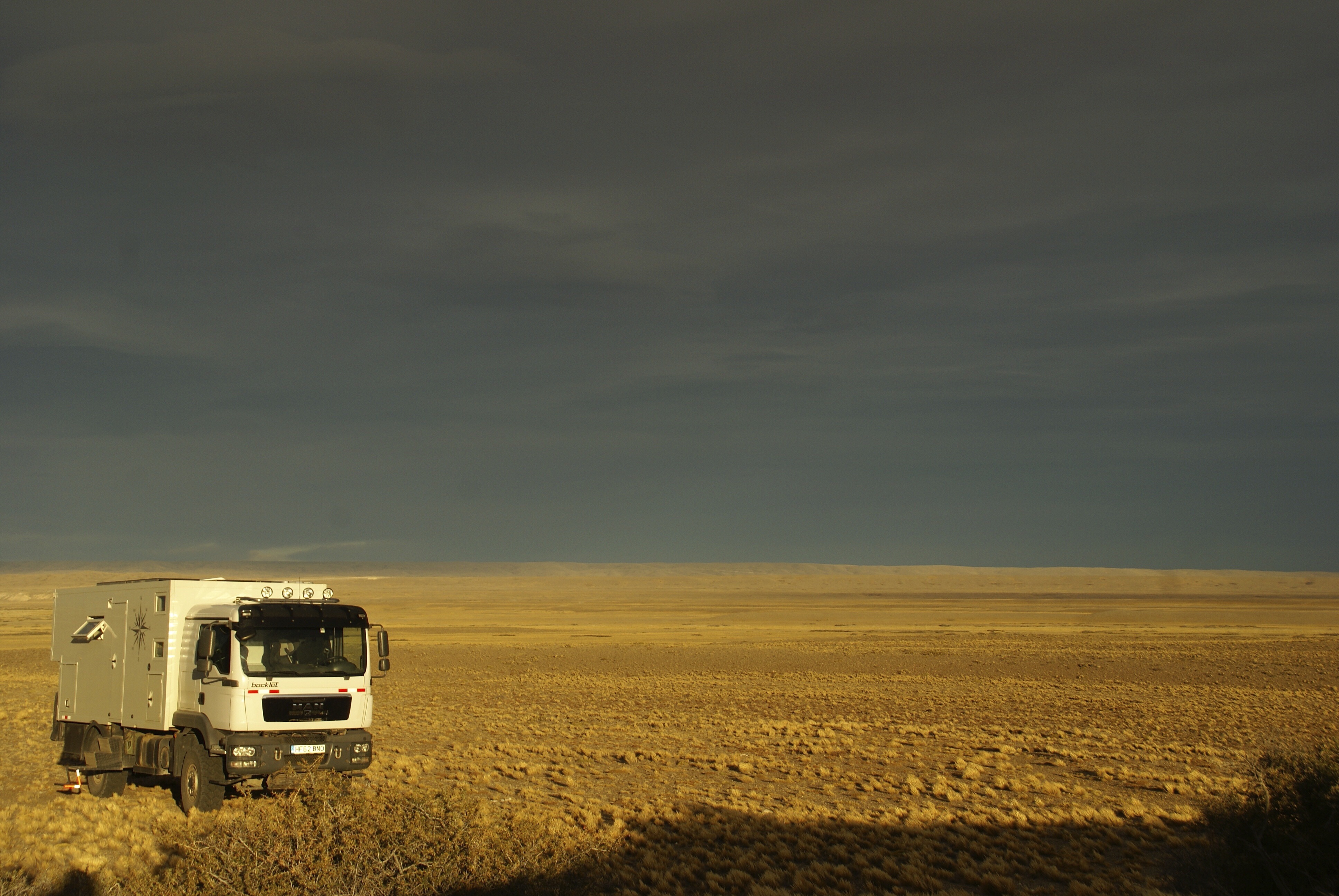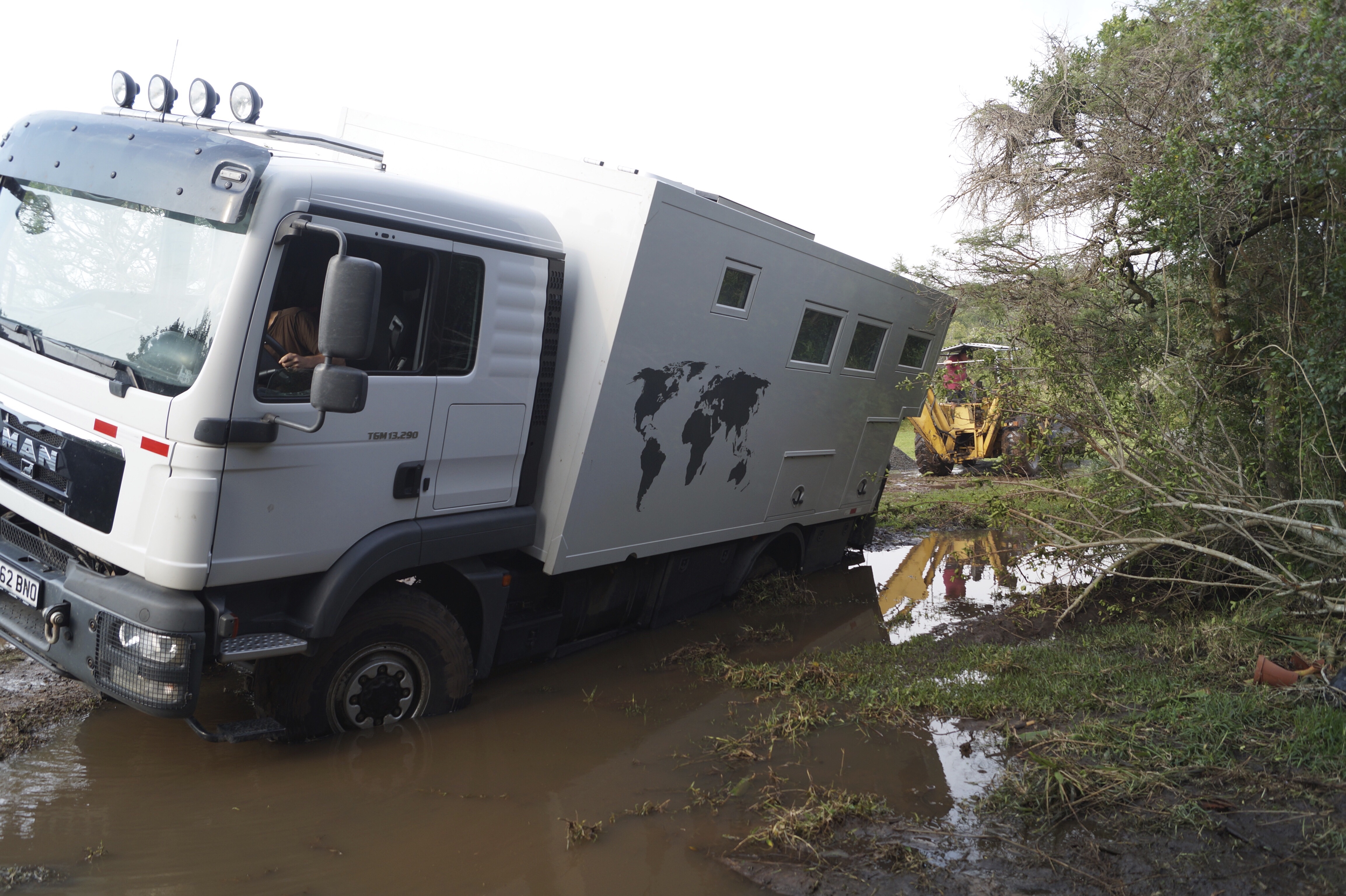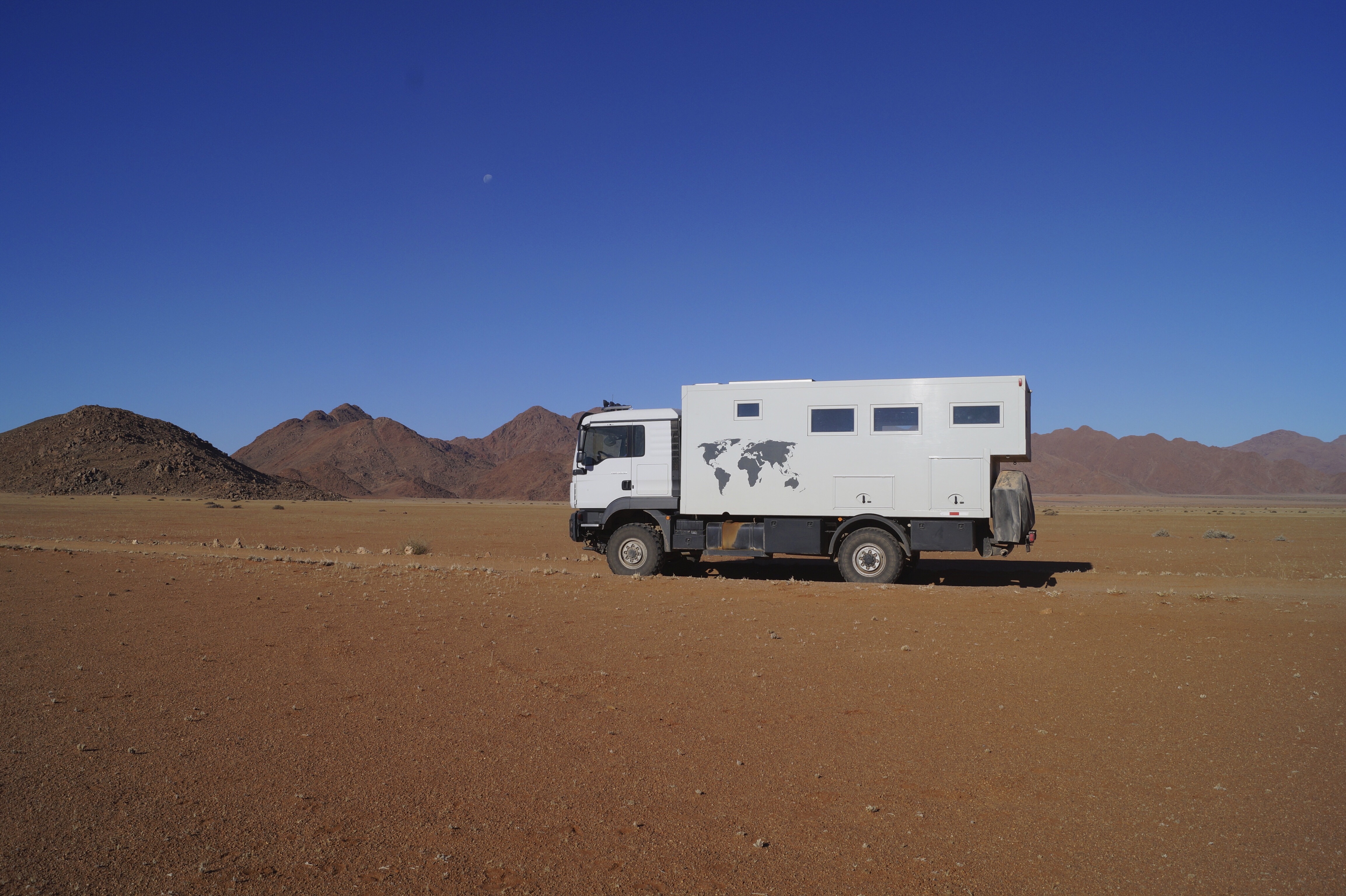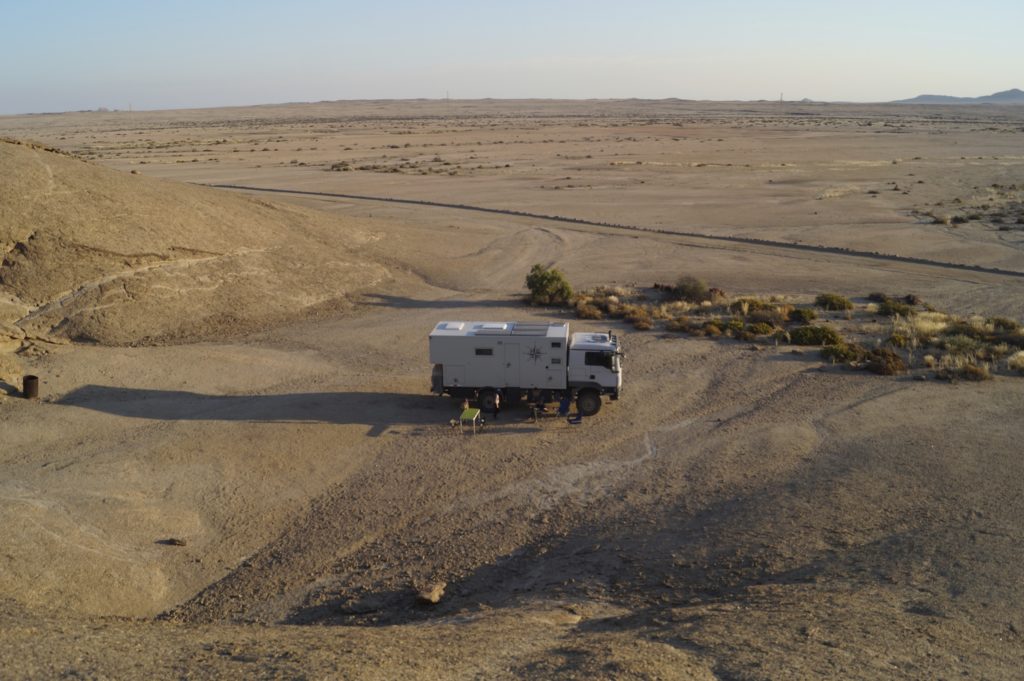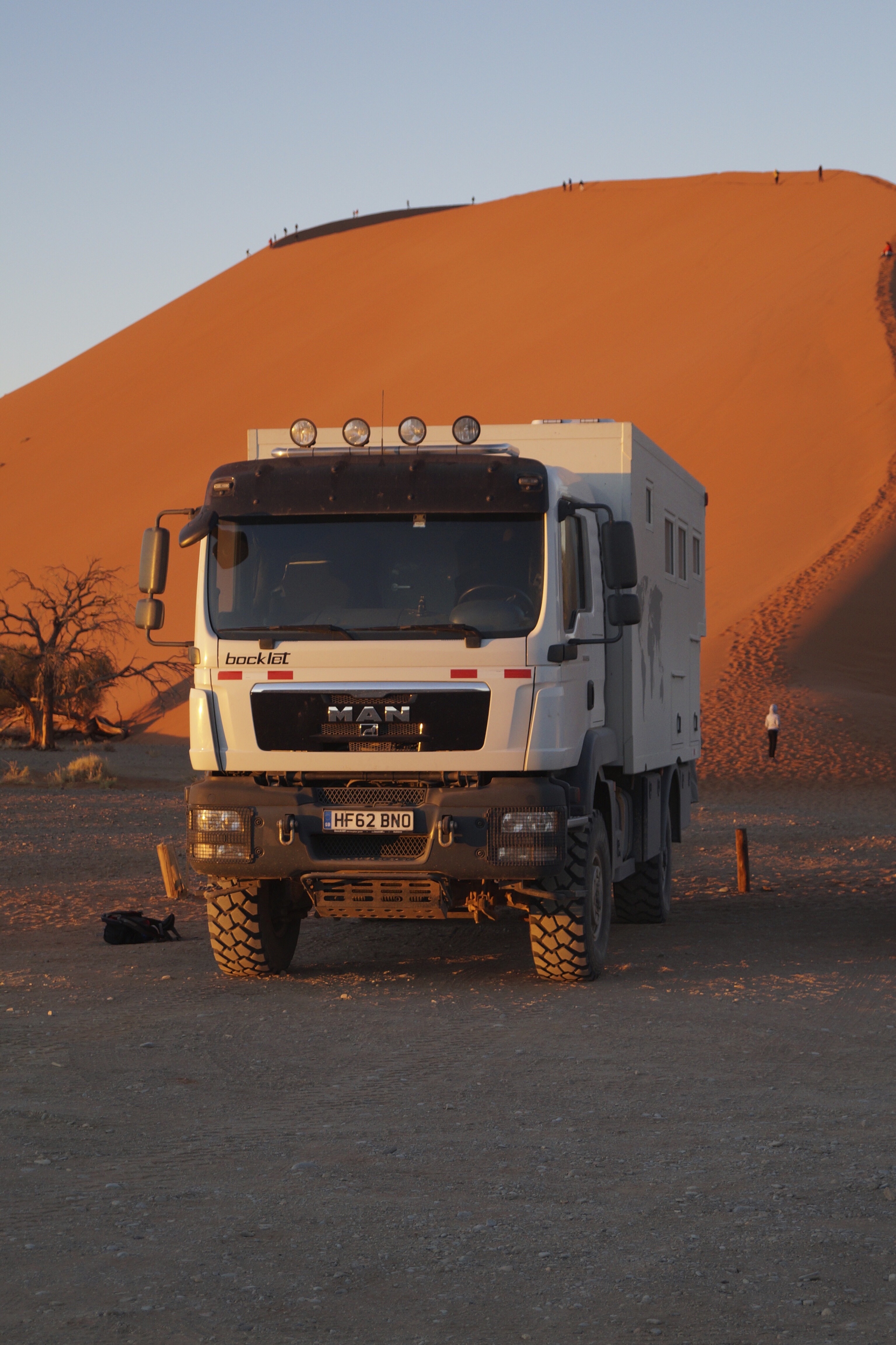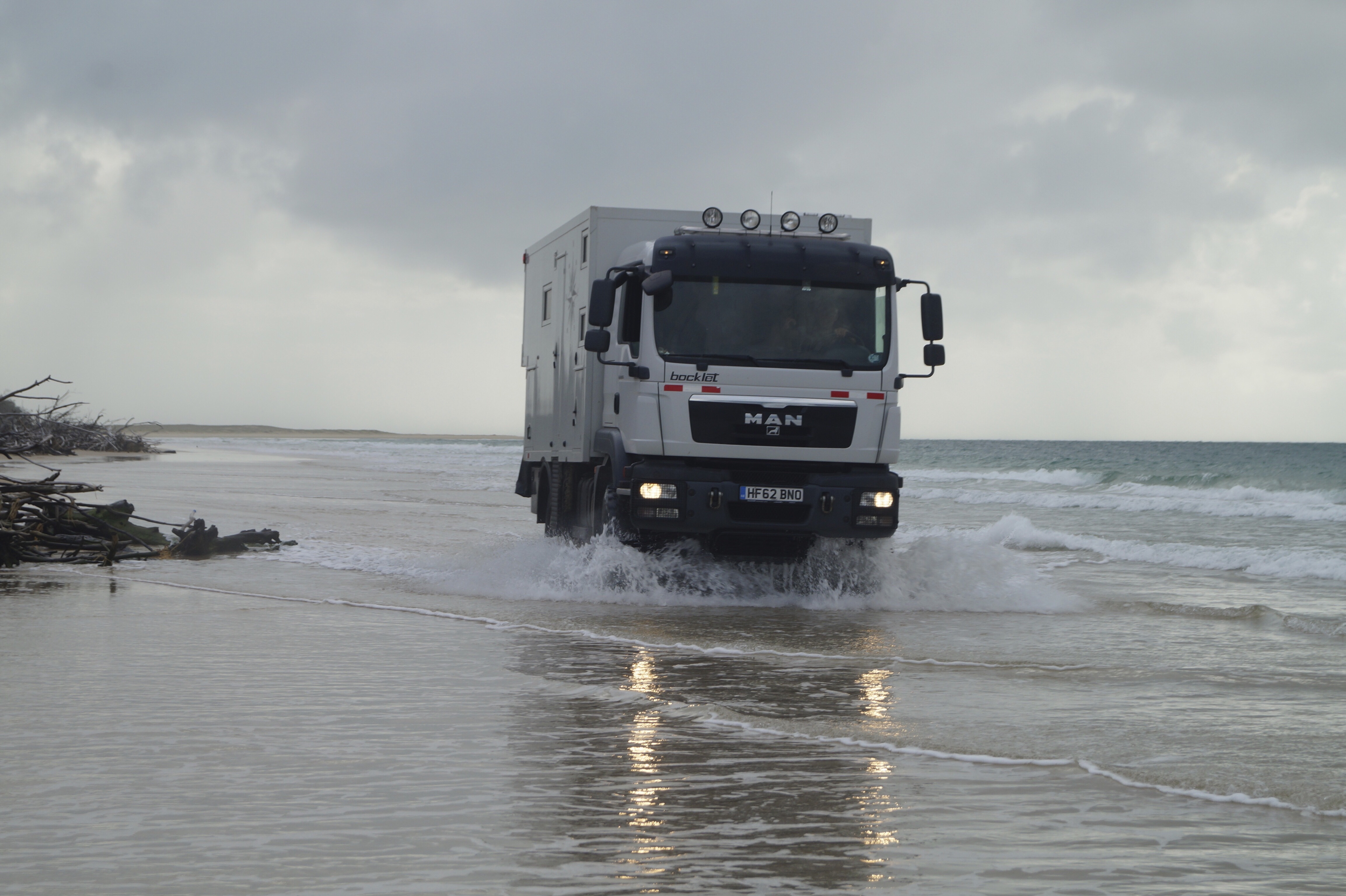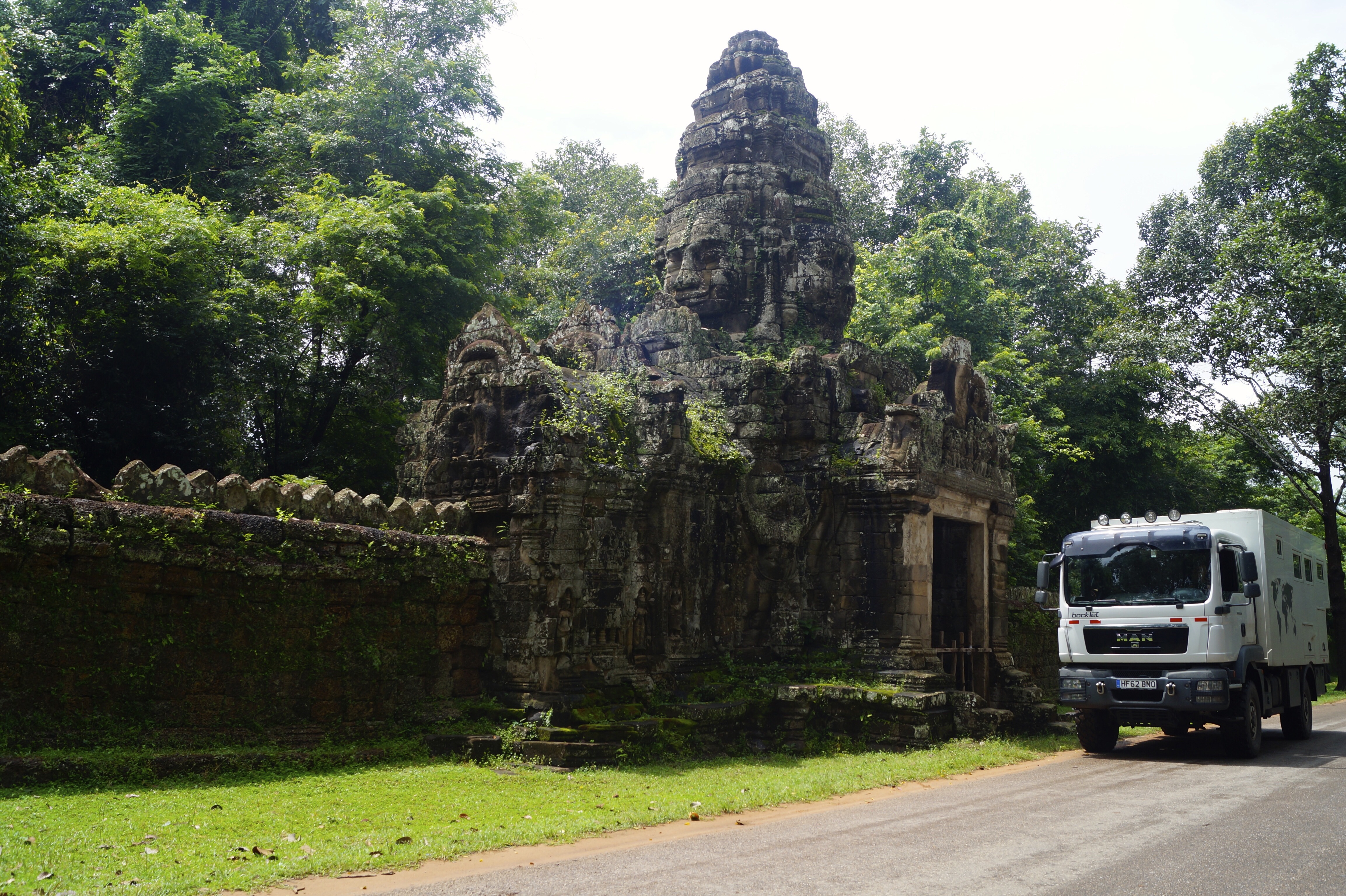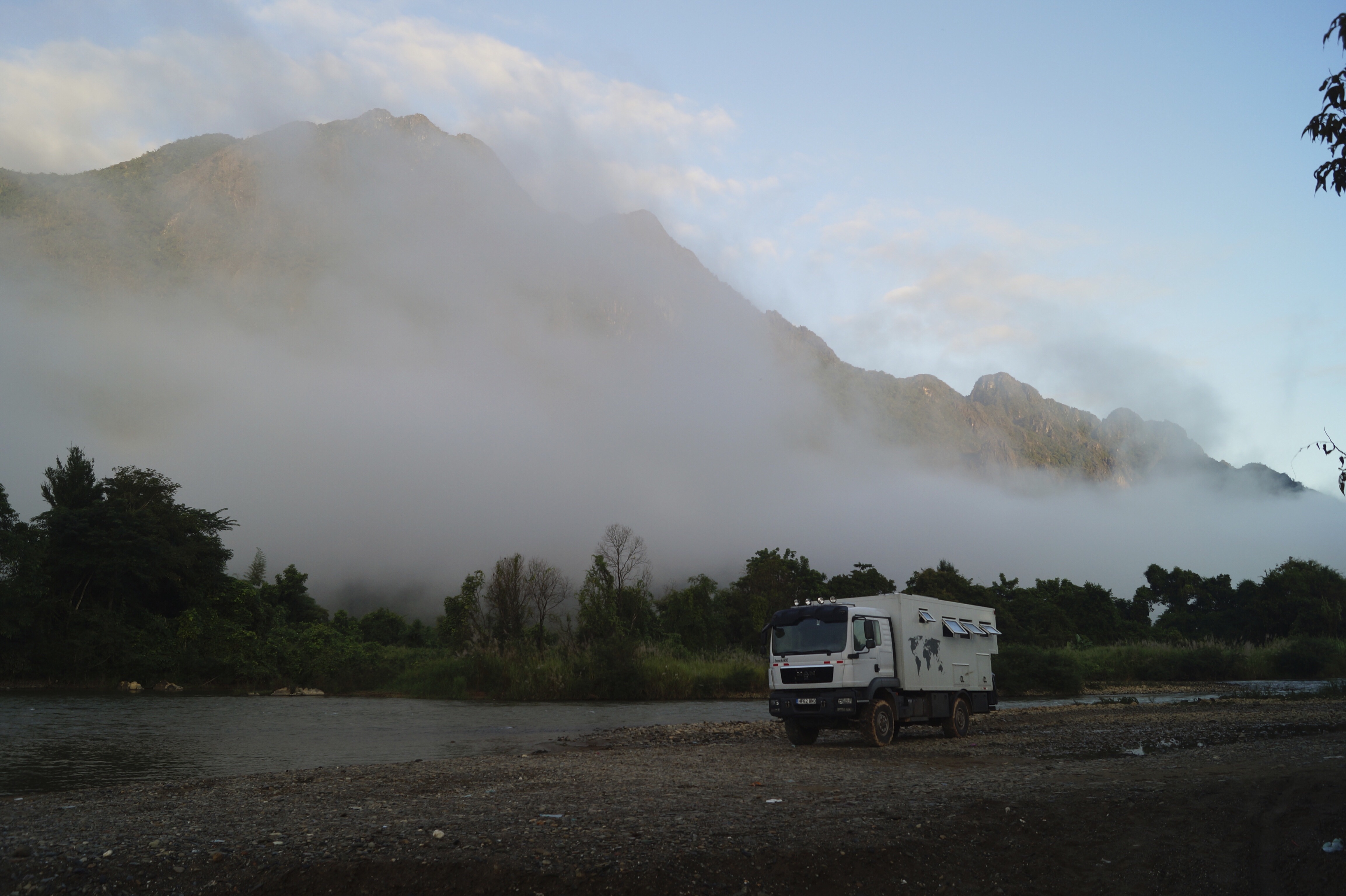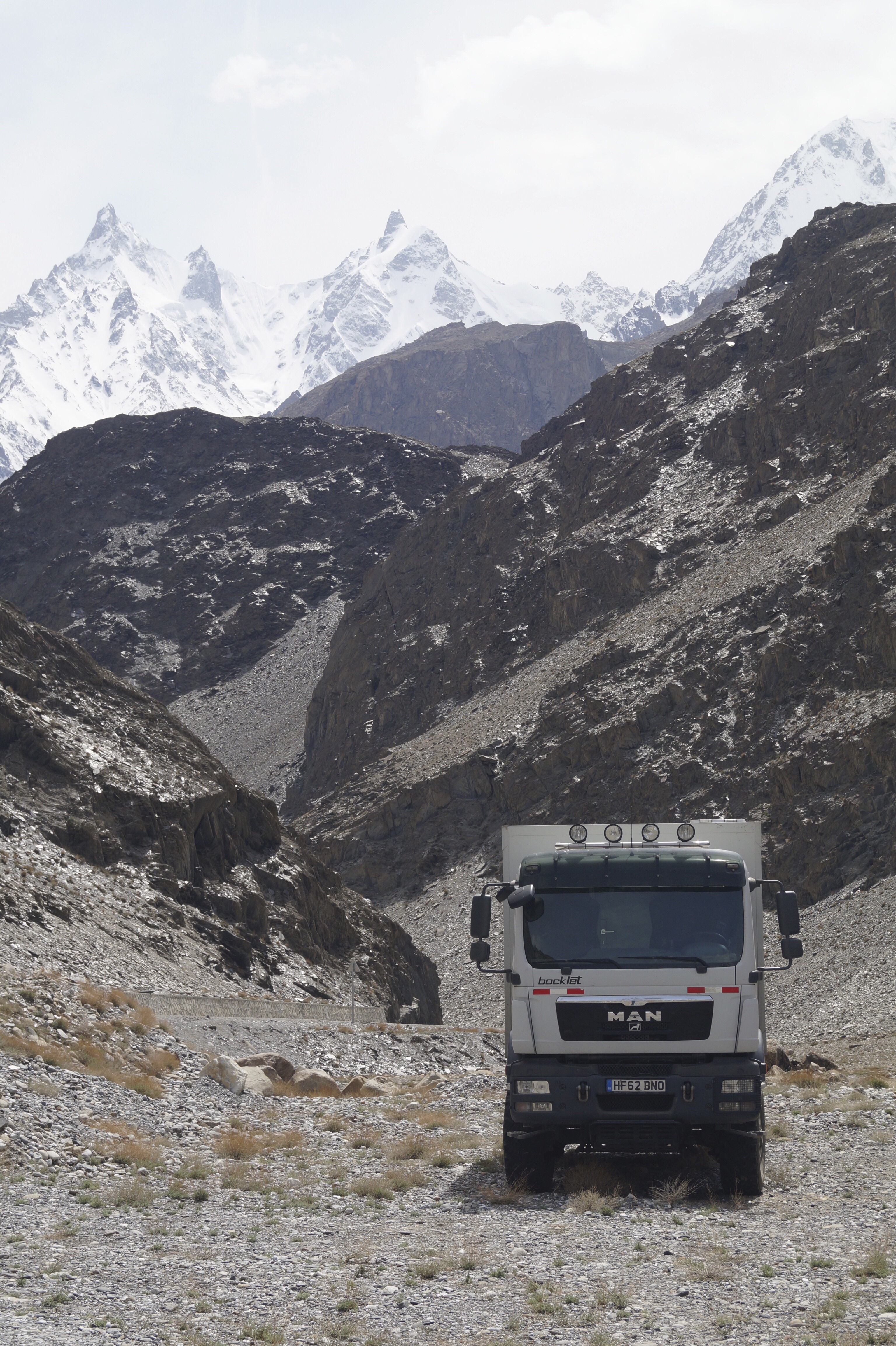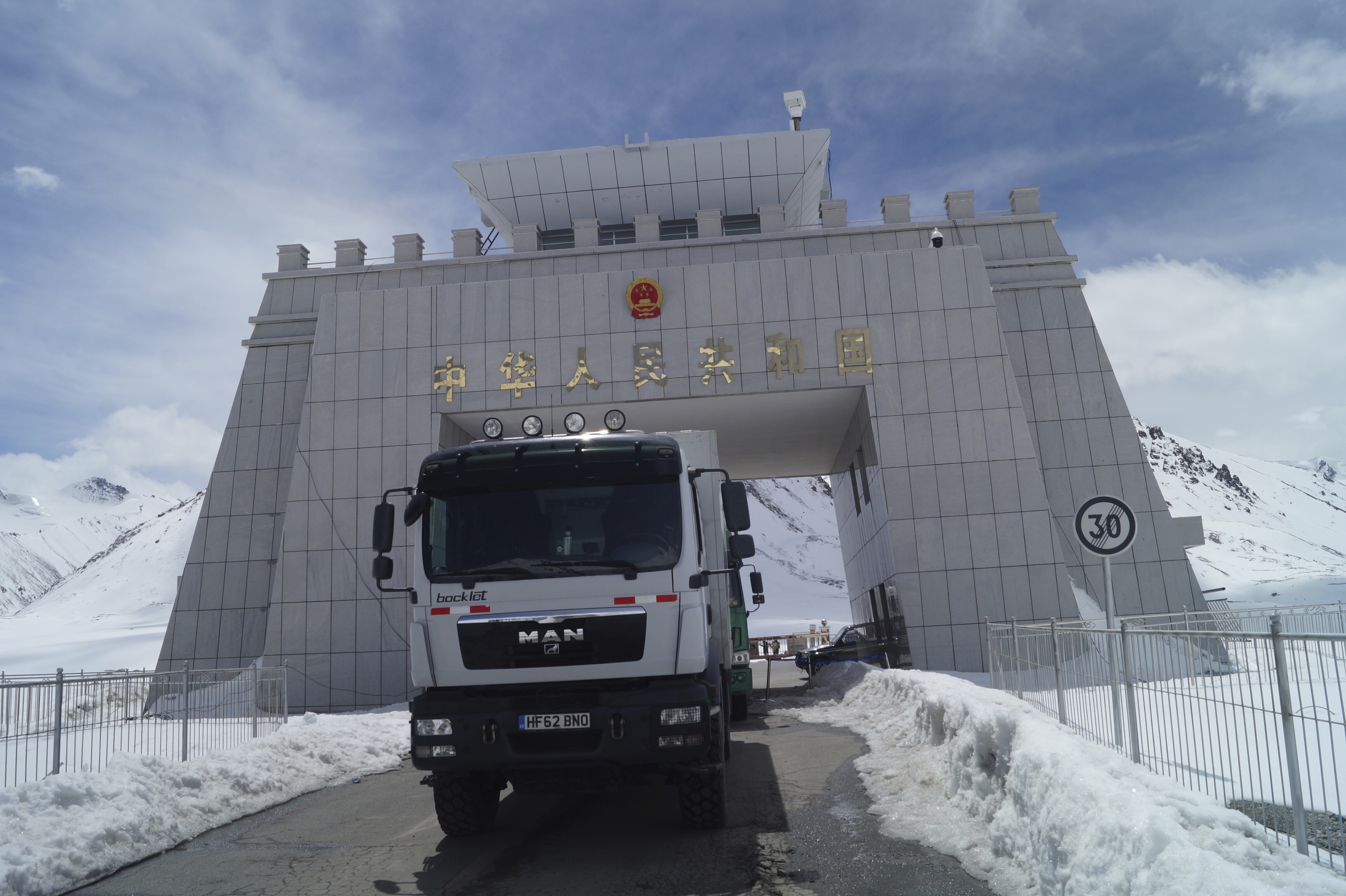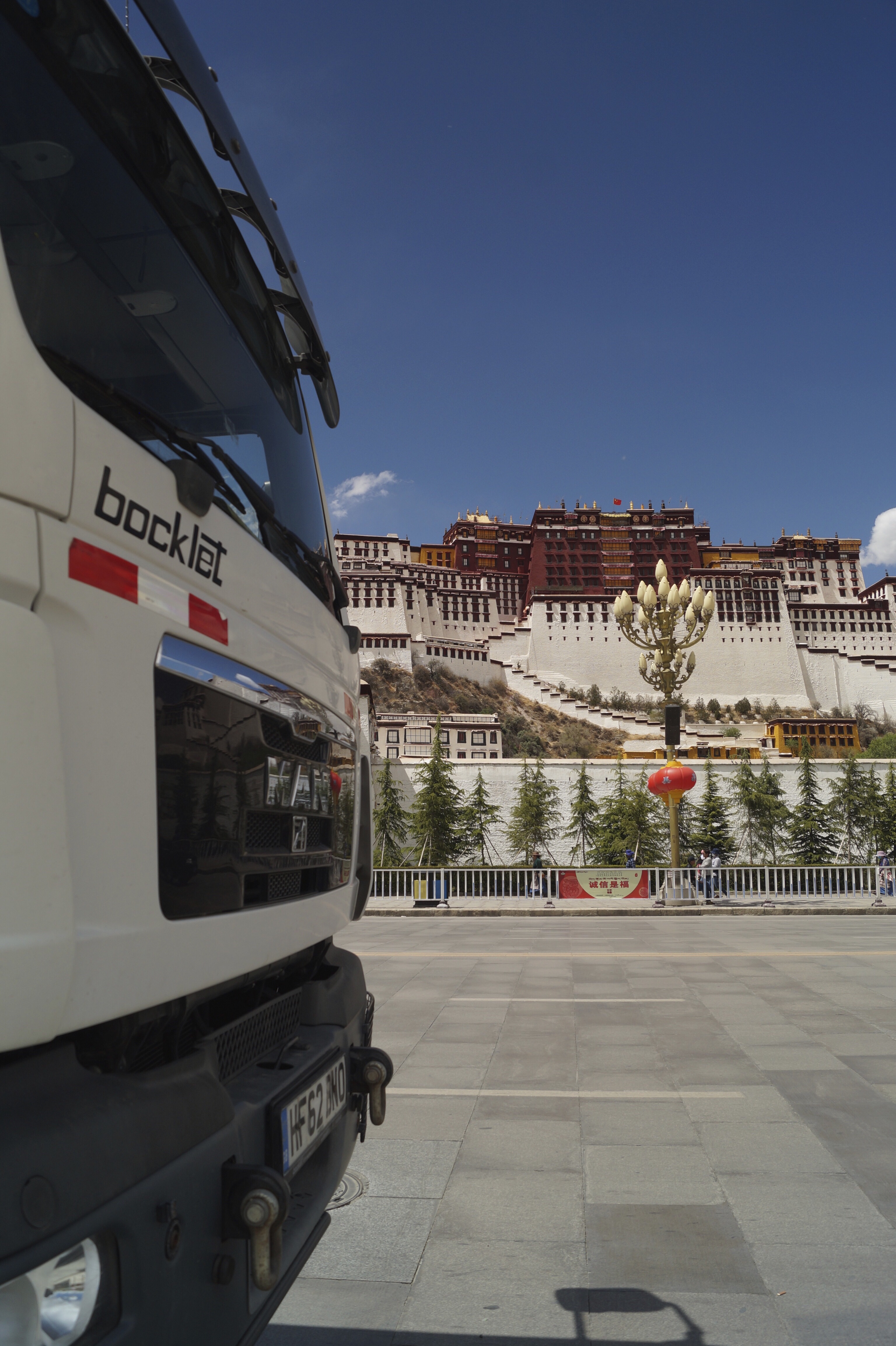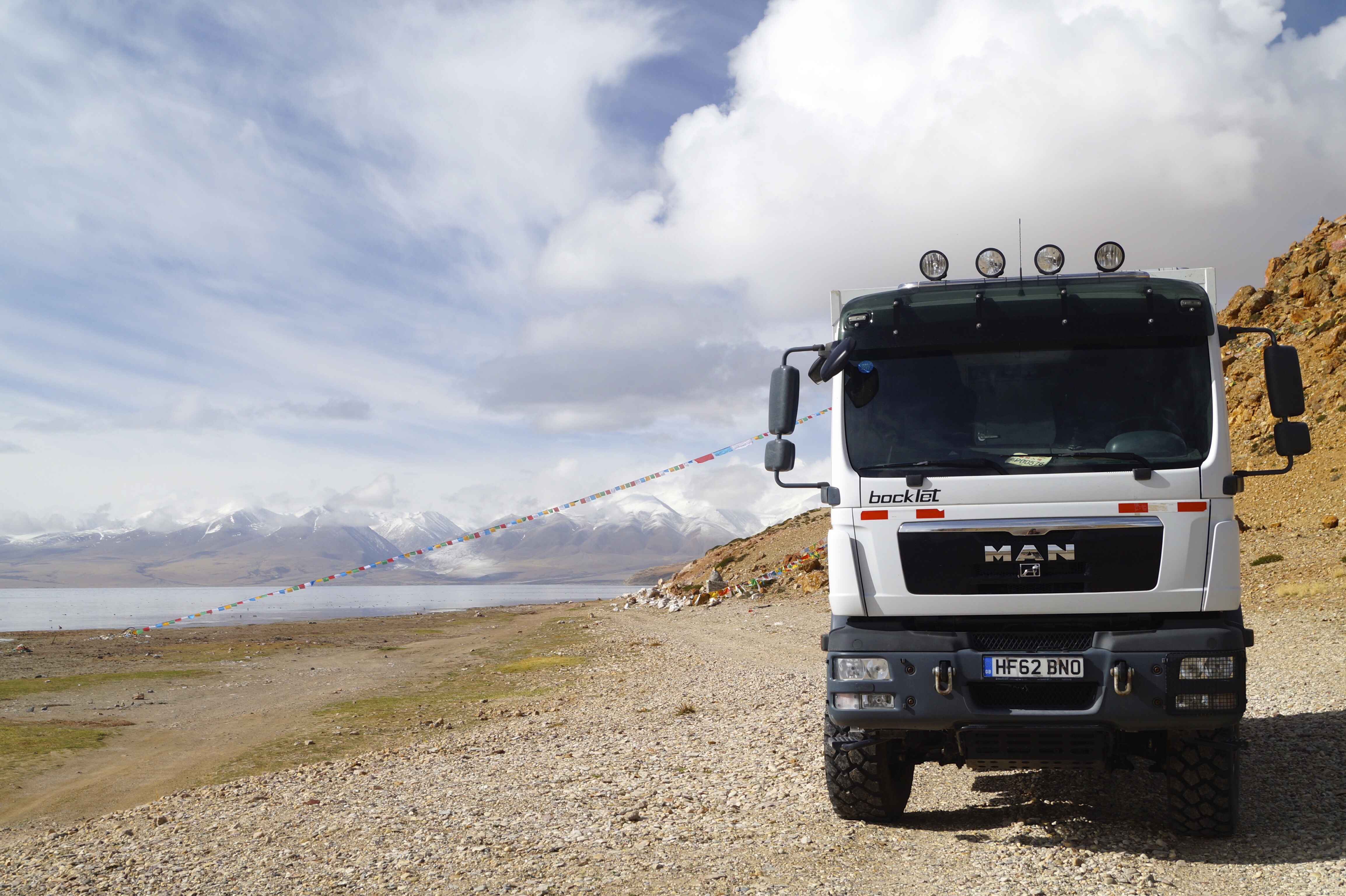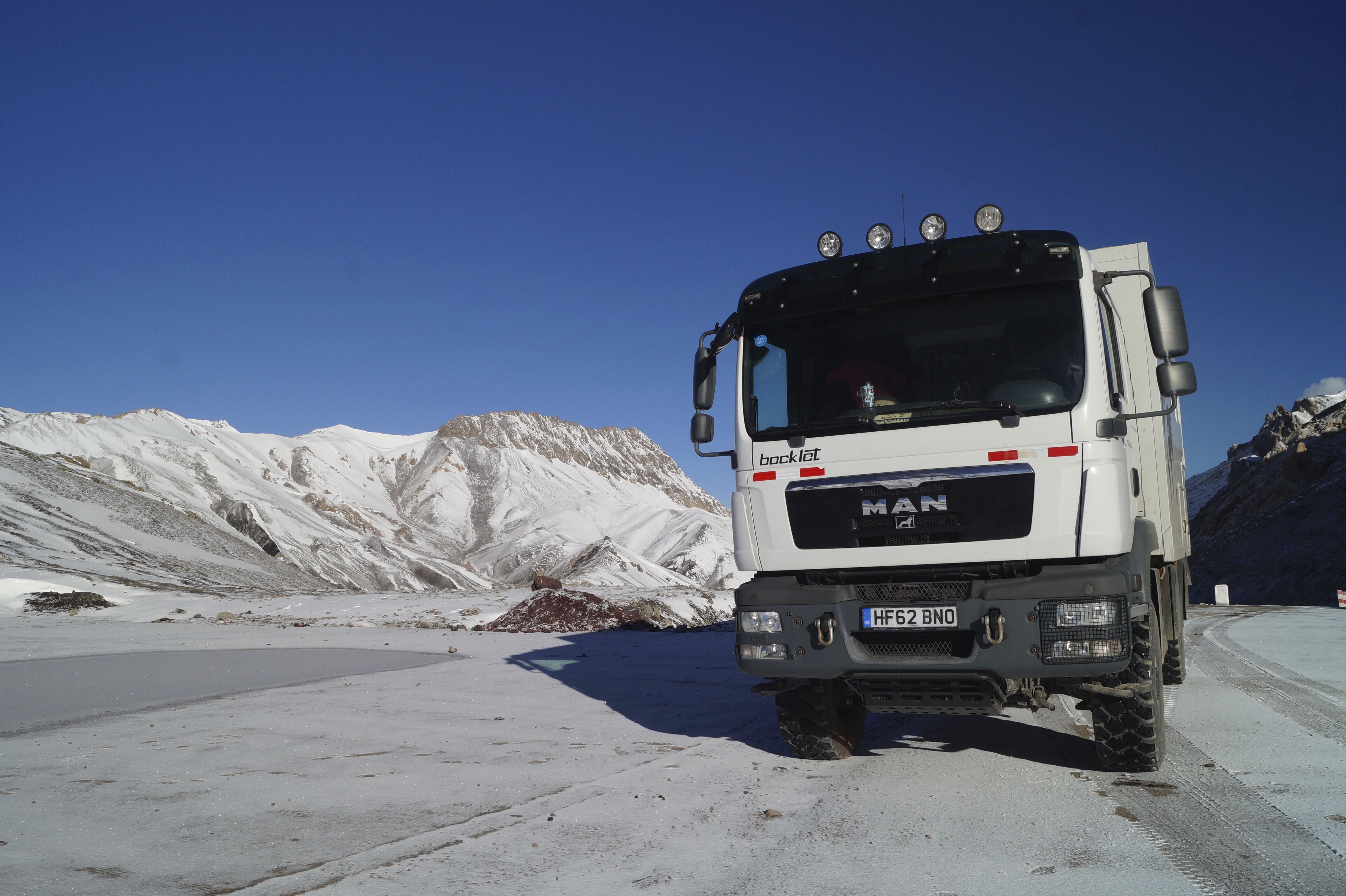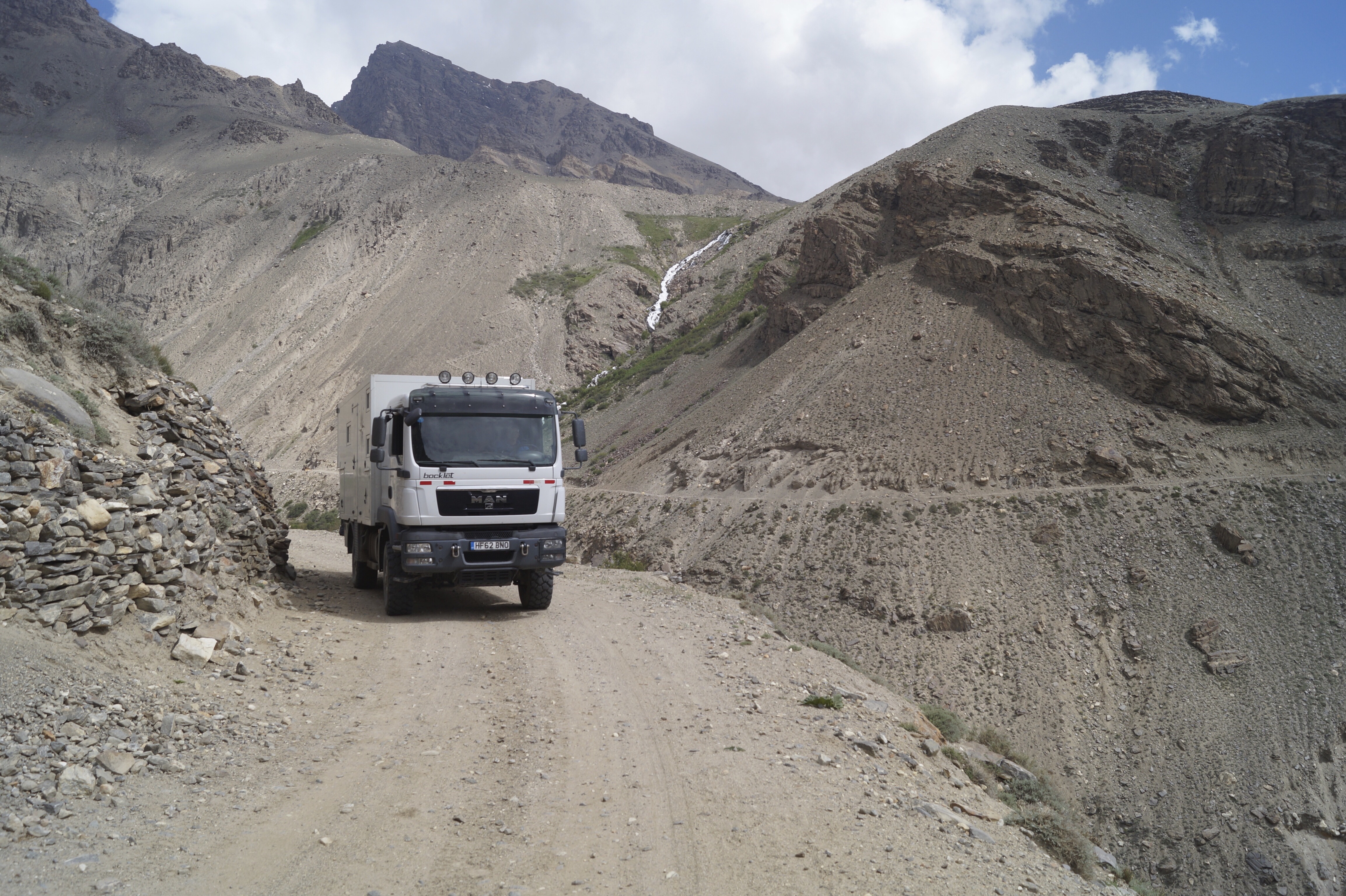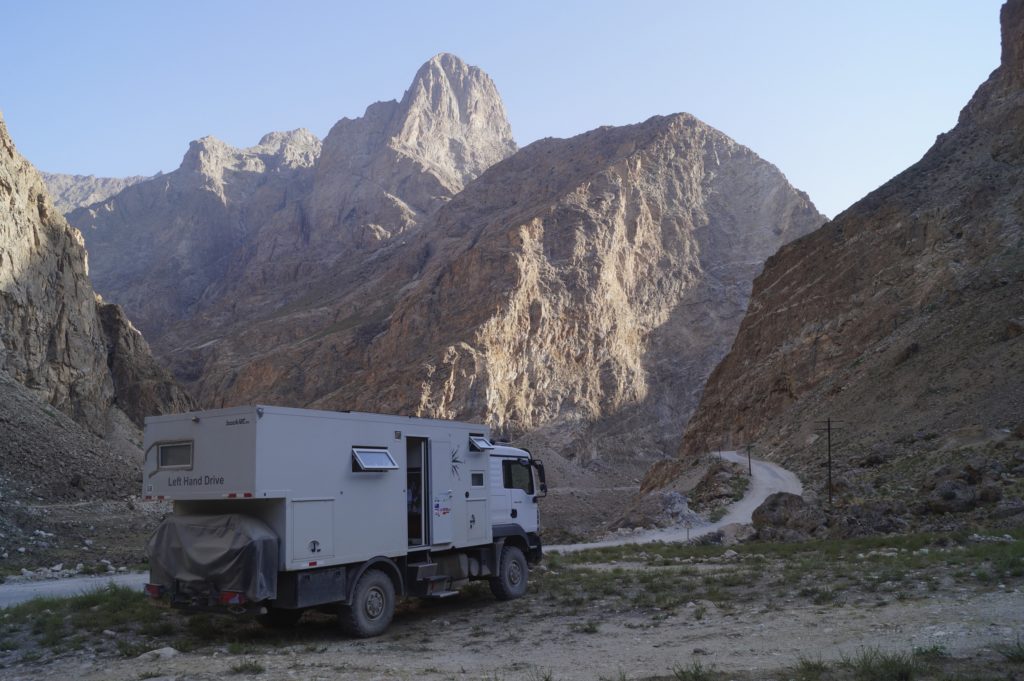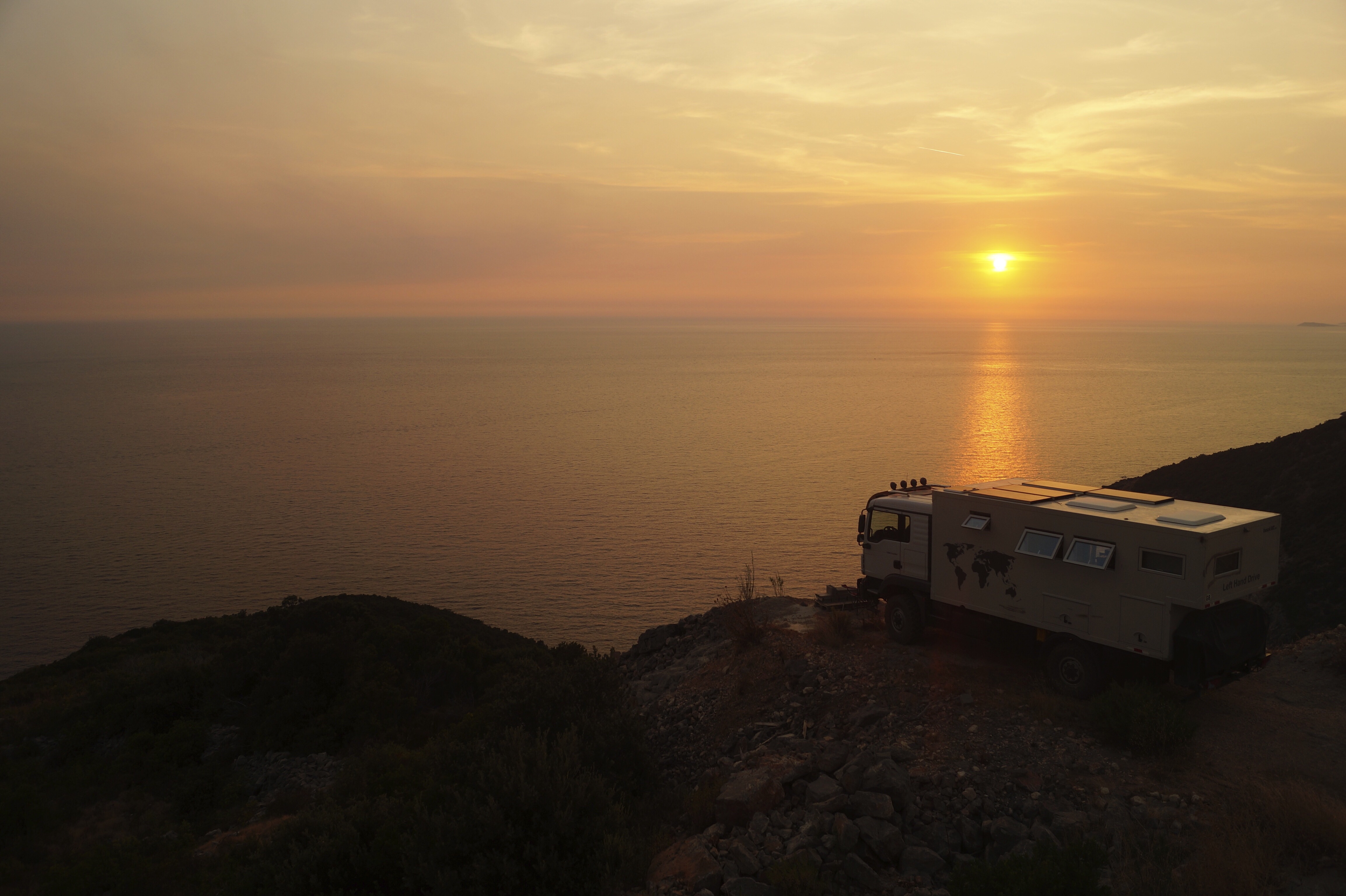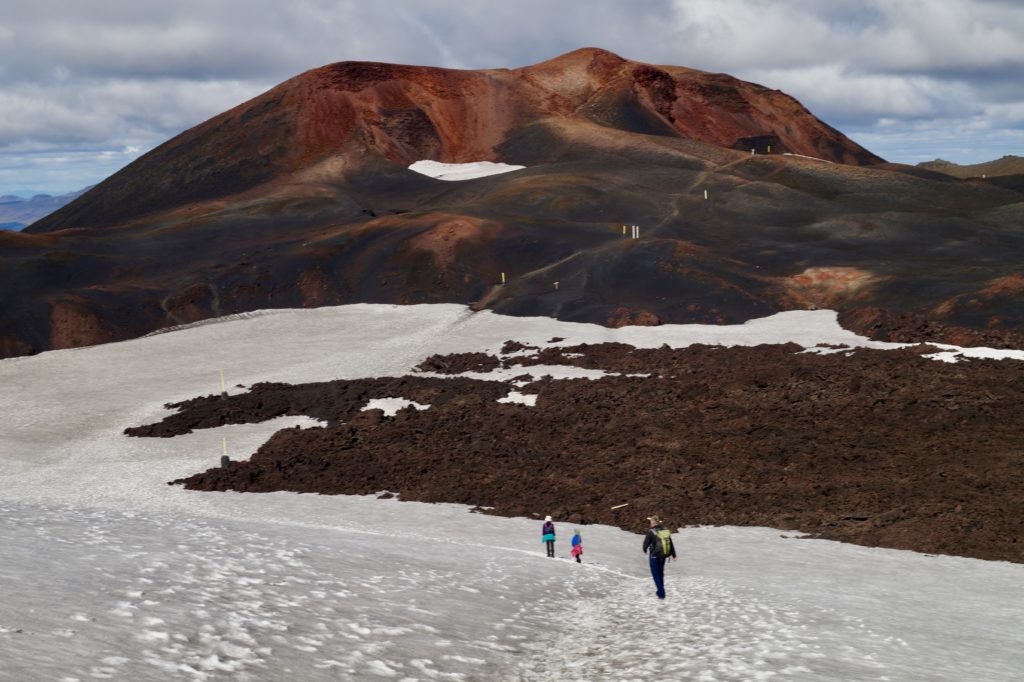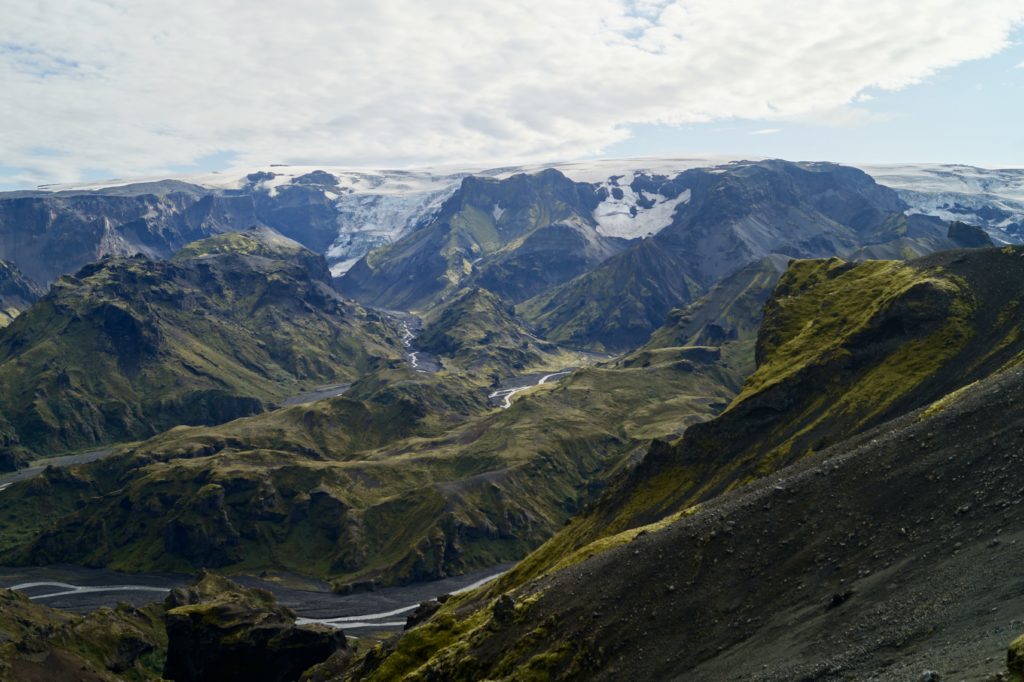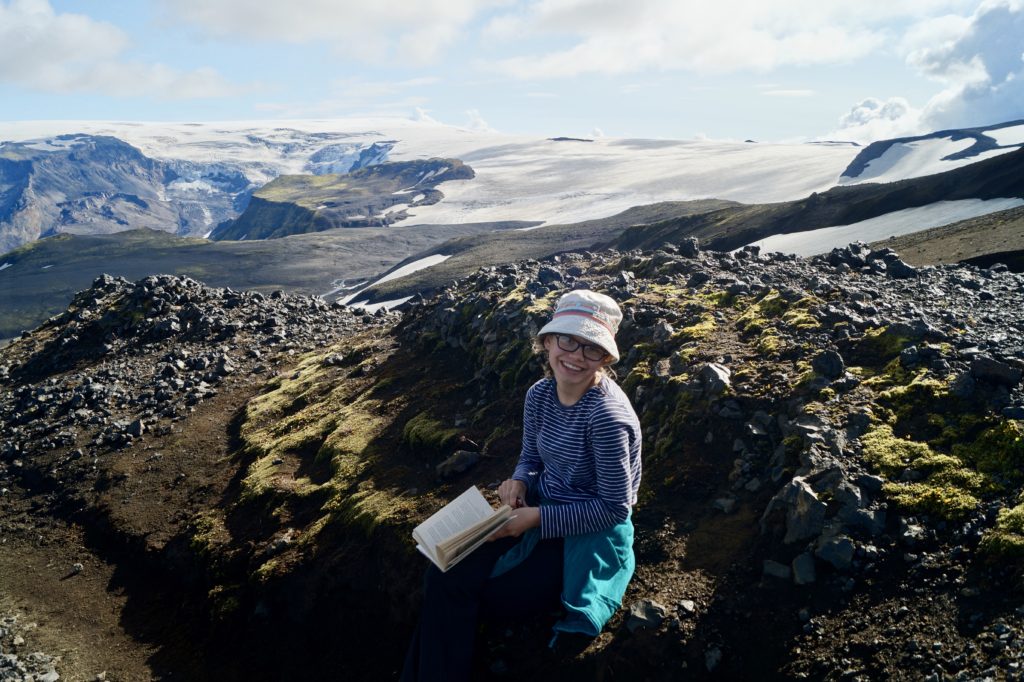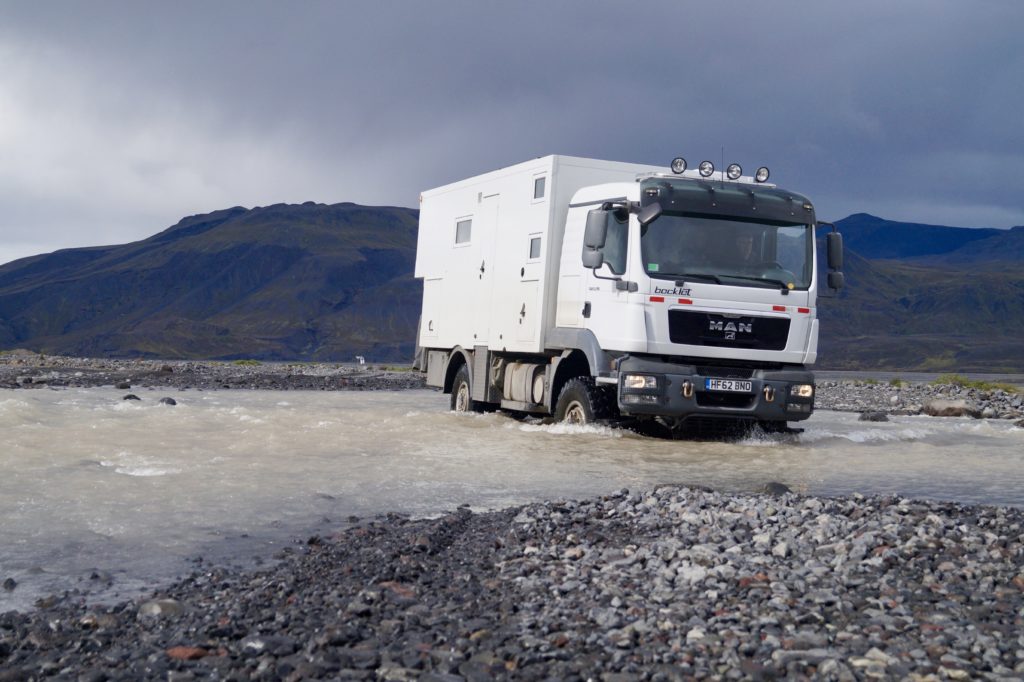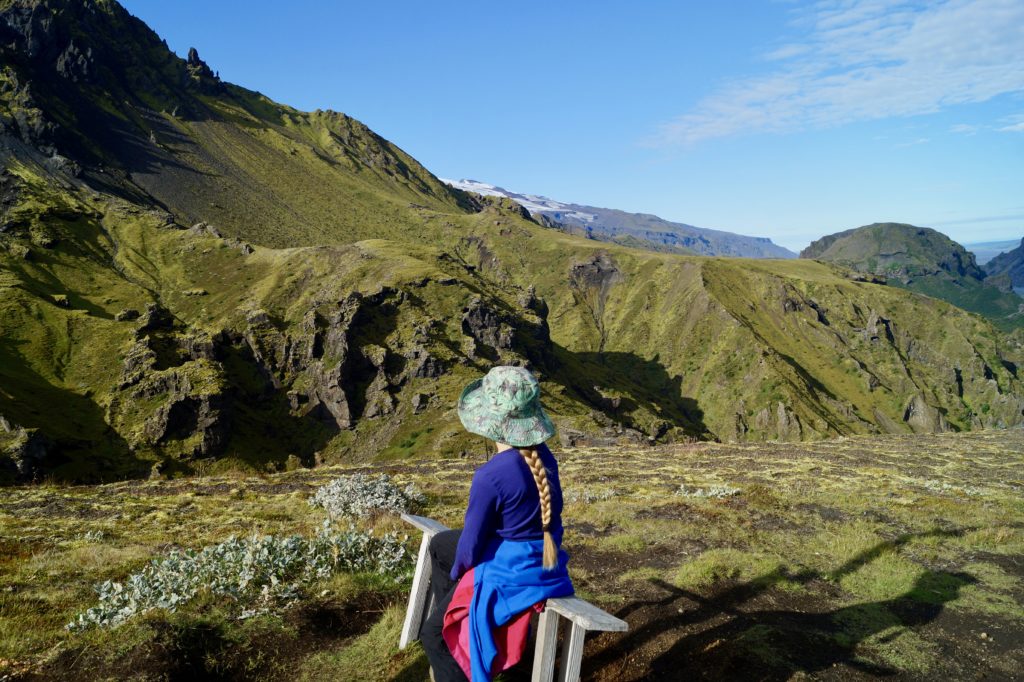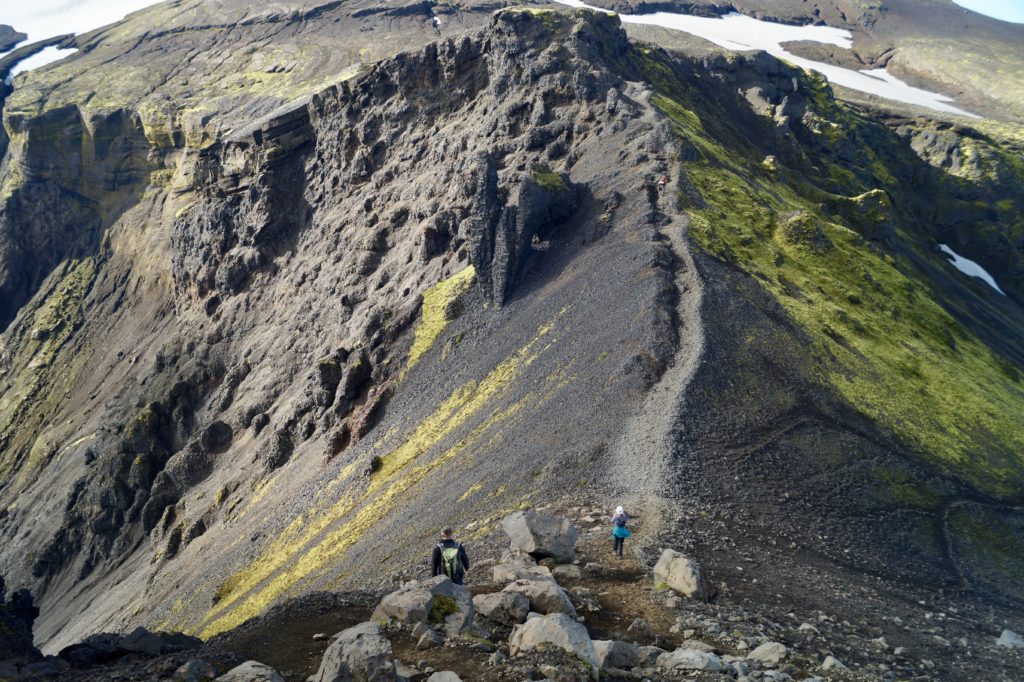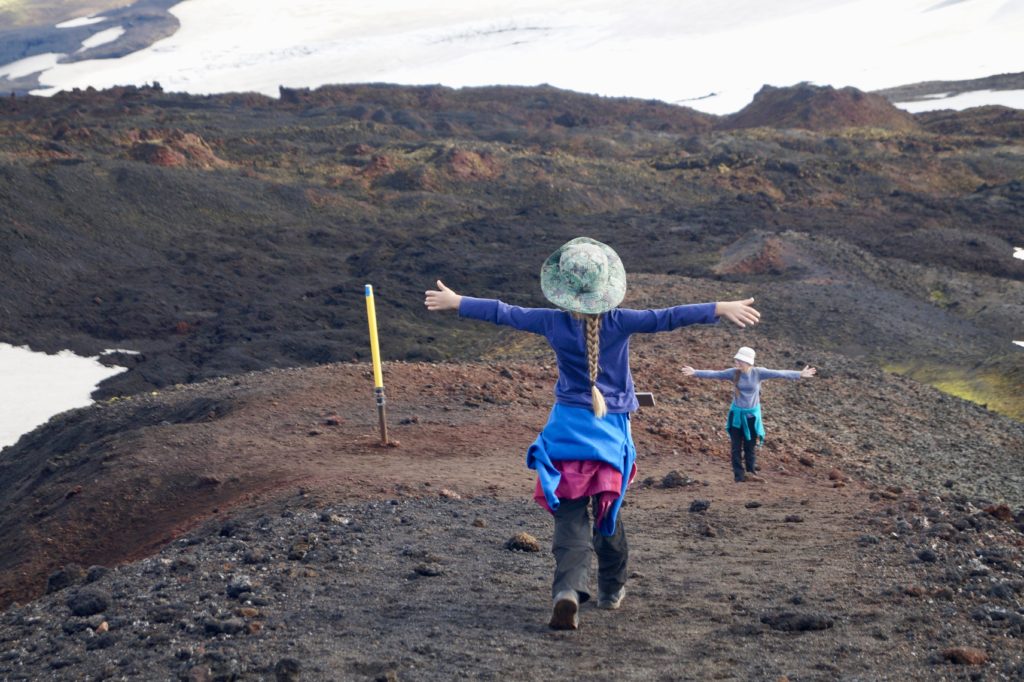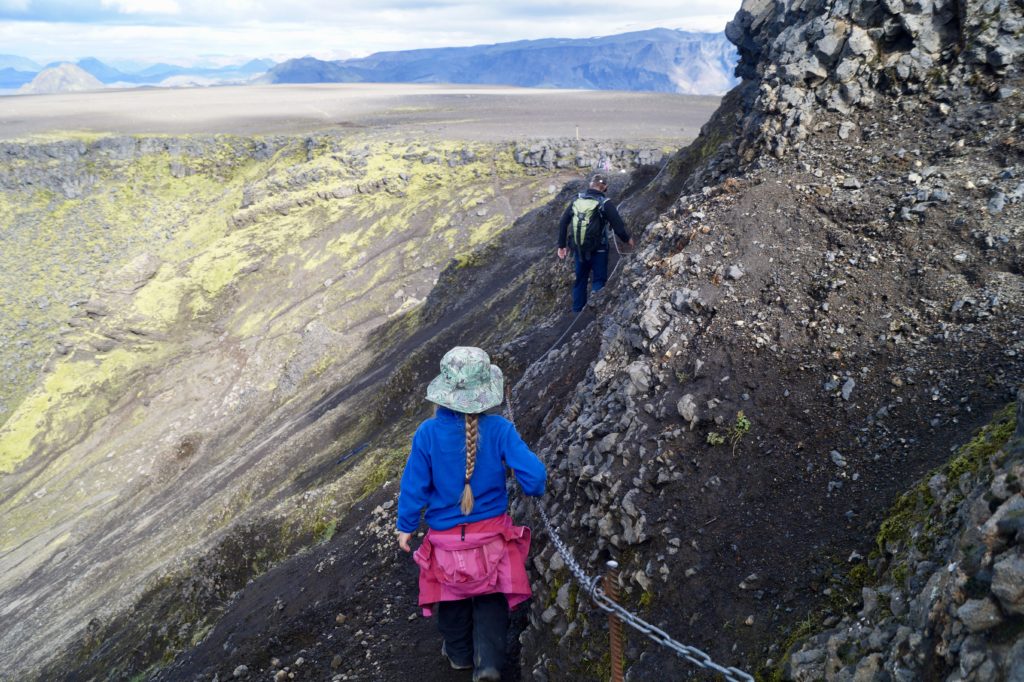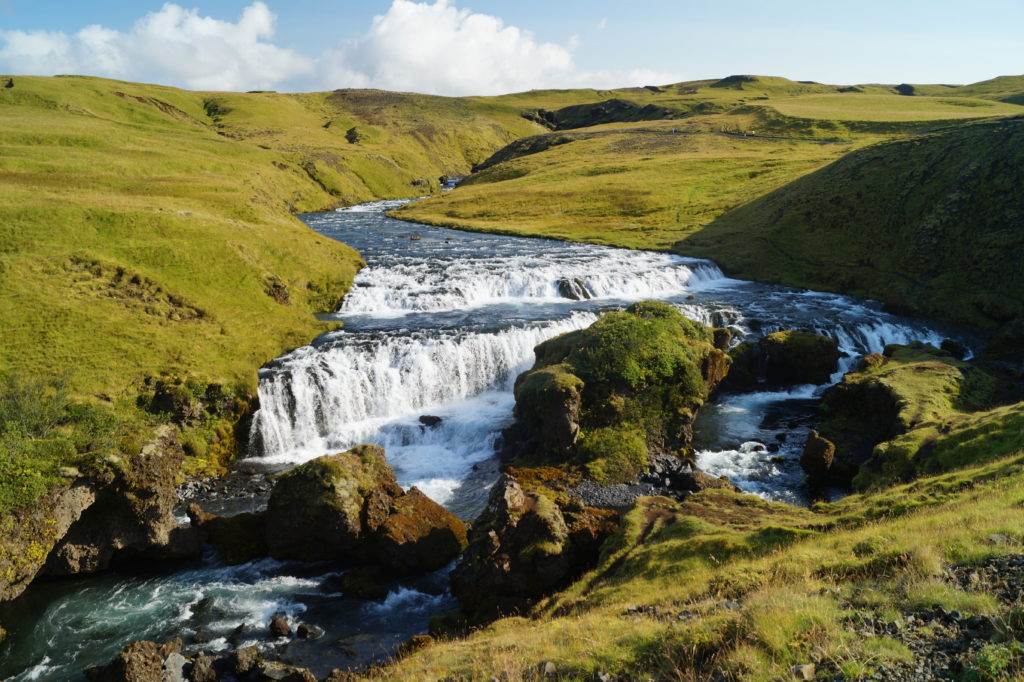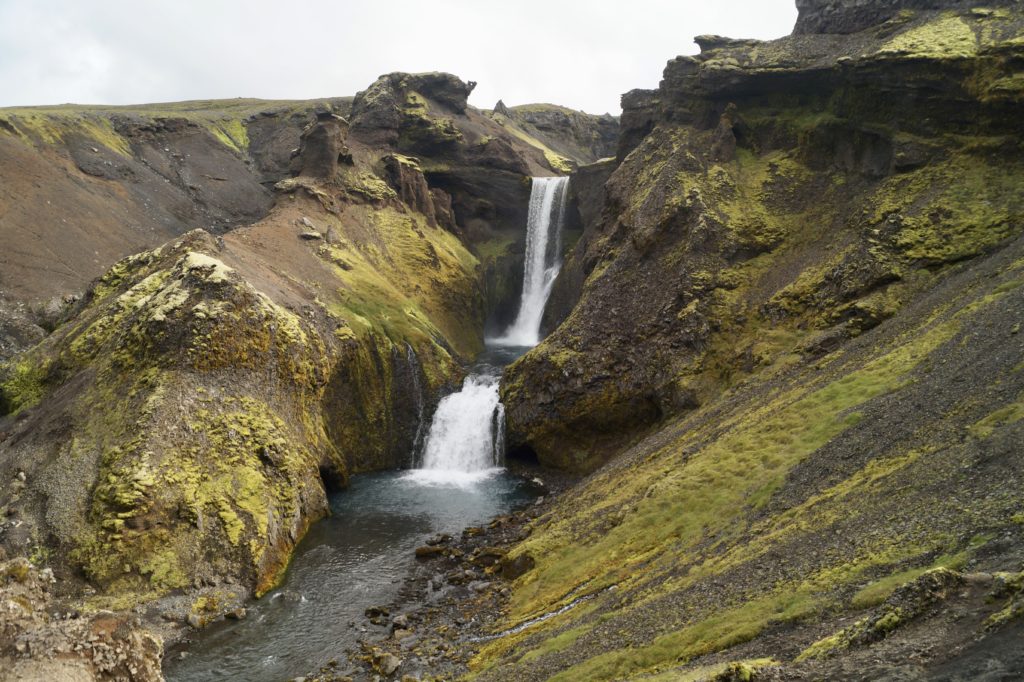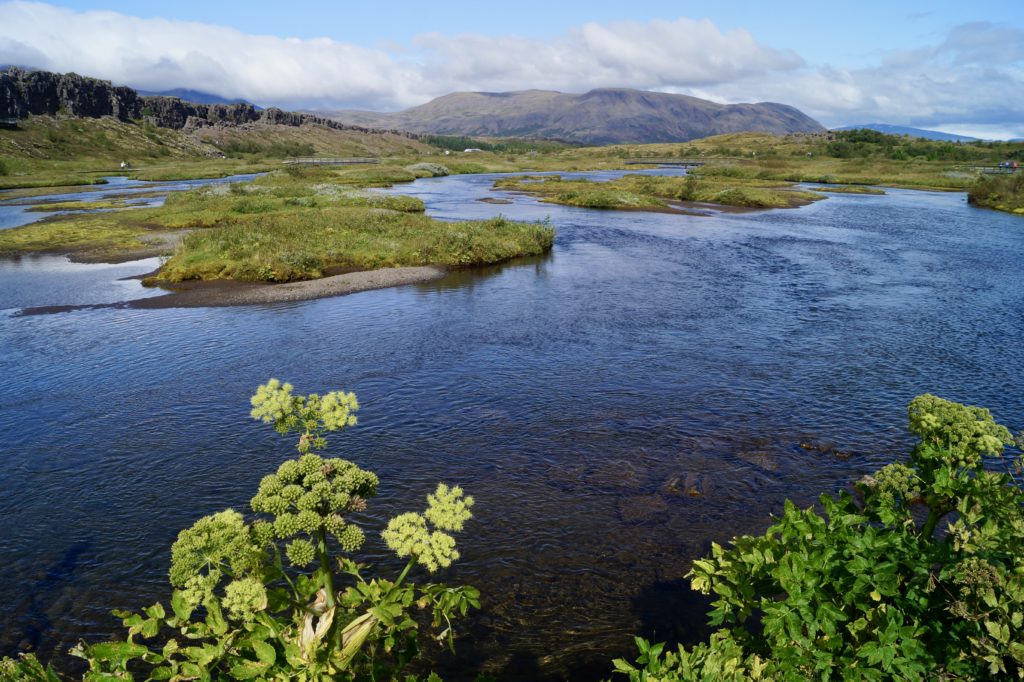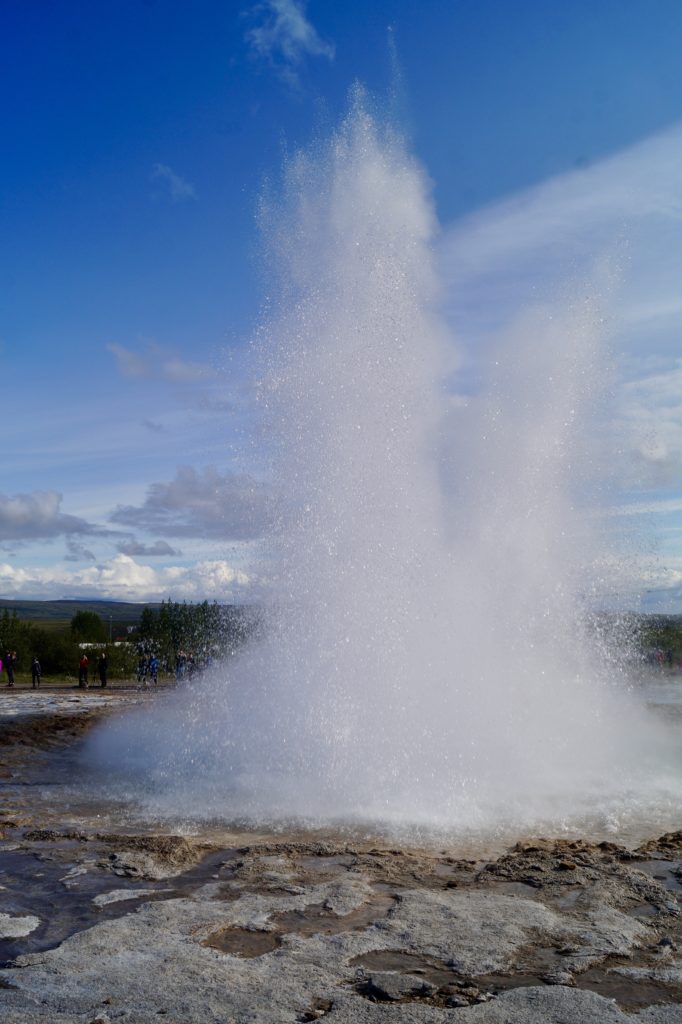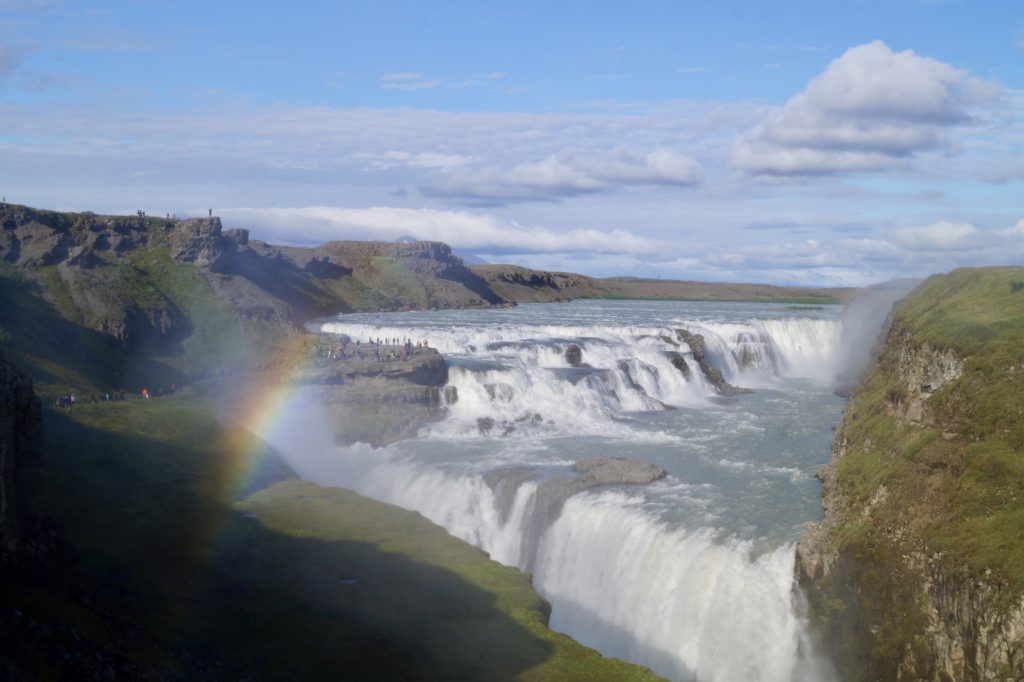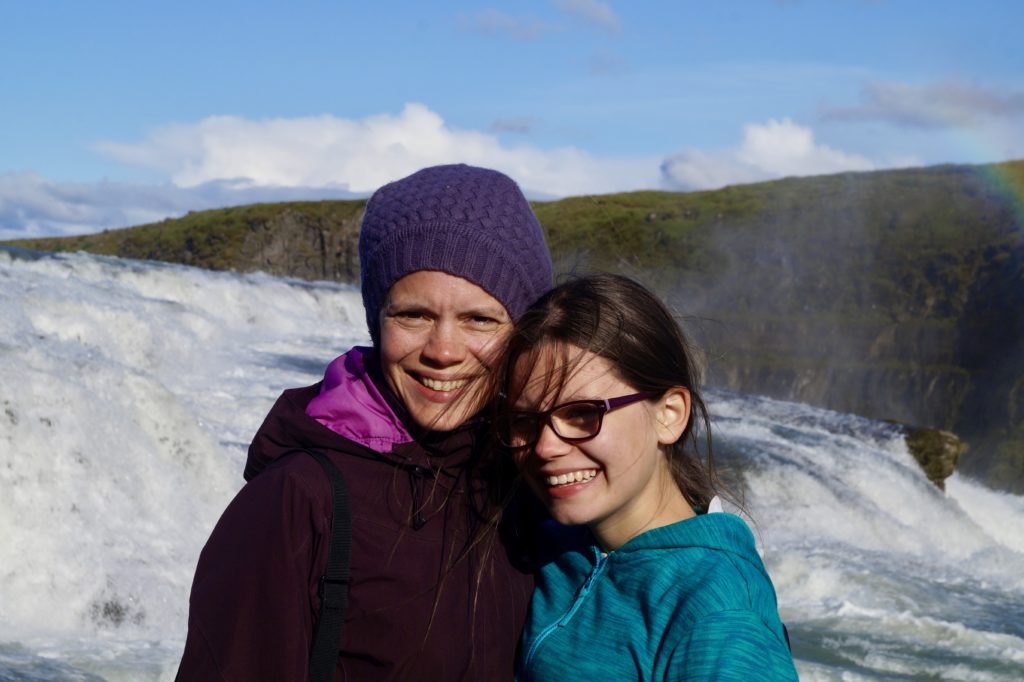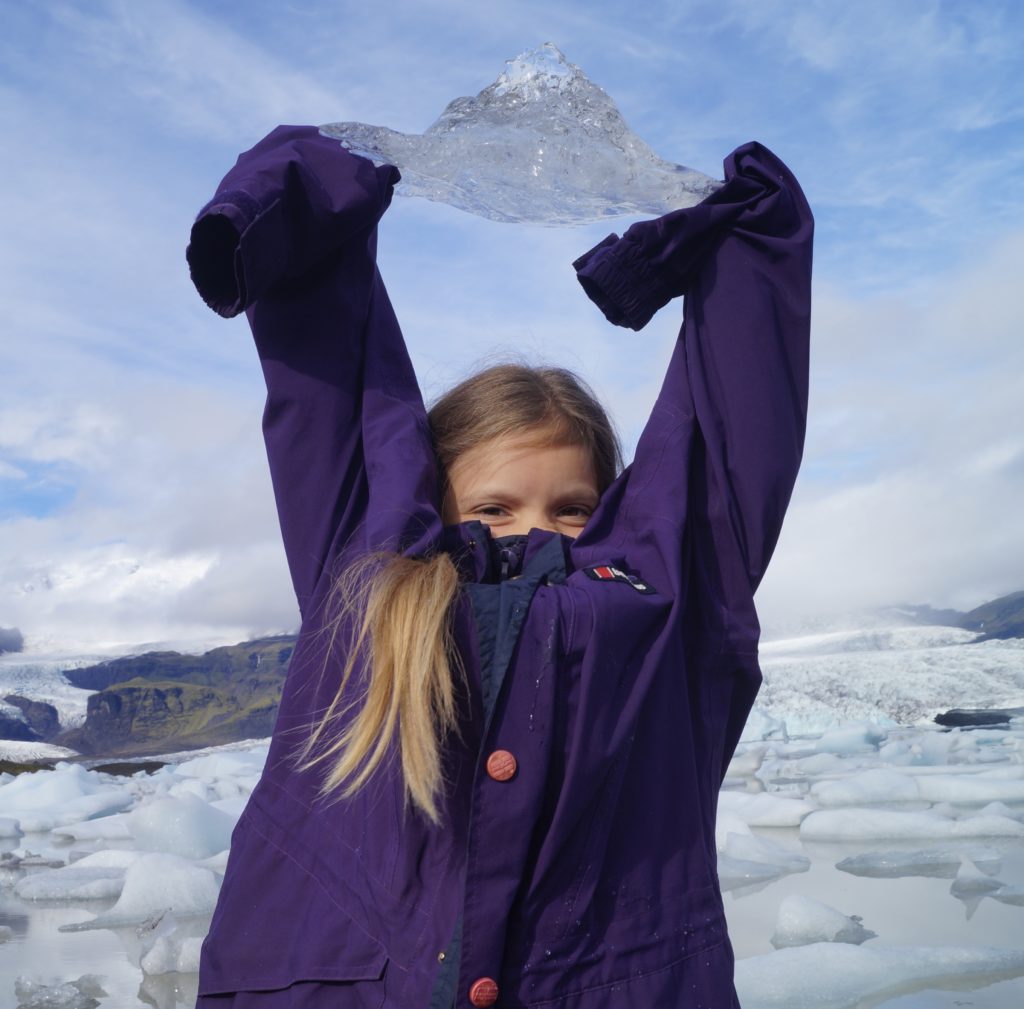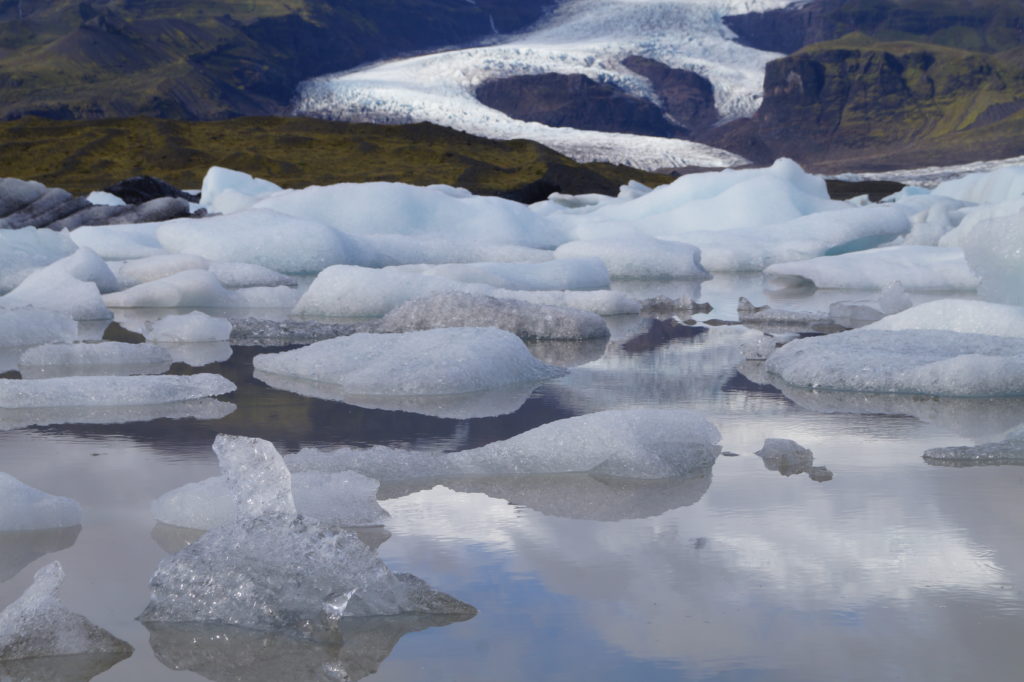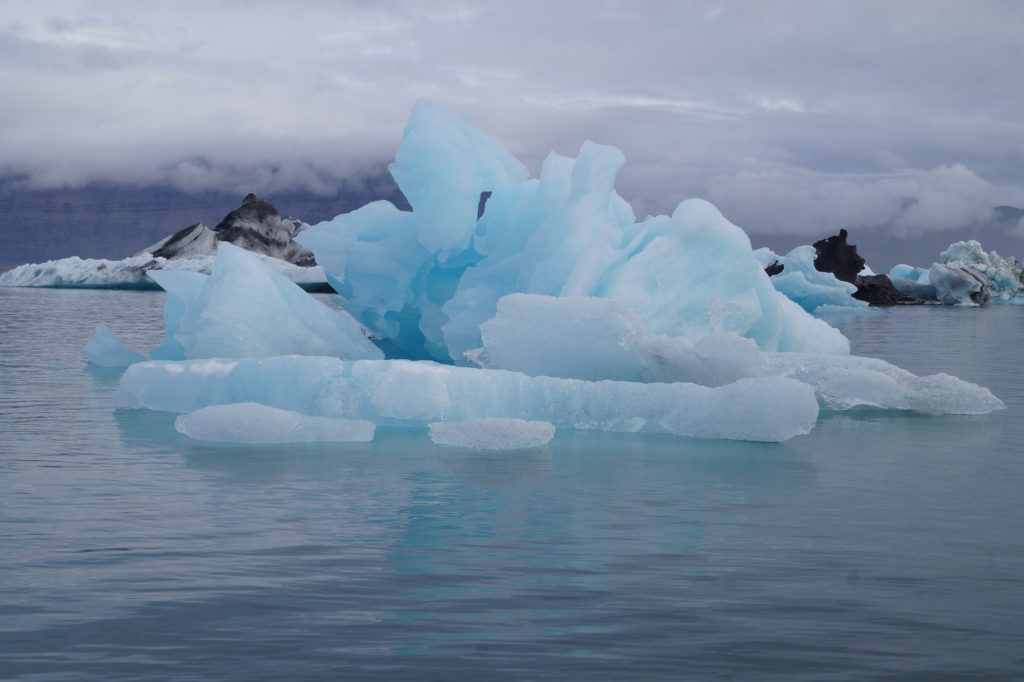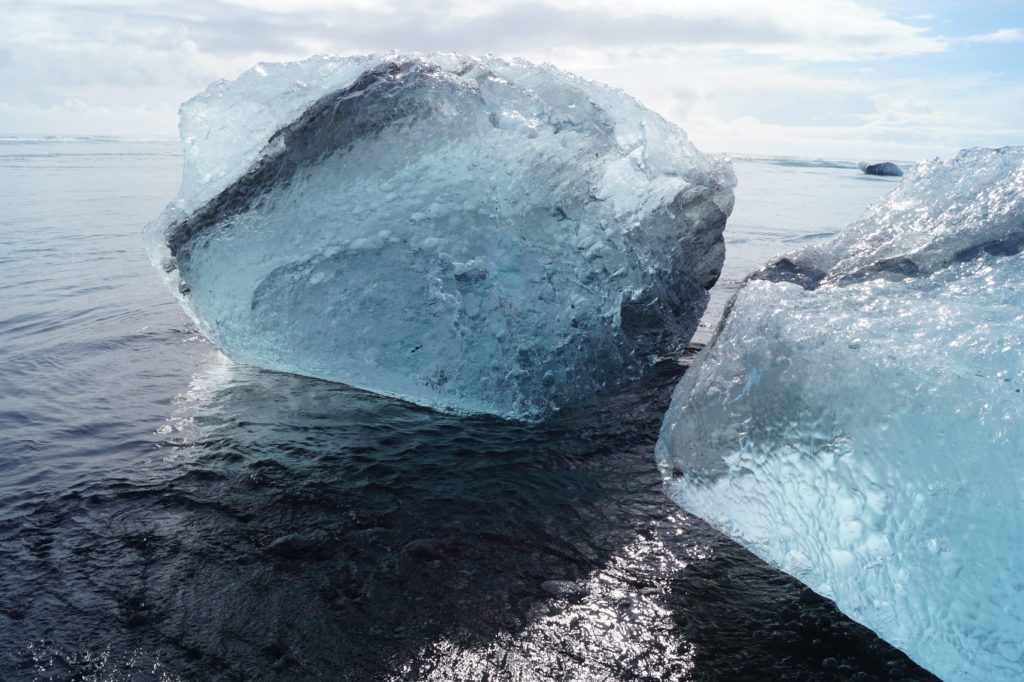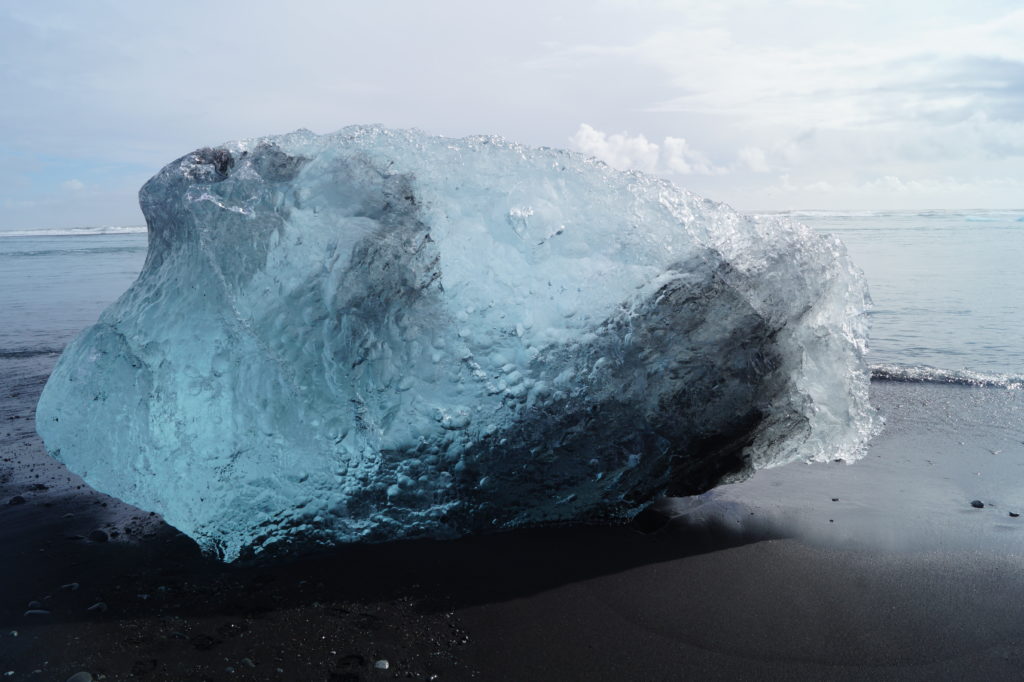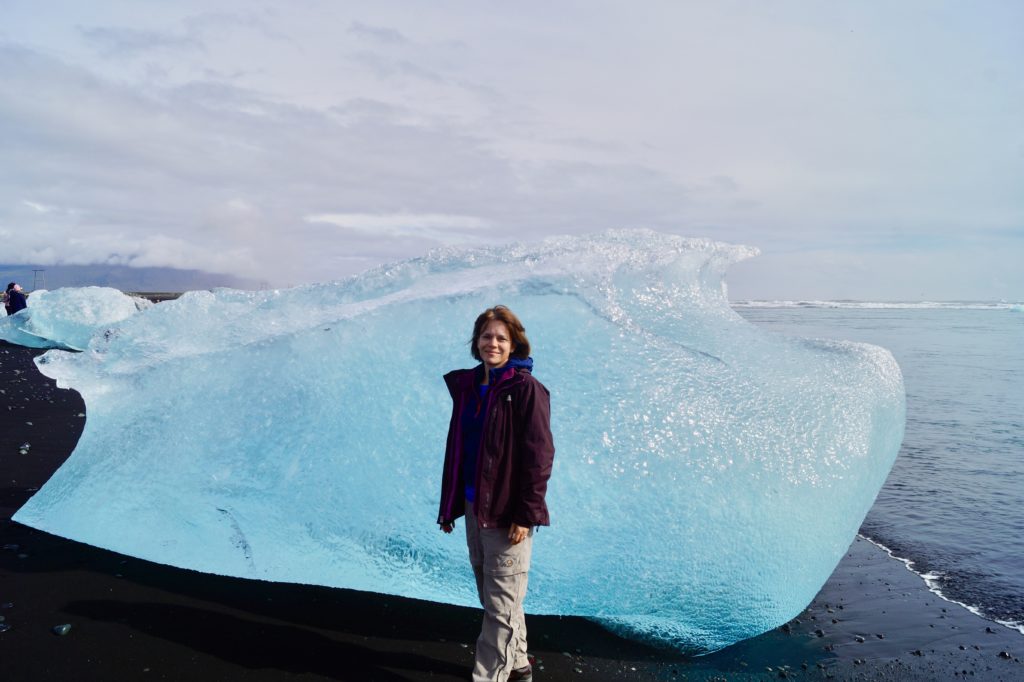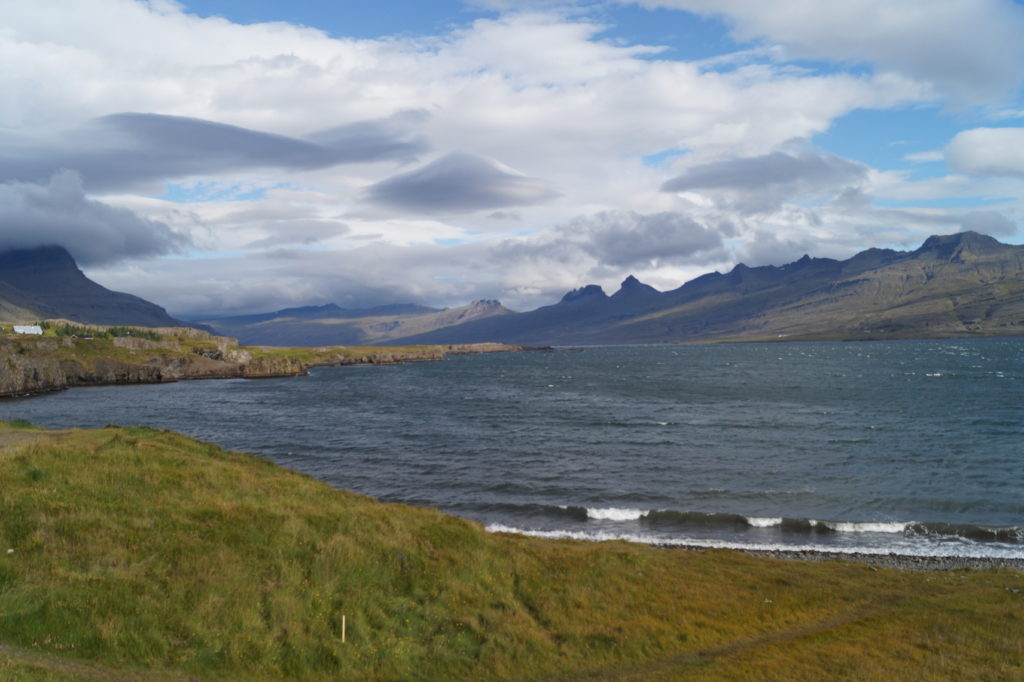It's amazing how small you can feel even on a 6350 tonne ferry but looking up at the mighty walls of the fjord in north-east Iceland, our ship felt like a tiny bath toy. The cliff tops were obscured by swirling clouds and eventually the brightly painted town of Seydisfjörddur emerged from the mists. We were looking forward to the 3 weeks we had to explore the country. We heard many visitors only stayed for less than a week, we hoped the extra time would mean we could get off the beaten track and explore more of the country.
The lure of puffins called us up and over the mountains that first morning. I'm sure the view from the top of the pass was breath-taking but we could only see a few metres ahead with the thick fog. Luckily the puffins near Borgarfjördur Eystri nest very close to the viewing platform, so we were able to see them as they checked the coast was clear outside their nesting burrows. Serious and diligent parents they may be but with mouthfuls of sand eels for their chicks, there is something absolutely adorable and rather comical about them. We all instantly fell in love.
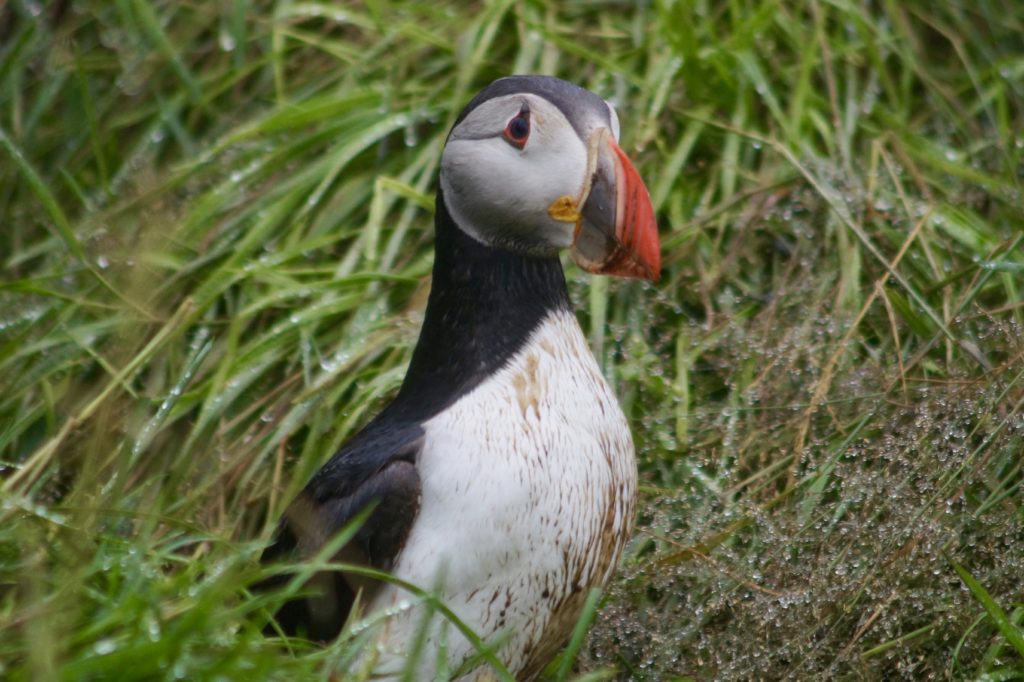
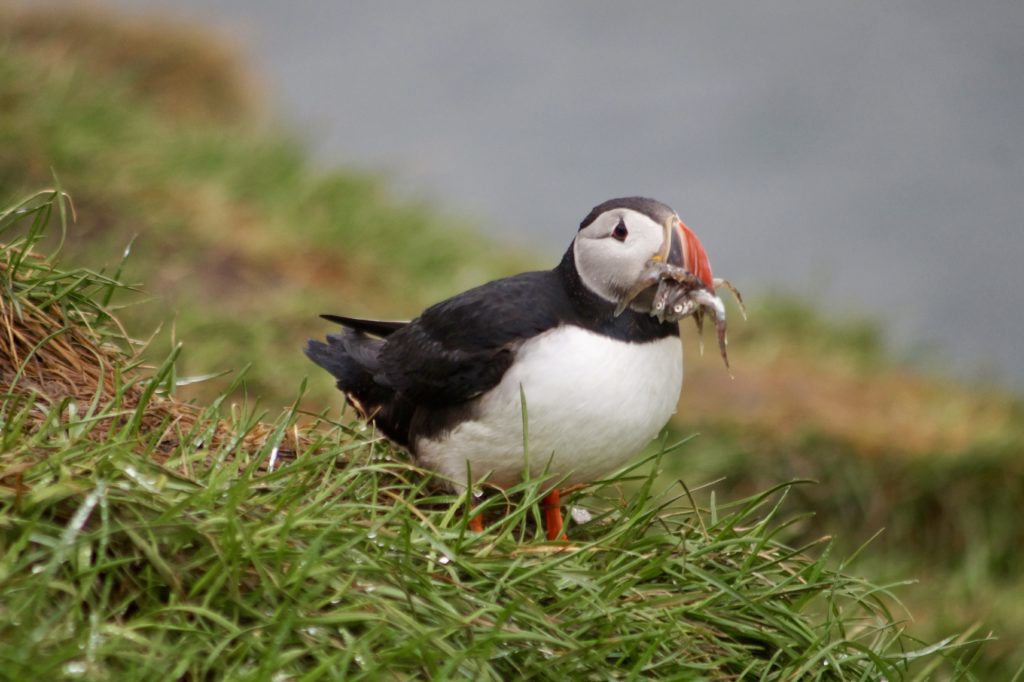
Route 1 circumnavigates the whole of Iceland, it is possible to see a lot by just sticking on that road but where is the excitement in that? F-roads, only passable in the summer, sounded like much more fun. So we set off into the Highlands where fresh volcanoes pop up on a regular basis; glaciers sparkle in the distance; and the overused phrase "land of fire and ice" seems very apt.
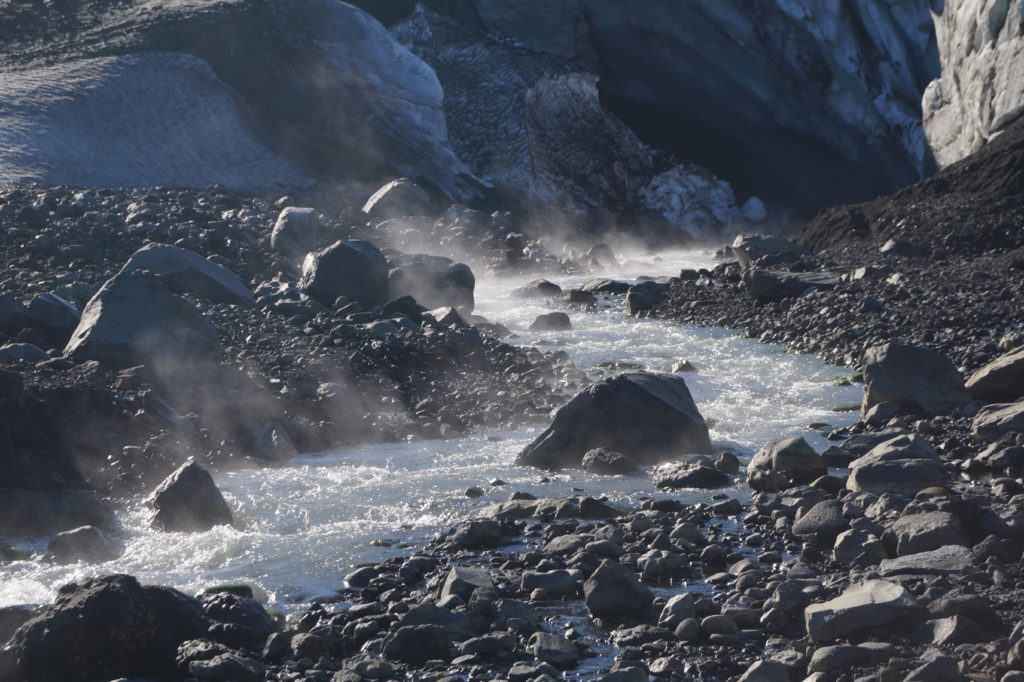
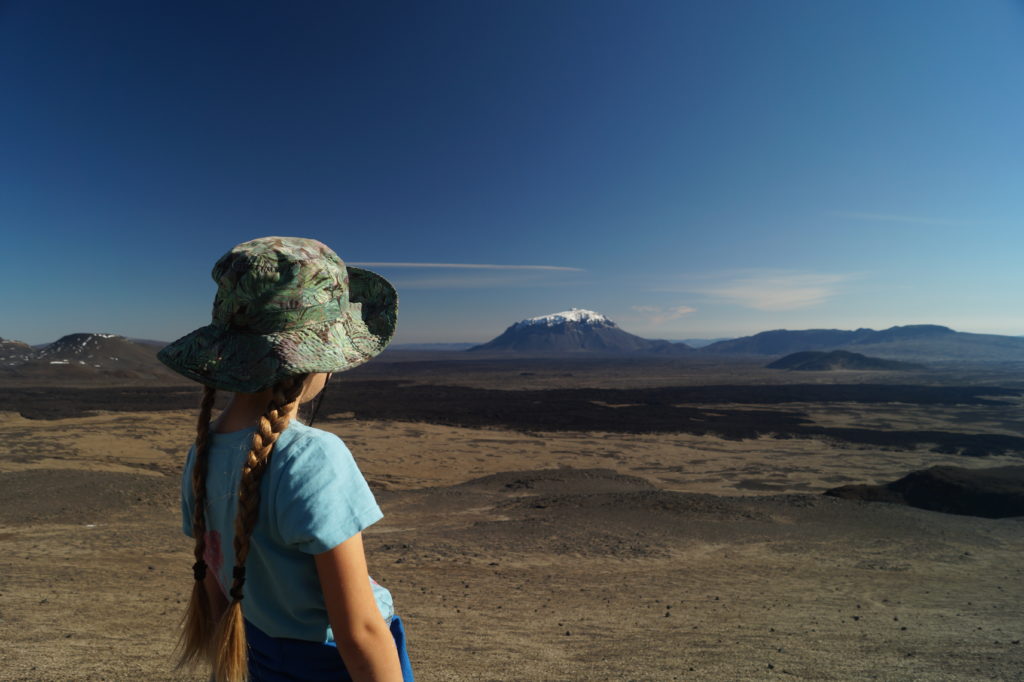
Waking up to blindingly bright sunshine peeping in through the blinds, it looked like it was going to be a perfect day to hike the back route into Askja caldera. Alisha stormed ahead, relishing in the solitude and how quickly her legs, now far longer than when she was last in the mountains, could carry her upwards. Loving reading she used it as a chance to catch up on the next plot twist, we'd find her at the top of ridges and forks in the path waiting for us to catch up nose buried in her book. Way behind, we realised how much we owed Alisha in the 4 years we travelled. She had constantly entertained her sister with stories on long hikes but now as a teenager she felt she had mostly grown out of it - Steve and I were poor substitutes. Looking around us as we slowly made our way along the high ridge towards the side of the volcano, all we could see was larva fields stretching in every direction. We felt on the top of the world but just over the lip was something even more beautiful. At the bottom of the caldera was a smooth lake, perfectly reflecting the snow covered sides. The view was breath-taking, it was so perfect it looked almost unreal. However once we stopped marvelling at the vista we realised we had a more practical issue, how to get down the slippery scree slope covered in snow. We slipped cautiously down the first few metres, inching our way down, it was nerve wracking as we fell all over the place. Trying a new tactic I tried striding purposely along the steep snowy shale, far more successful and safer. The rest of the family soon joined in, racing gigantic jumps zigzagging down the slope, whooping with joy- it was exhilarating. Closer up the lake looked even more magical, without a ripple the clouds and snowy cliffs were perfectly reflected in its mirror-like surface. A second caldera was waiting for us at our planned picnic spot overlooking both, this one filled with milky turquoise waters. I wished we bought our swimming costumes when we learnt that the waters were warm, what a lovely way it would have been to break a 18km hike.
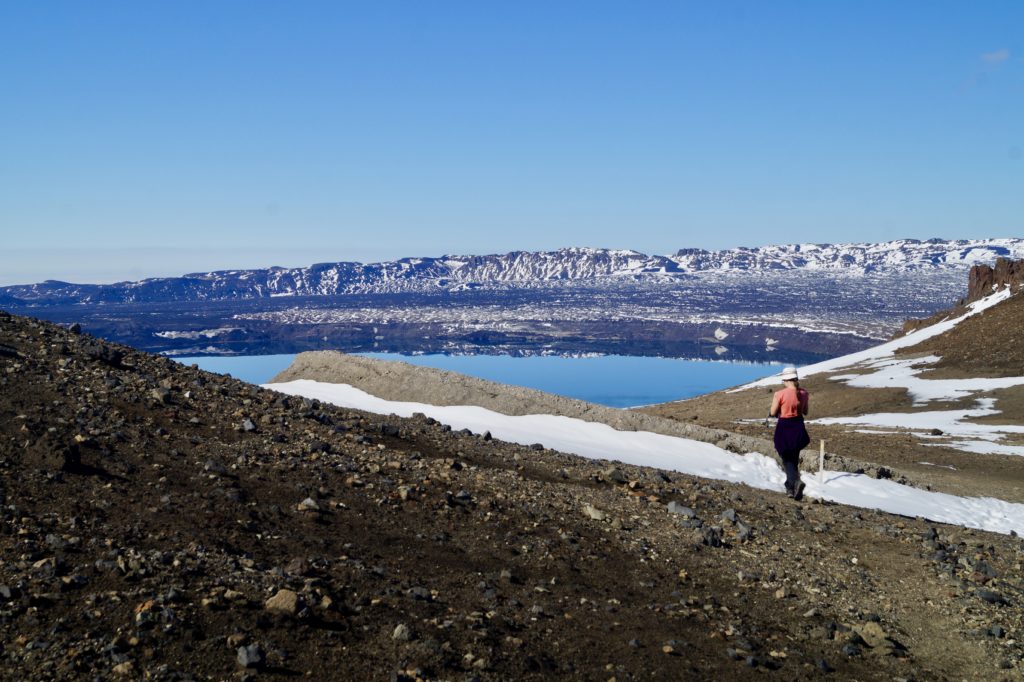
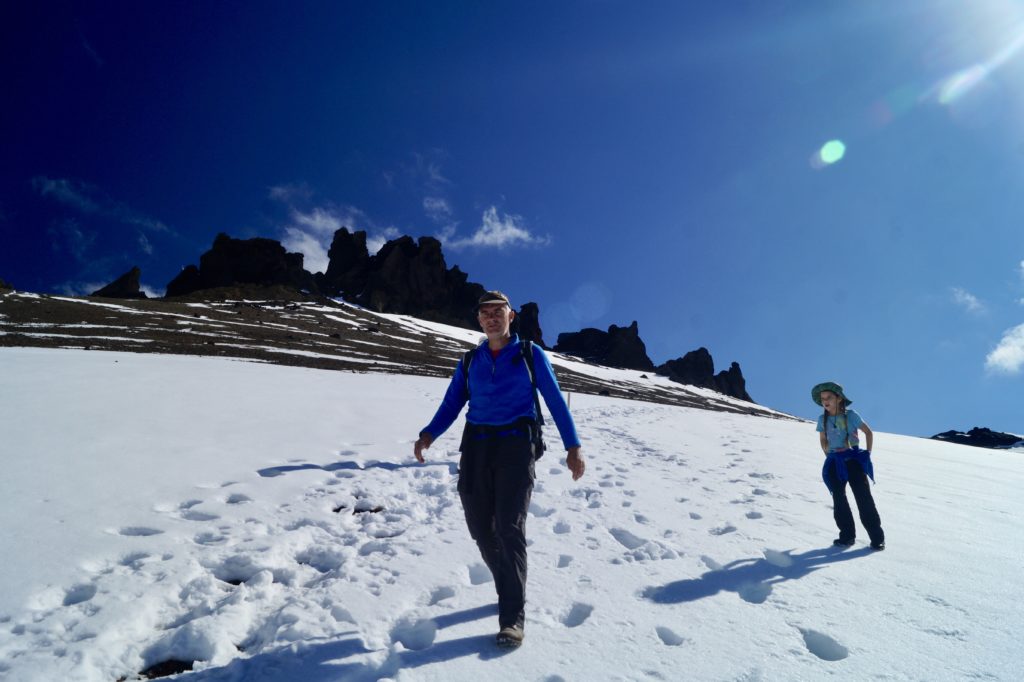
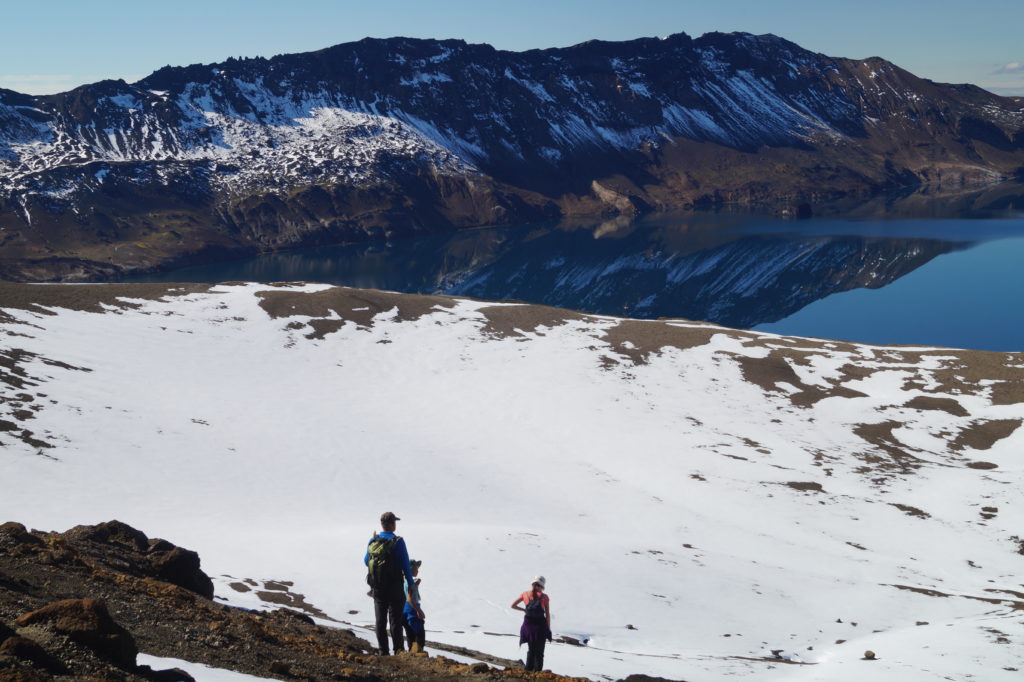
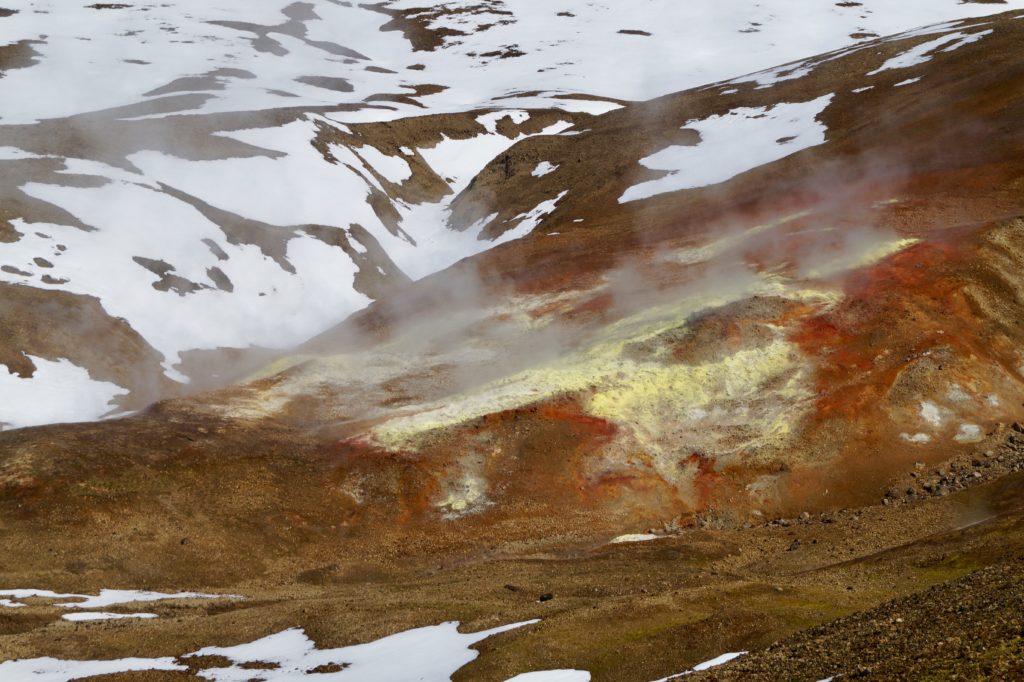
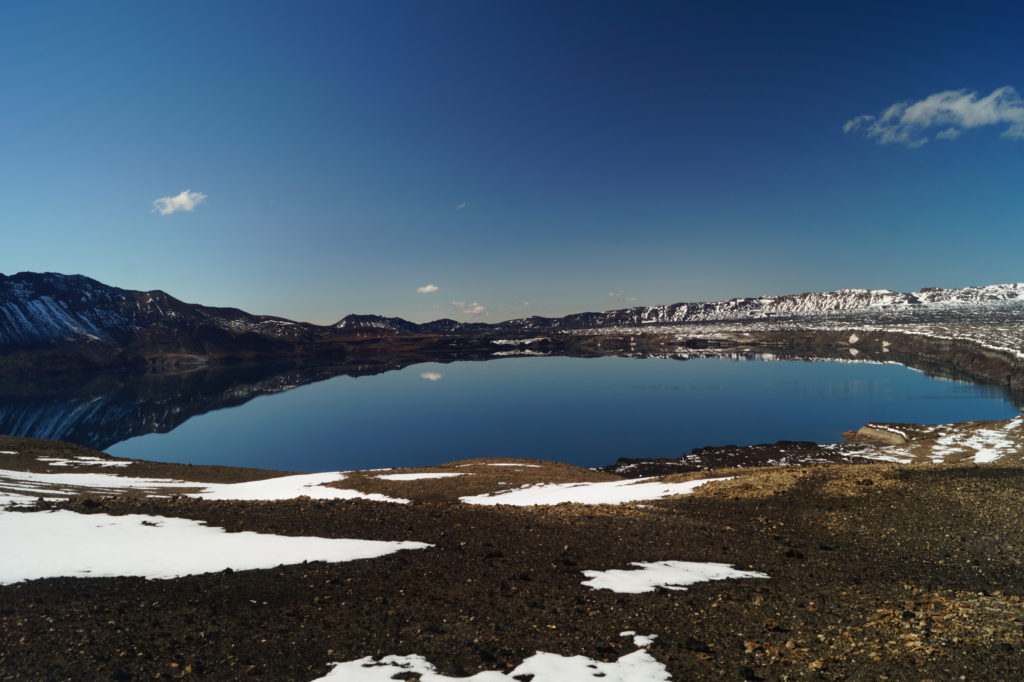
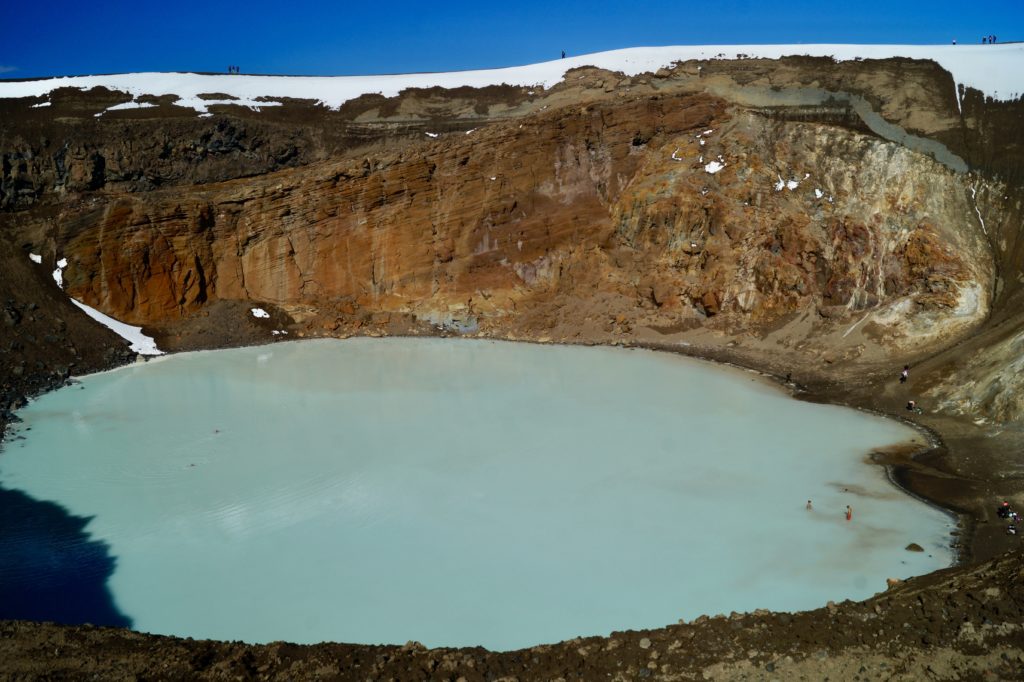
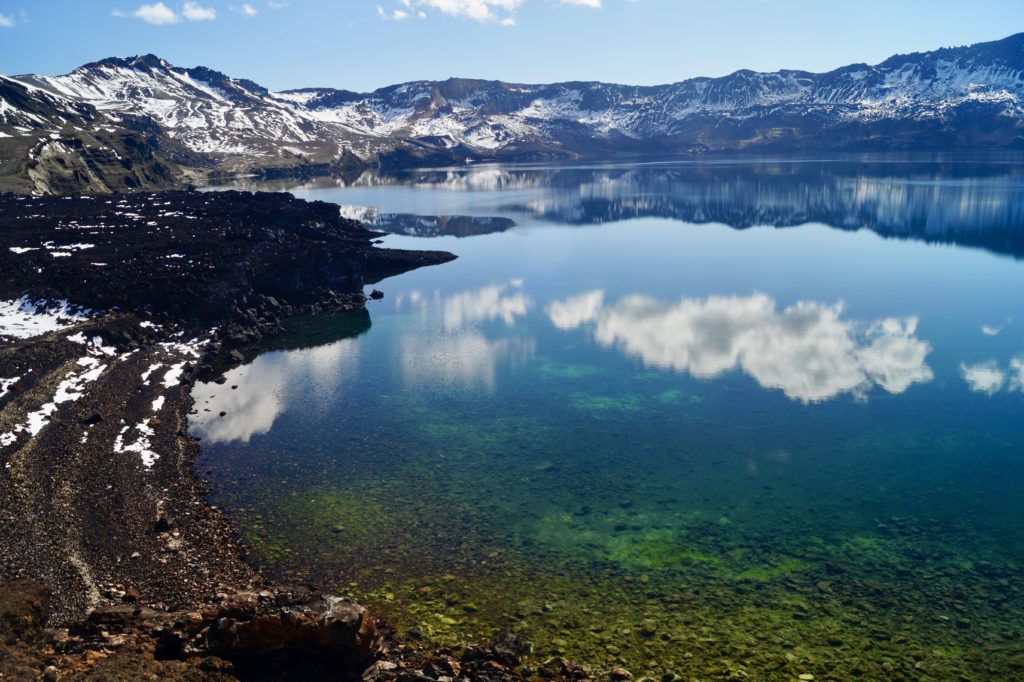
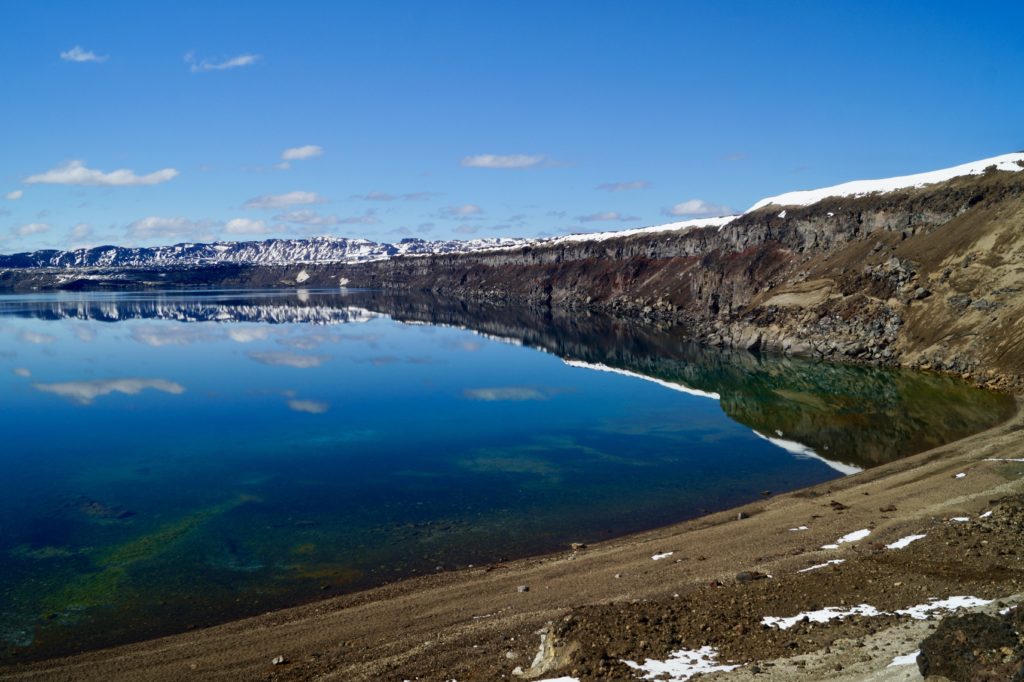
Being on the join of twin tectonic plates, the Earth's crust beneath Iceland is a third of its usual thickness. As well as volcanoes there is a whole host of geothermal wonders - steaming vents; belching mud pools; piping fumaroles; bright mineral deposits; and the waft of sulphur is often in the air. Near Lake Myvatn there were so many natural wonders, you had to look out where you were stepping. This geothermal energy is harnessed in one of the nearby valleys. Pipes bringing the super heated water down to the power station, are capped by futuristic looking aluminium pods. It looked like we had driven into one of those sci-fi shows from the 80's set in a multi-hued steaming luna landscape. Even more bizarre was a free standing shower standing in a small lay-by down the hill, just a pipe with a shower head nothing else. It provided free hot water from the powers station. Sadly I've no picture as someone was having a good scrub down under it.
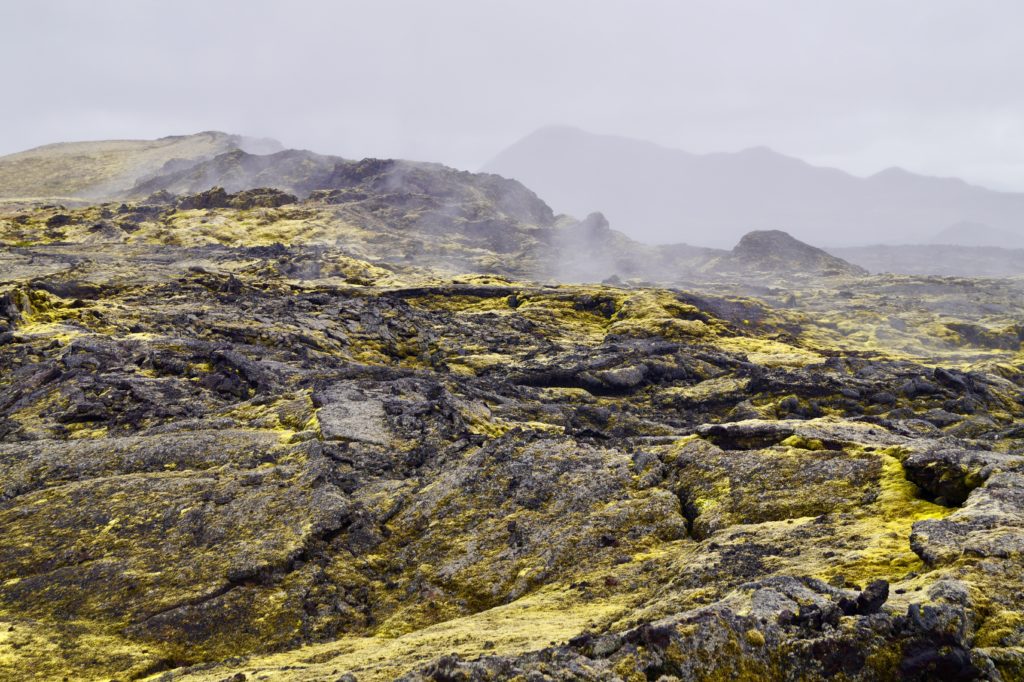
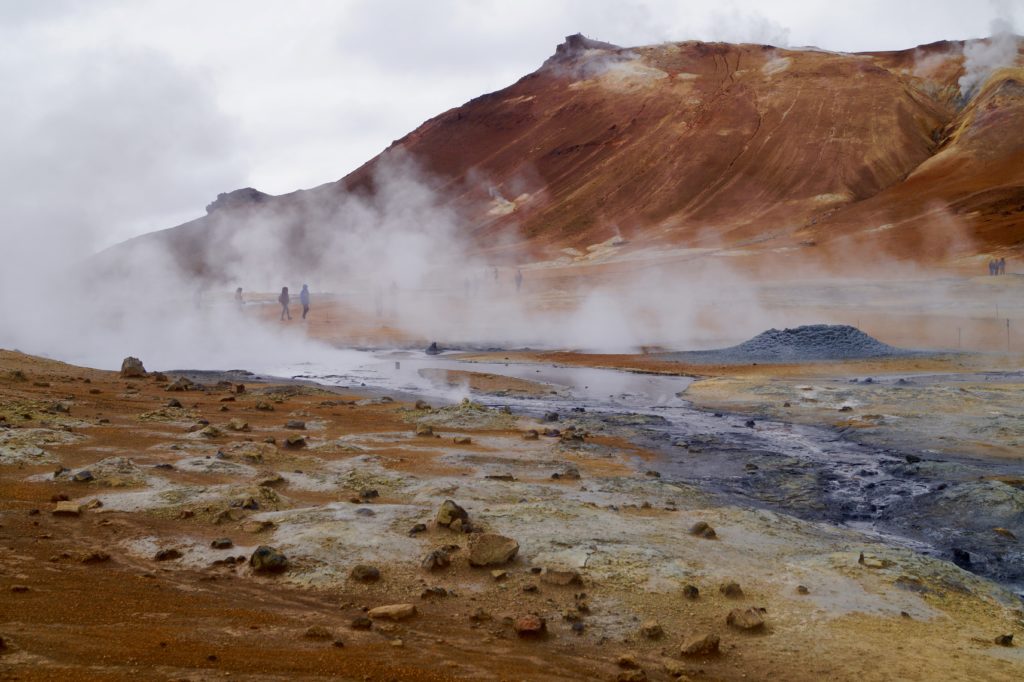
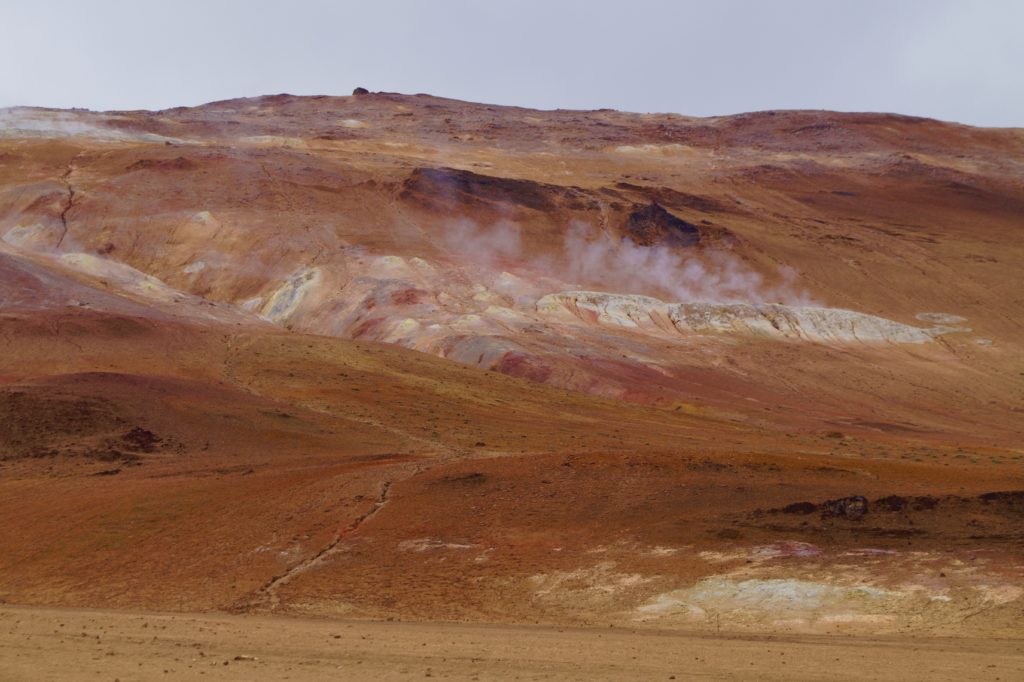
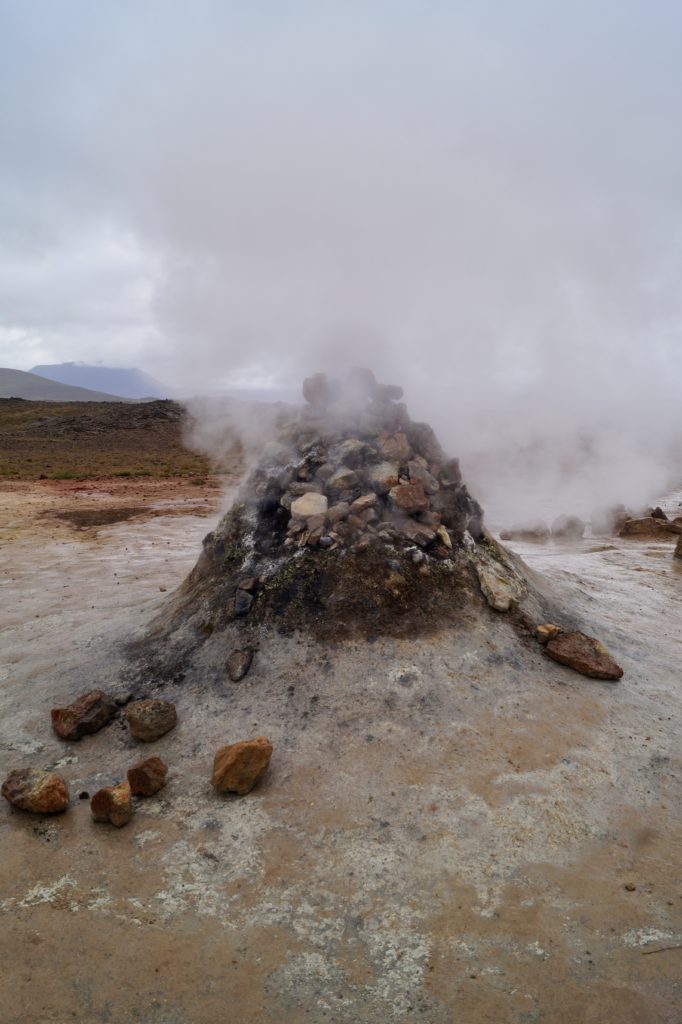
The tiny town of Hofsós, on the intriguinly named Tröllaskagi Peninsula (yes, that does mean troll peninsula), has a population of just 190 people (and thankfully no evidence of trolls). Not much seemed to be going on but it did have an outdoor designer-looking geothermal swimming pool in the most perfect location. Overlooking the fjord below, you could keep an eye out for whales whilst you did your laps or just laze in the hot pot and enjoy the light playing on waves below. Hot pots and pools filled with hot geothermal water are popular with locals and tourists alike. We'd already tried the nature baths at Myvarn, wallowing in the deliciously warm waters whilst Lucy stacked tiny pebble cairns with a like a long-haired zen master. We joined the local pensioners for a morning dip at one of the municipal pools in Reykjavik, while they stretched singing Icelandic folk songs, the girls whizzed down the slide. When the downpour and wind dropped the temperature down to just 8°C, everyone made for the steaming hot pots and enjoyed the freezing rain on our faces whilst our bodies parboiled.
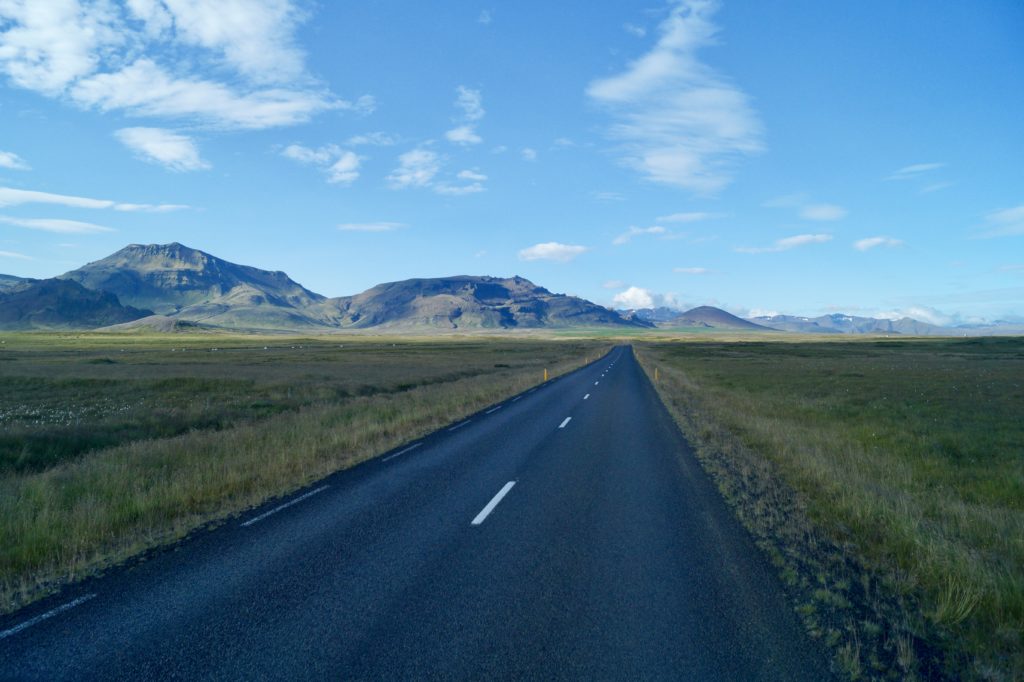
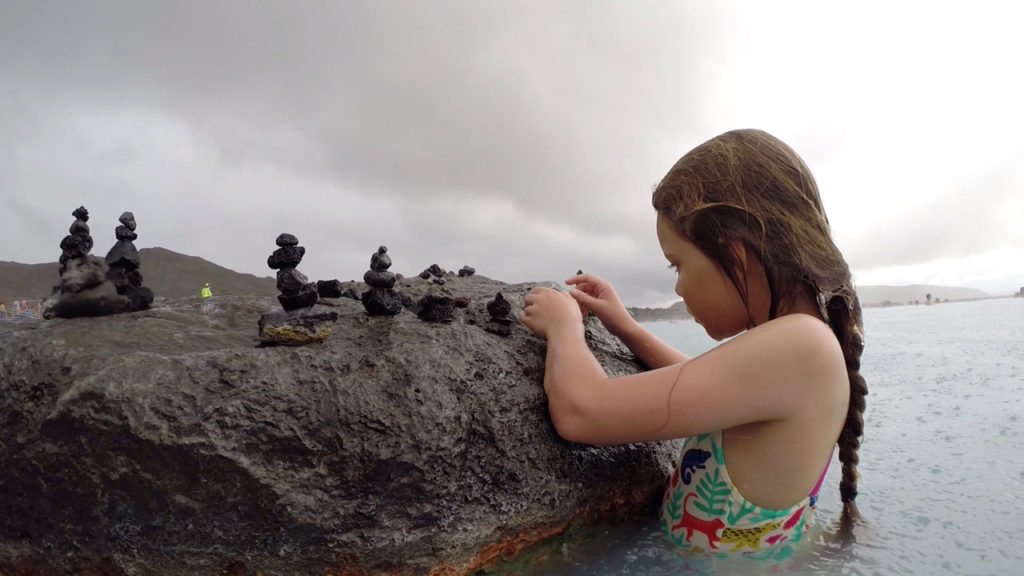
One of the amazing things about Iceland is the sheer amount of natural wonders; geothermal surprises; and just jaw-dropping scenery - particularly in places like the Snæfellsnes Peninsular. We could totally understand why Jules Verne decided it made a good entry point in "Journey to the Centre of the Earth." You can also see why the belief in hidden people like gnomes, elves, fairies and mountain spirits exist. The shapes of the eerie larval formations are so unique they seem to defy any conventional explanation.
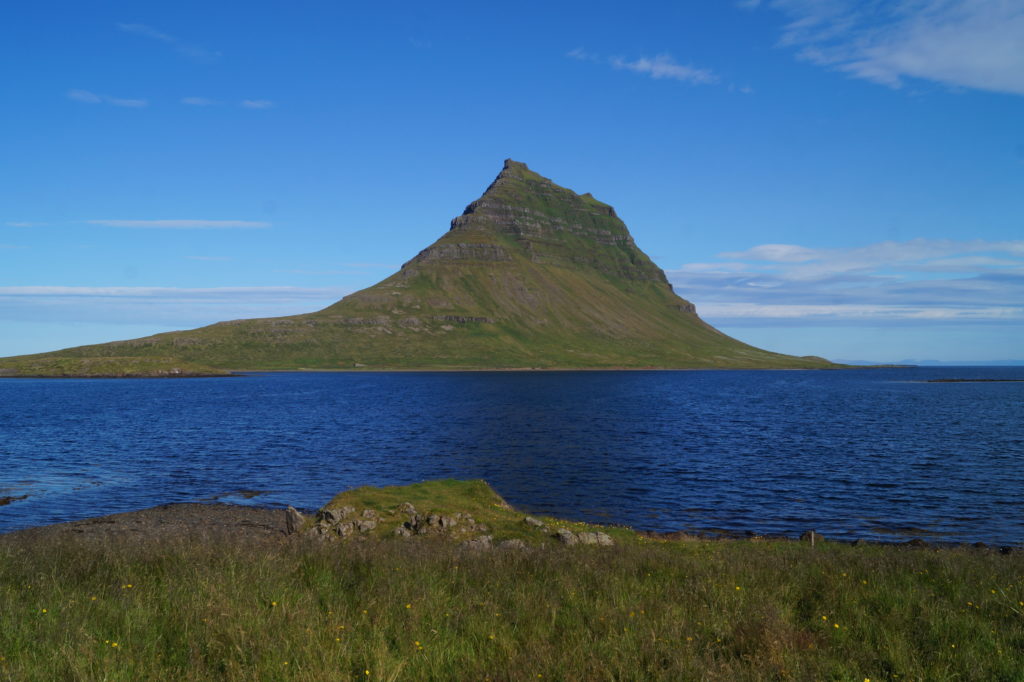
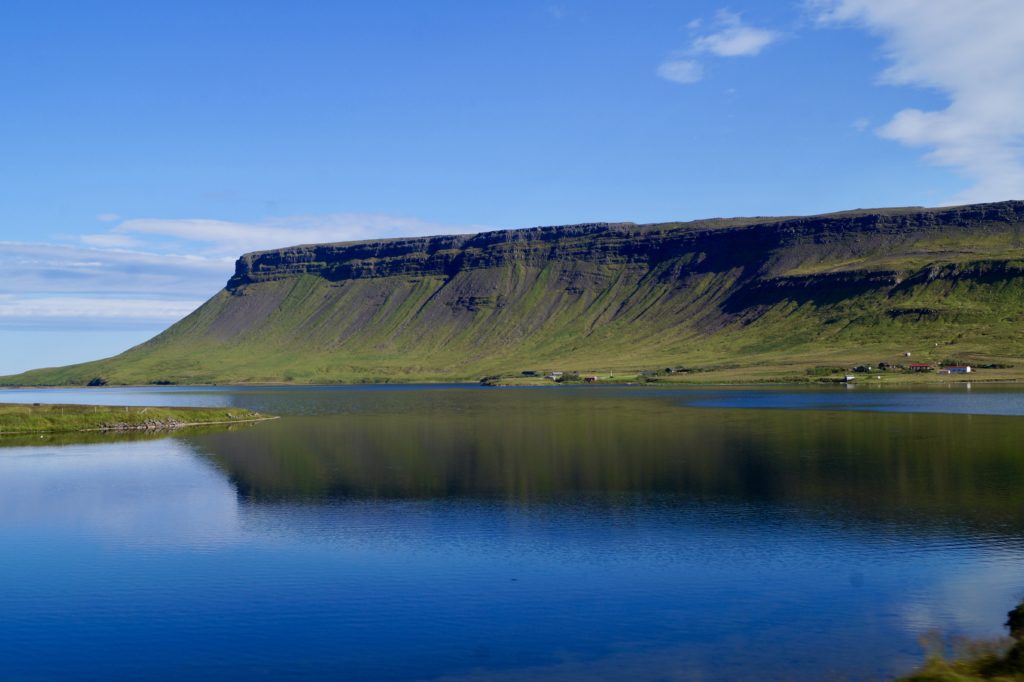
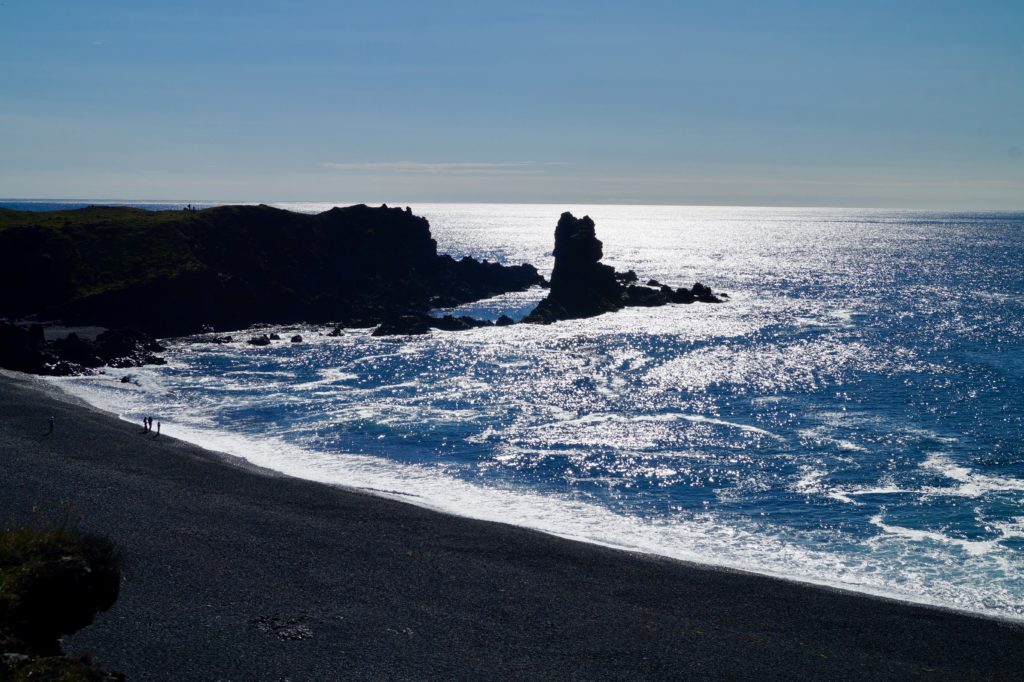
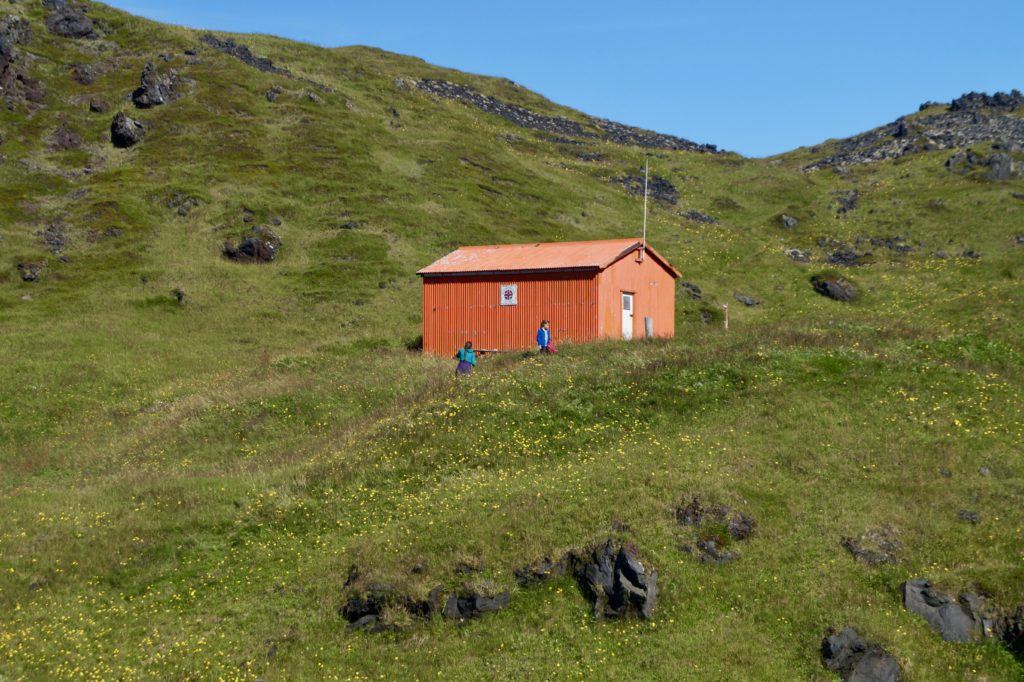
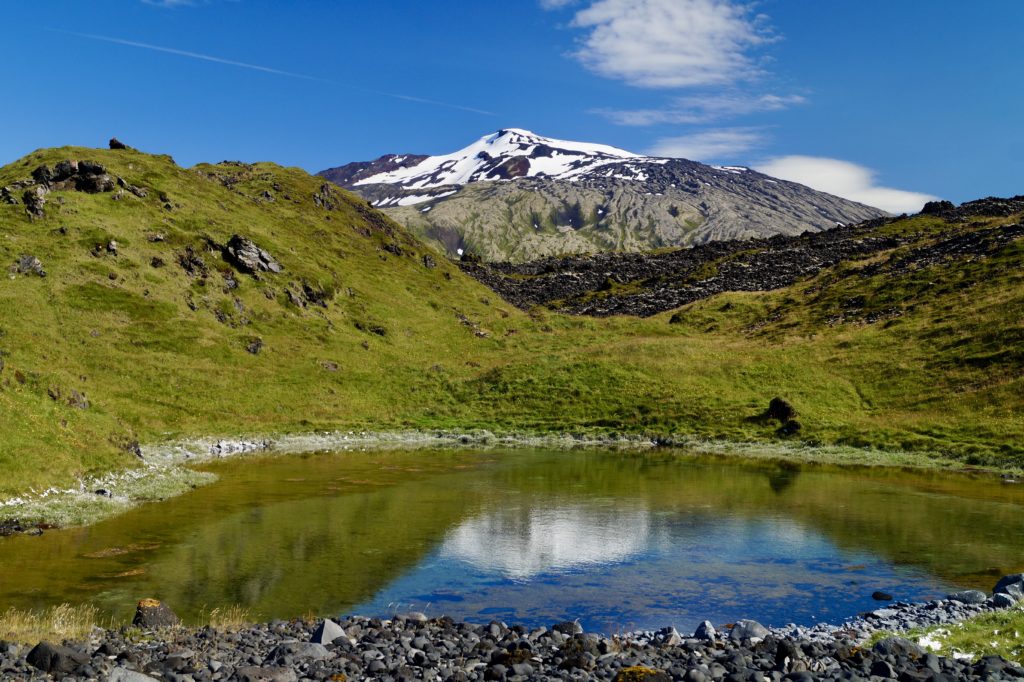
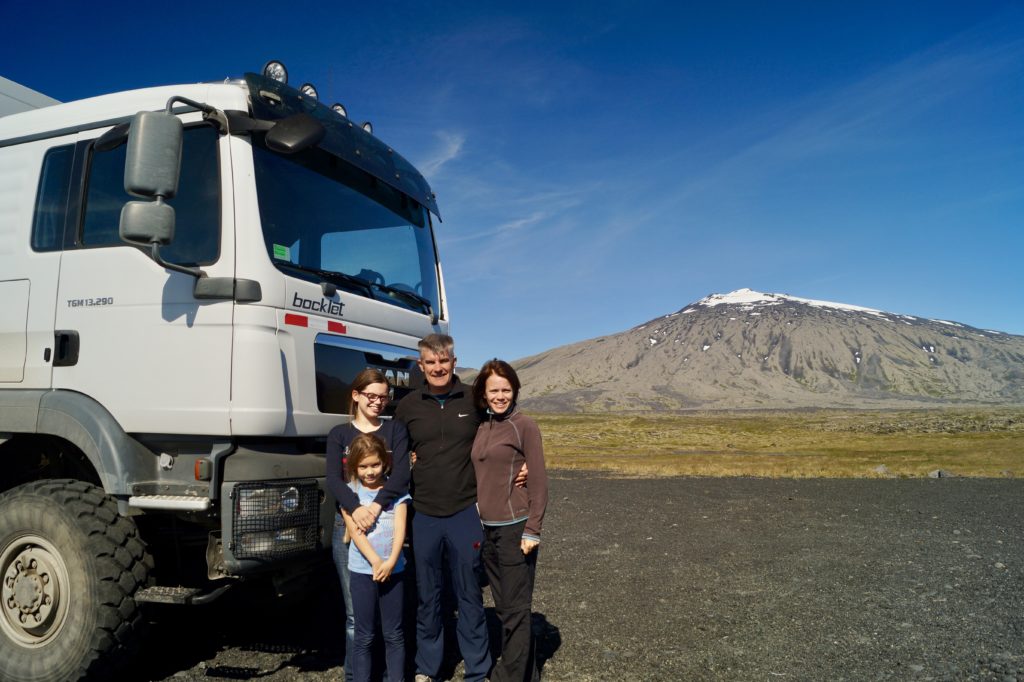
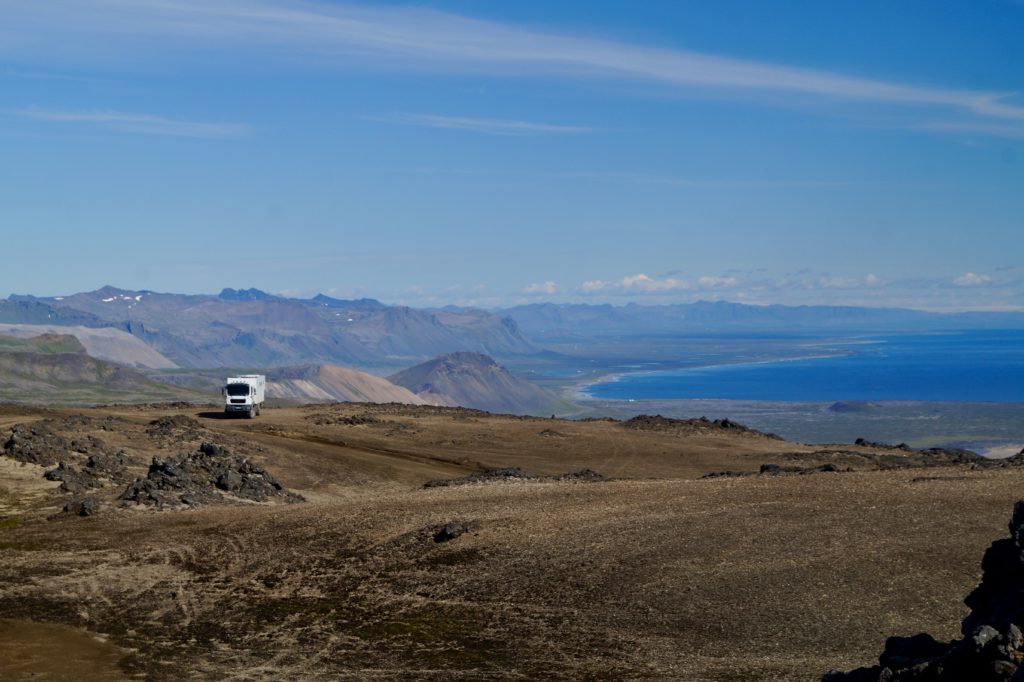
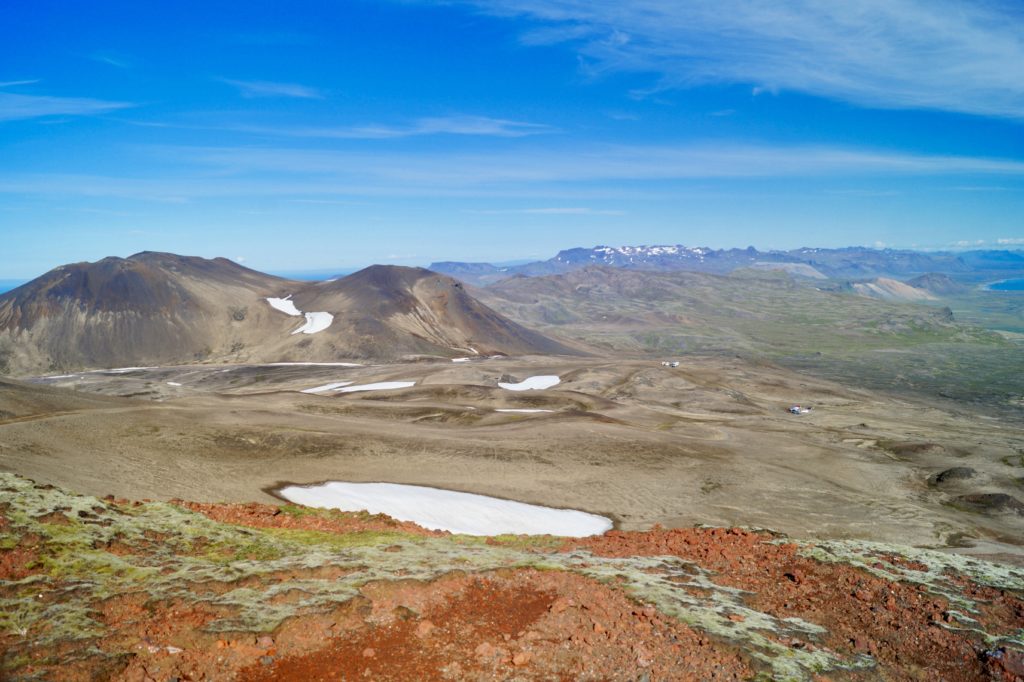
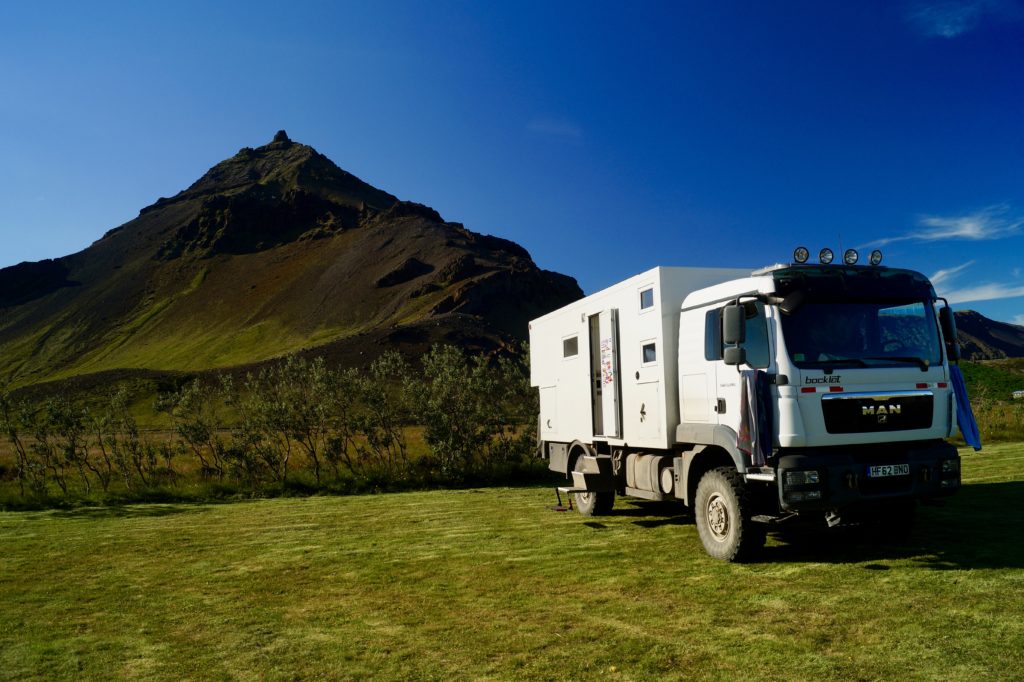
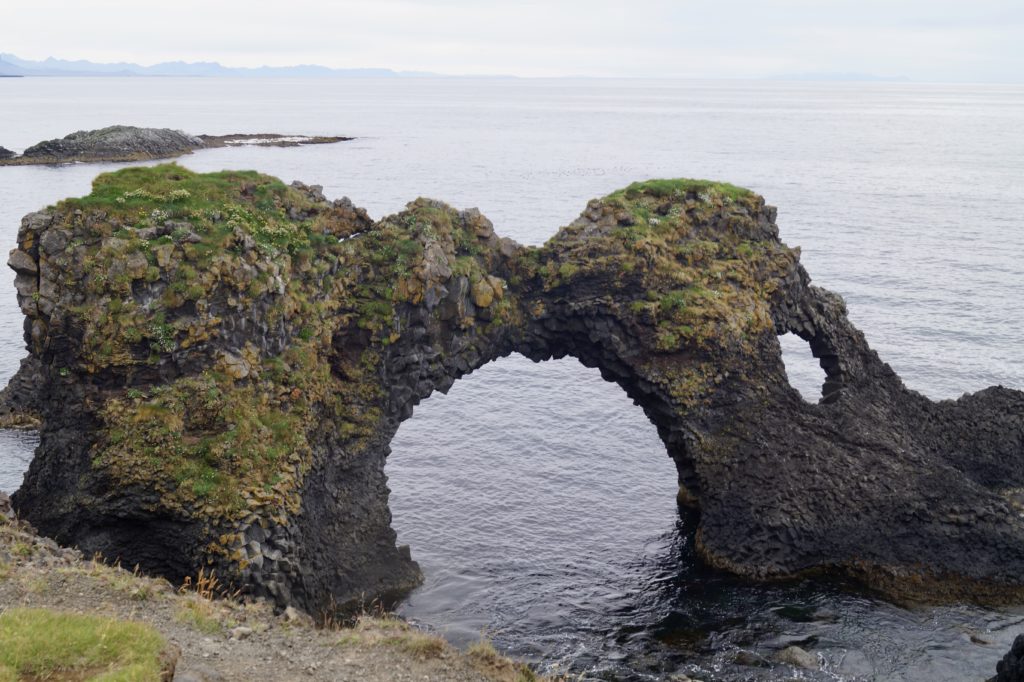
Horrifically whilst most visitors, like us, were enjoying the chance of seeing puffins, whales, and the unique Icelandic horse in the wild others were more intent on eating them. Tasting menus in Reykjavik were offering a whole variety of endangered species. It sounds that although very few Icelandic people eat whale, the demand is now coming from tourists. I am sure the local fish we had, in a different restaurant, tasted far better.
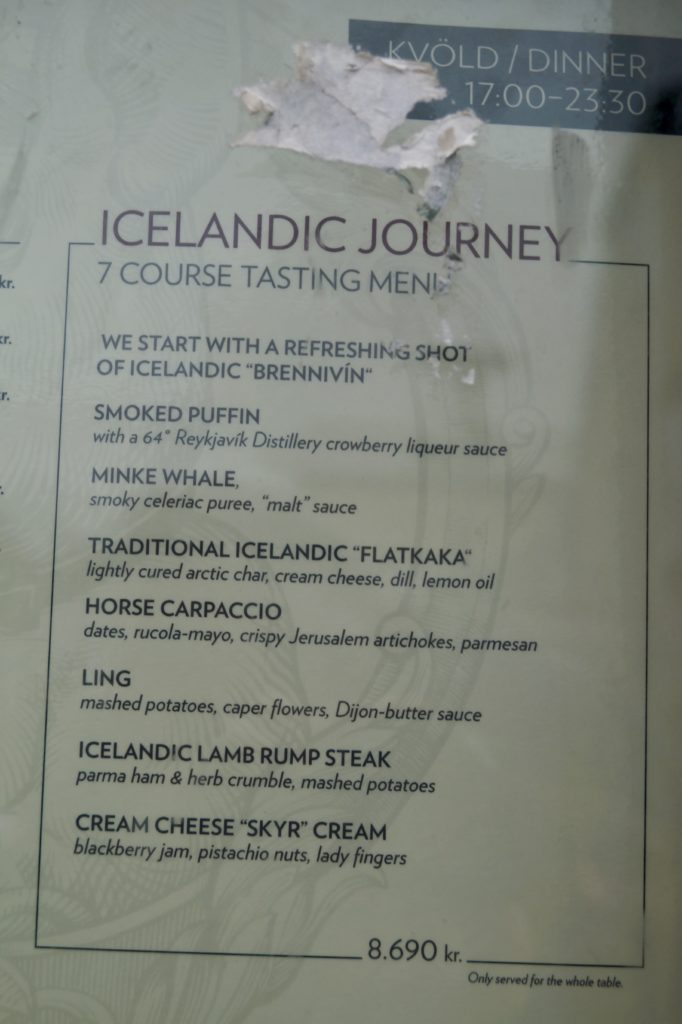
After a couple of days in Reykjavik, it was time to explore the southern part of the island.
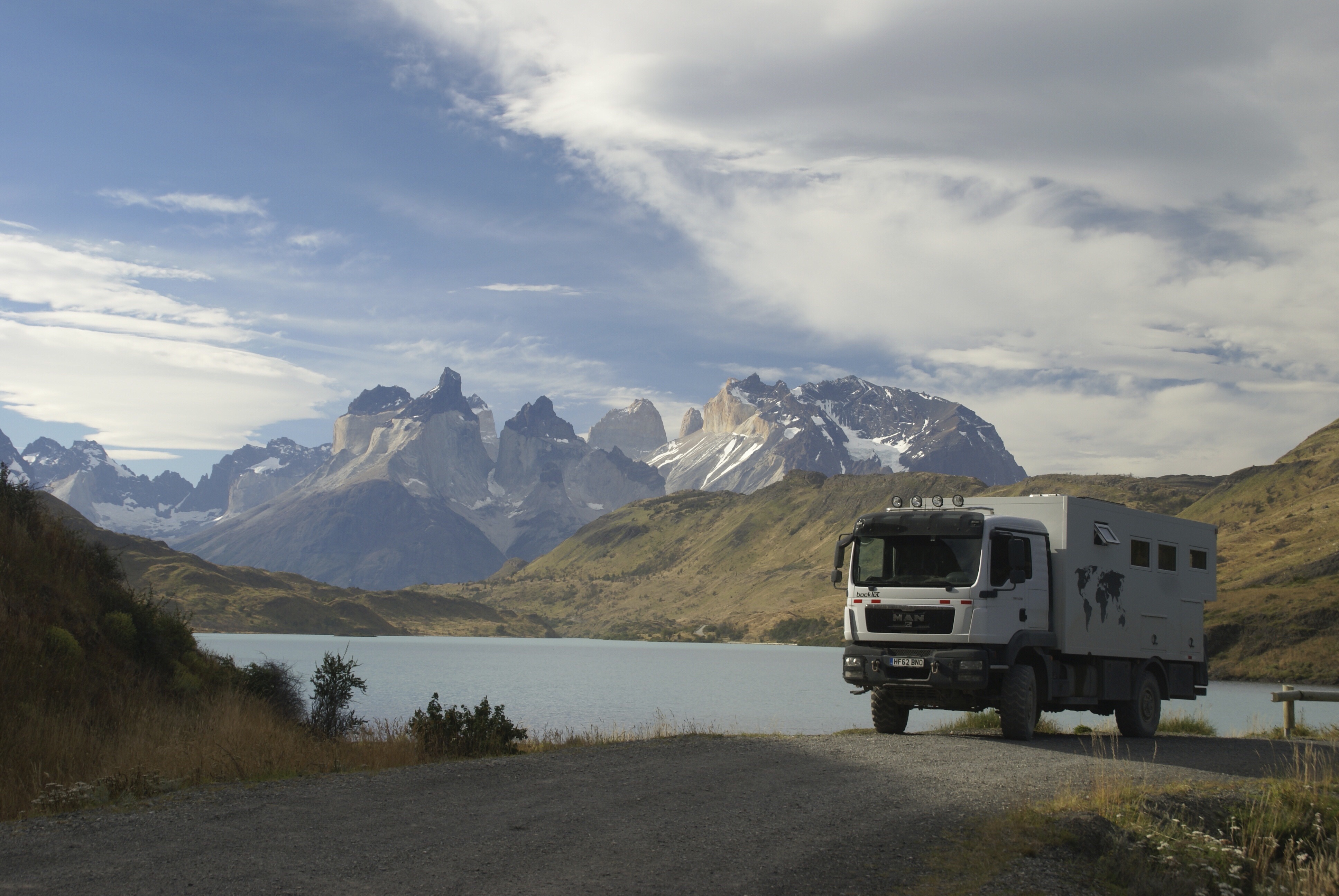 We had realised a while ago that it did not make sense just keeping him for occasional holidays. He is designed to be lived in full time and to undertake long journeys across continents. So ultimately it was a decision of the head not the heart.
We had realised a while ago that it did not make sense just keeping him for occasional holidays. He is designed to be lived in full time and to undertake long journeys across continents. So ultimately it was a decision of the head not the heart.
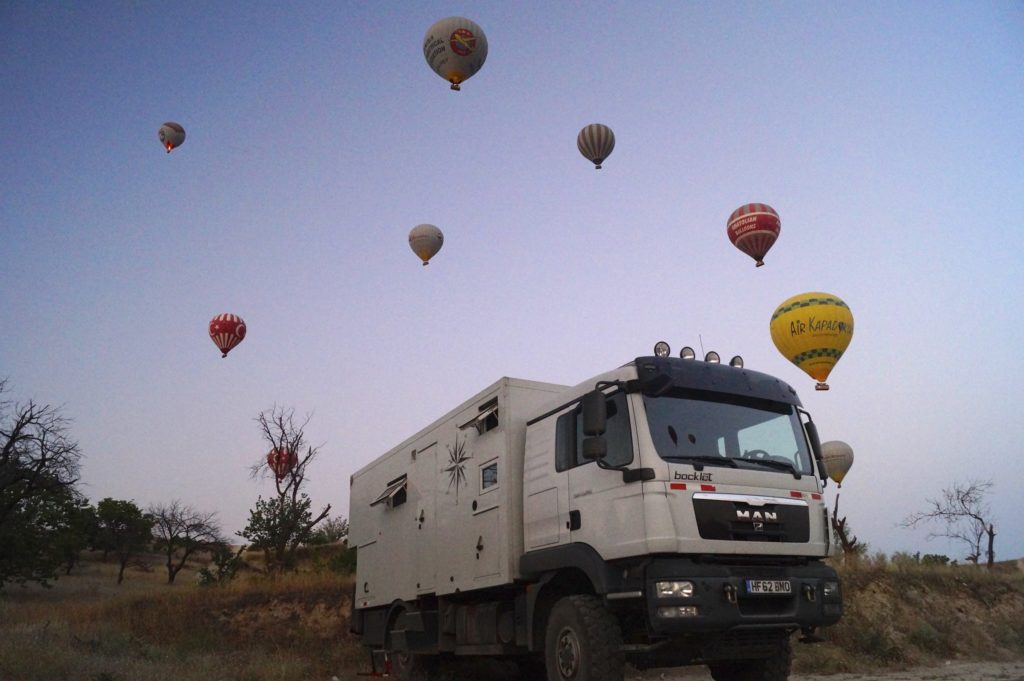 He has been part of our family for nearly six years, or as Lucy would say for more than half her life so it was really sad to part with him. The couple who have bought him have big plans for adventures of their own so we are happy that Truckie will once more be exploring the world. We would like to wish them well on their adventures and hope they enjoy them as much as we enjoyed ours.
He has been part of our family for nearly six years, or as Lucy would say for more than half her life so it was really sad to part with him. The couple who have bought him have big plans for adventures of their own so we are happy that Truckie will once more be exploring the world. We would like to wish them well on their adventures and hope they enjoy them as much as we enjoyed ours.
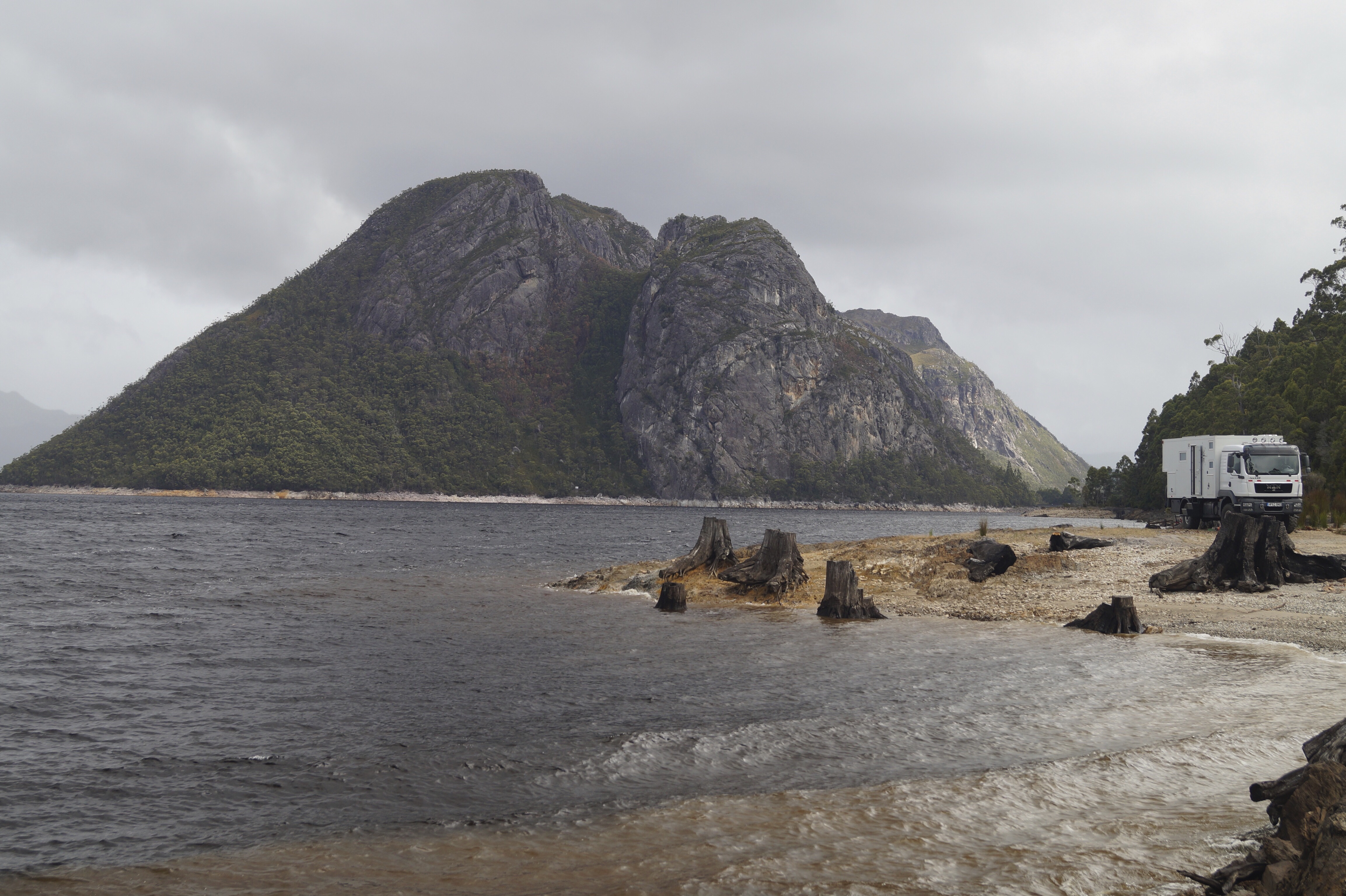 We spent a long time choosing what we felt was the right vehicle for our journey around the world and having completed it can say with absolute confidence that Truckie was the right vehicle for us. He took us over mountains, across deserts, along beaches, through hot weather and through the freezing cold too, whether it was on tar roads, gravel or dreadful muddy tracks he hardly missed a beat. Bocklet, the company that built him, did a fantastic job and after over 4 years living in Truckie there is very little that we would change. In fact, if we were all setting out again Truckie is exactly the vehicle we would want.
We spent a long time choosing what we felt was the right vehicle for our journey around the world and having completed it can say with absolute confidence that Truckie was the right vehicle for us. He took us over mountains, across deserts, along beaches, through hot weather and through the freezing cold too, whether it was on tar roads, gravel or dreadful muddy tracks he hardly missed a beat. Bocklet, the company that built him, did a fantastic job and after over 4 years living in Truckie there is very little that we would change. In fact, if we were all setting out again Truckie is exactly the vehicle we would want.
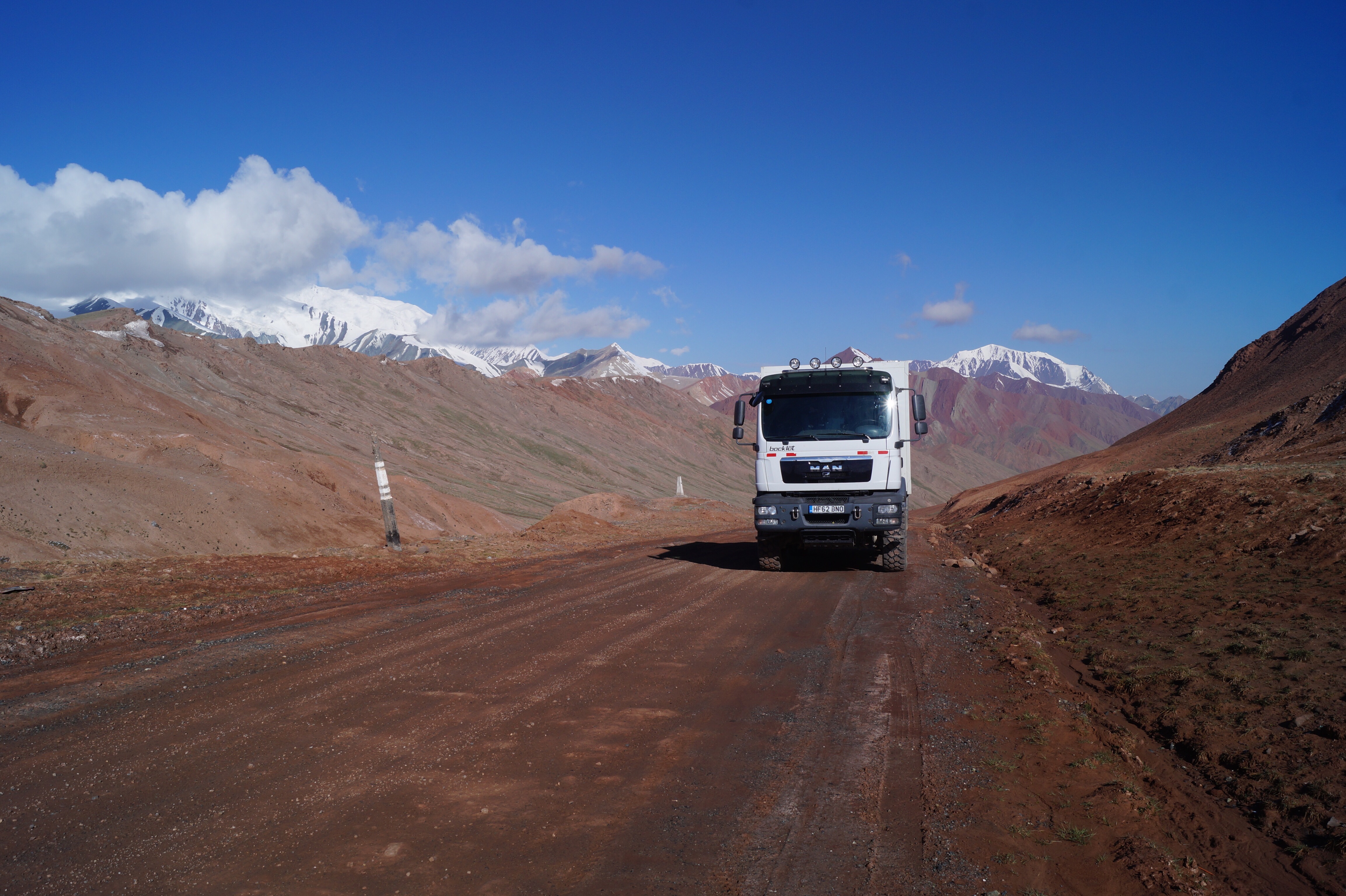 As I parked Truckie up for the last time (after having driven him for nearly 200,000 kms) and handed the keys over to the new owner it was hard to imagine I wouldn’t be driving him again or spending another night parked up in some beautiful spot. It really brought it home that our trip was over more than any of the other things we have done since we returned to the UK. I am sure there will be more adventures but the trip with Truckie is completed.
As I parked Truckie up for the last time (after having driven him for nearly 200,000 kms) and handed the keys over to the new owner it was hard to imagine I wouldn’t be driving him again or spending another night parked up in some beautiful spot. It really brought it home that our trip was over more than any of the other things we have done since we returned to the UK. I am sure there will be more adventures but the trip with Truckie is completed.
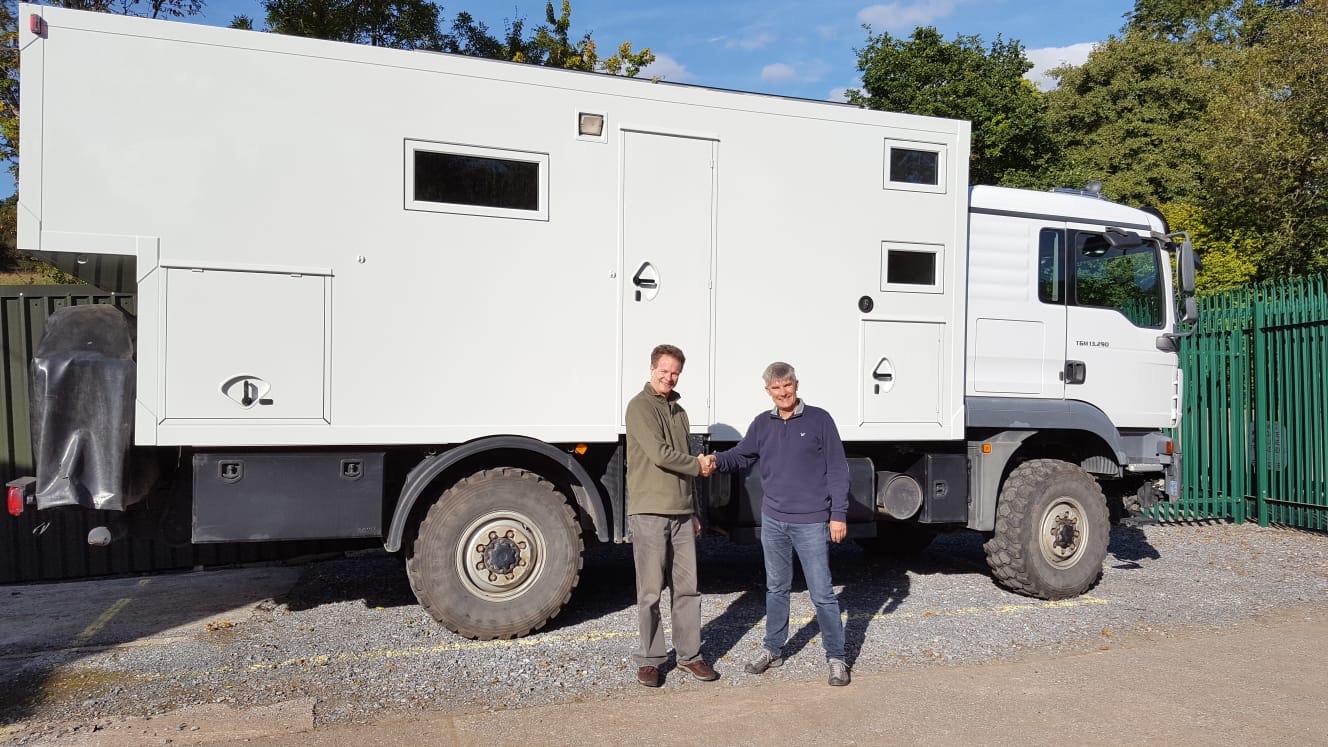 With that it also seems an opportune time to close the blog. When we started this blog we asked ourselves why we were writing it. After a while we realised we were writing it for ourselves, the family as a memory of the fantastic trip we undertook. We were delighted that our wider family and friends read it and that over time it reached a wider audience. The comments and feedback we have received have been fantastic and we have really appreciated the encouragement and support.
With that it also seems an opportune time to close the blog. When we started this blog we asked ourselves why we were writing it. After a while we realised we were writing it for ourselves, the family as a memory of the fantastic trip we undertook. We were delighted that our wider family and friends read it and that over time it reached a wider audience. The comments and feedback we have received have been fantastic and we have really appreciated the encouragement and support.
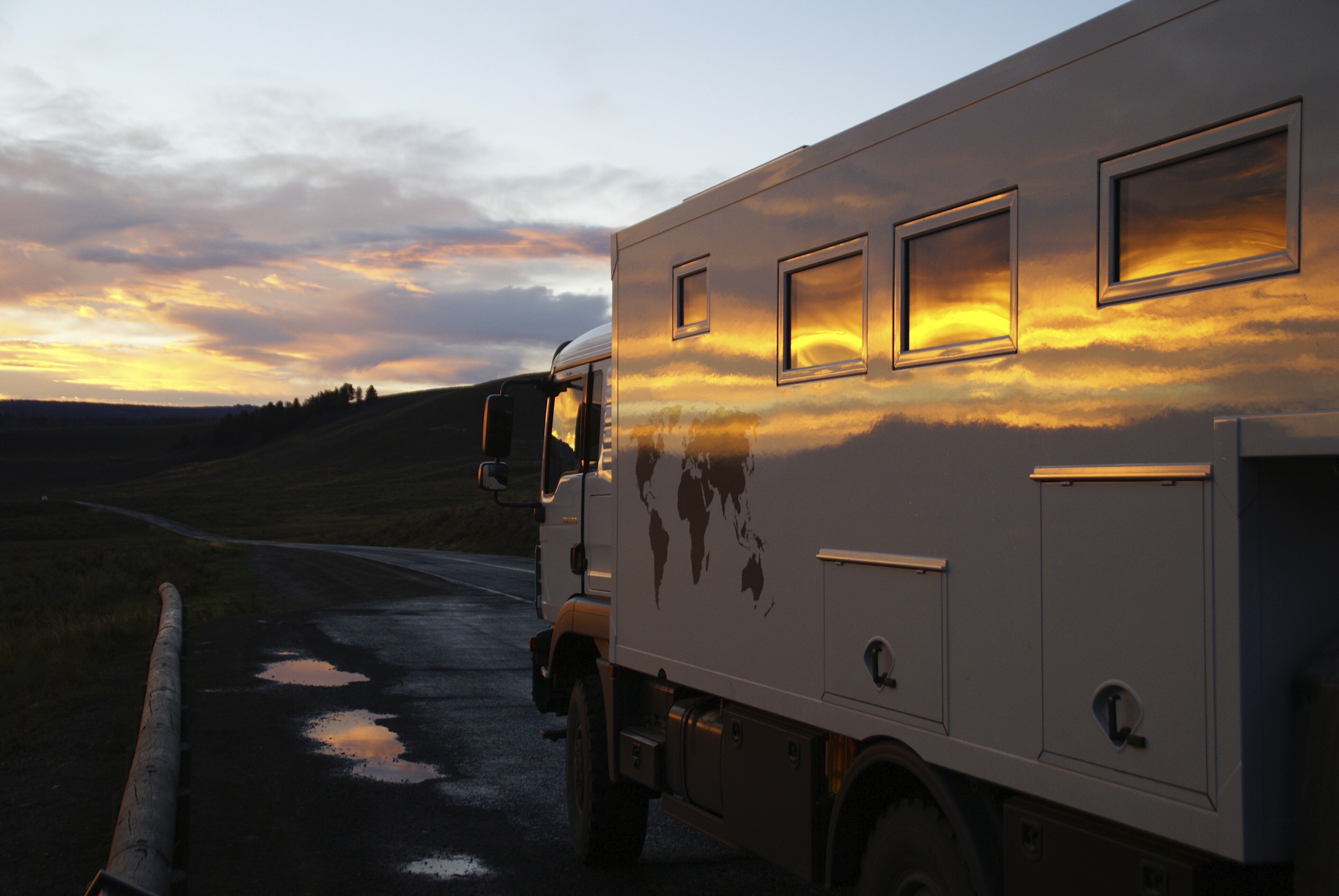 Last weekend we spent our last nights in Truckie at the Overland Show. It was great to meet so many fellow overlanders as well as people who have followed our travels and are now planning trips of their own. It was hard though knowing we were selling Truckie as just talking about other people plans made us long for our own adventures. There will be more we are sure.
Last weekend we spent our last nights in Truckie at the Overland Show. It was great to meet so many fellow overlanders as well as people who have followed our travels and are now planning trips of their own. It was hard though knowing we were selling Truckie as just talking about other people plans made us long for our own adventures. There will be more we are sure.
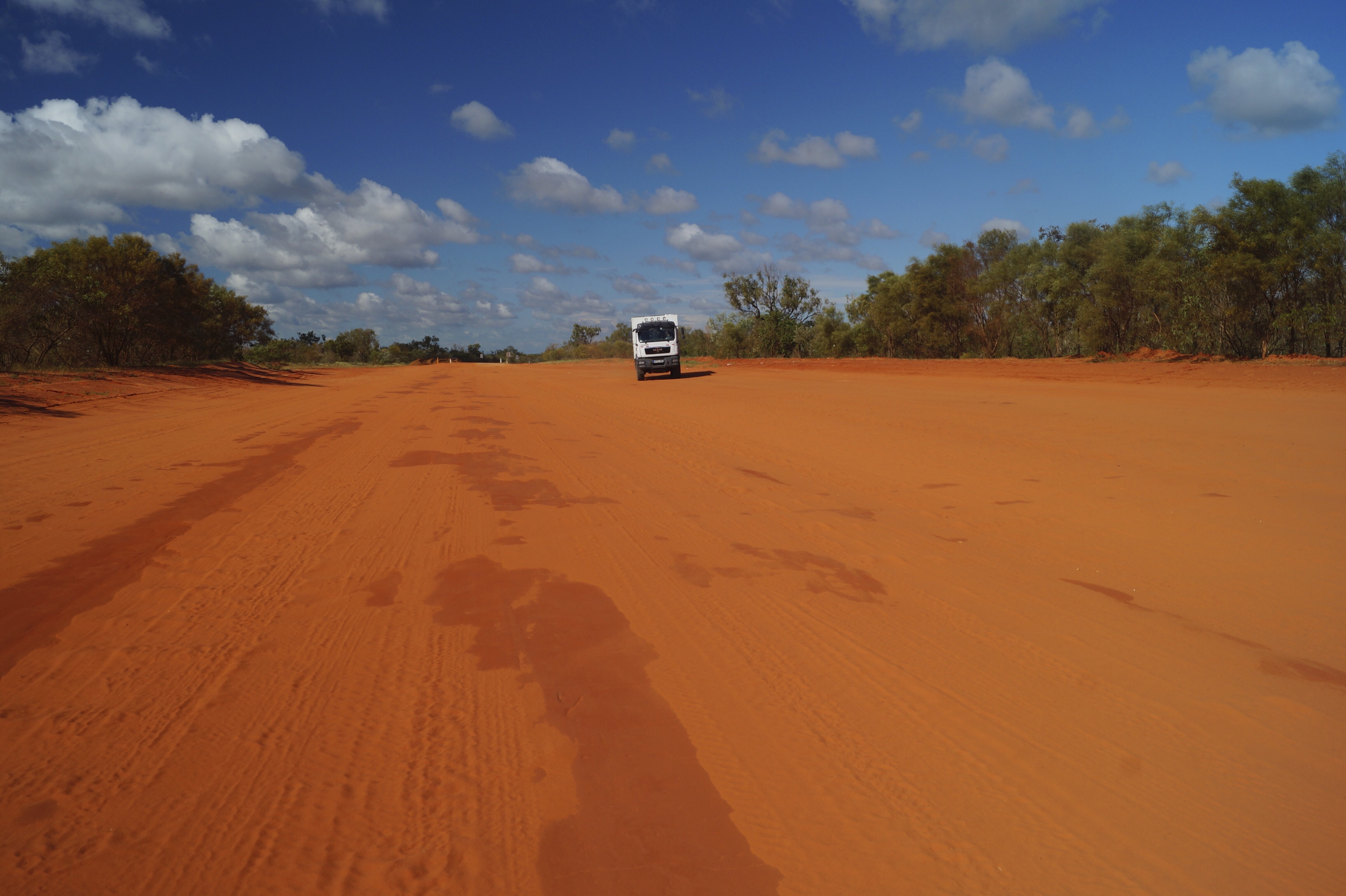 So as we sign off we would all like to say a big thank you to everyone for all their support and to anyone planning a trip we would like to wish them well on their own adventures. If you are thinking of doing something similar, the hardest decision you will ever have to make is the decision to commit to doing it. All we can say is “Do it”. You will never regret it.
Steve, Gilly, Alisha, Lucy and Truckie
So as we sign off we would all like to say a big thank you to everyone for all their support and to anyone planning a trip we would like to wish them well on their own adventures. If you are thinking of doing something similar, the hardest decision you will ever have to make is the decision to commit to doing it. All we can say is “Do it”. You will never regret it.
Steve, Gilly, Alisha, Lucy and Truckie
